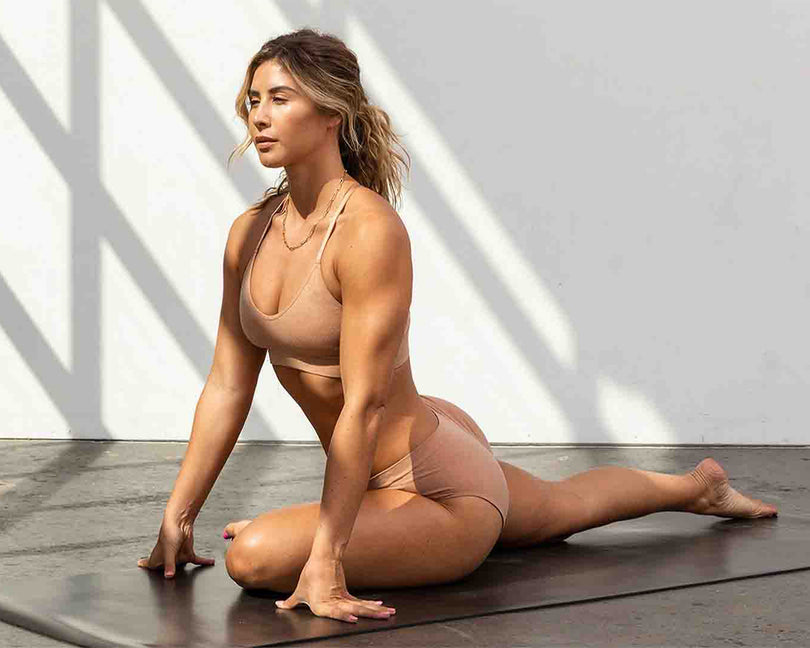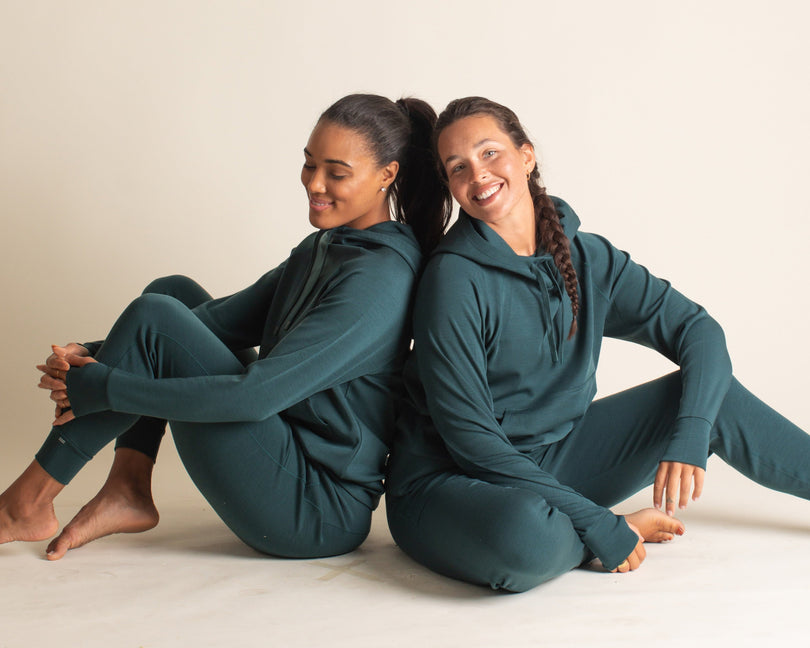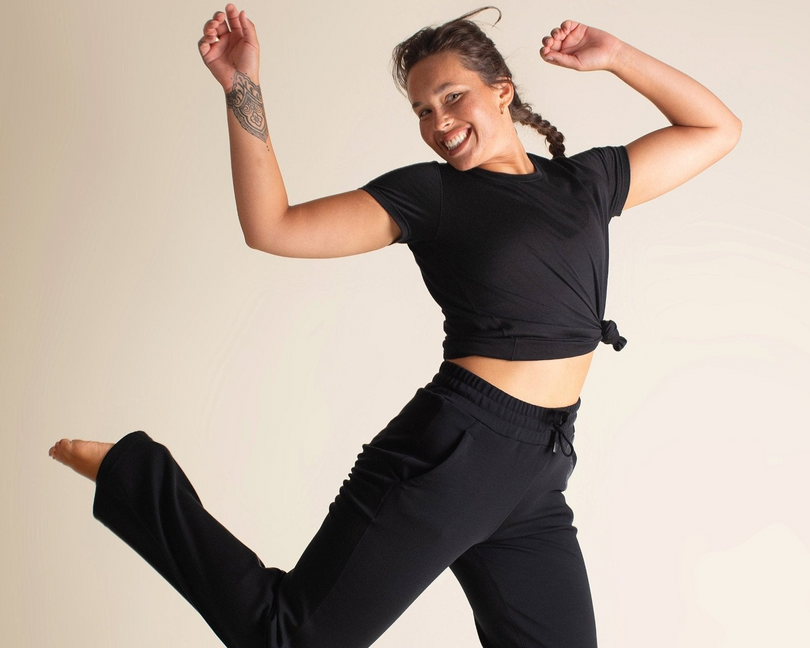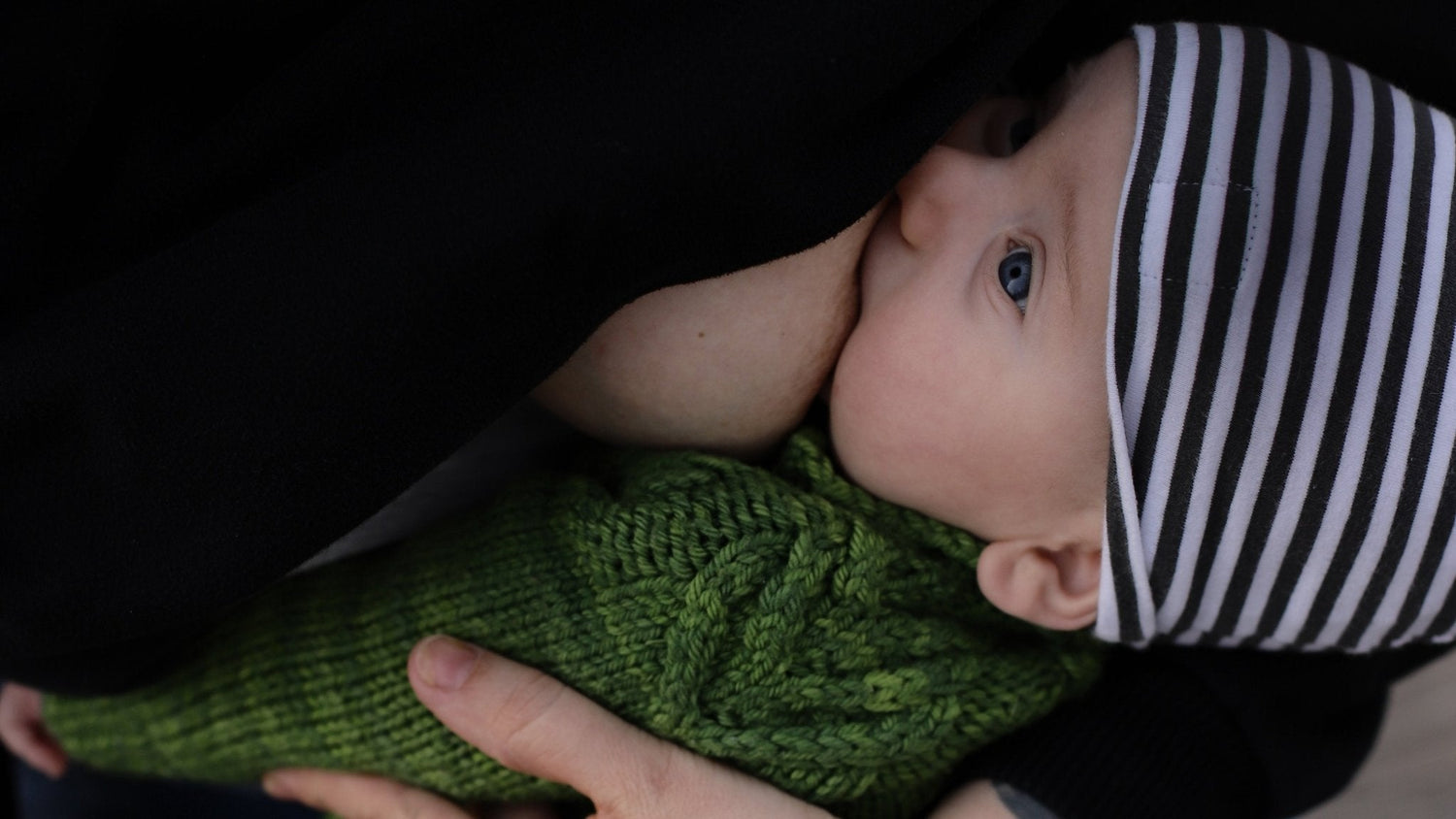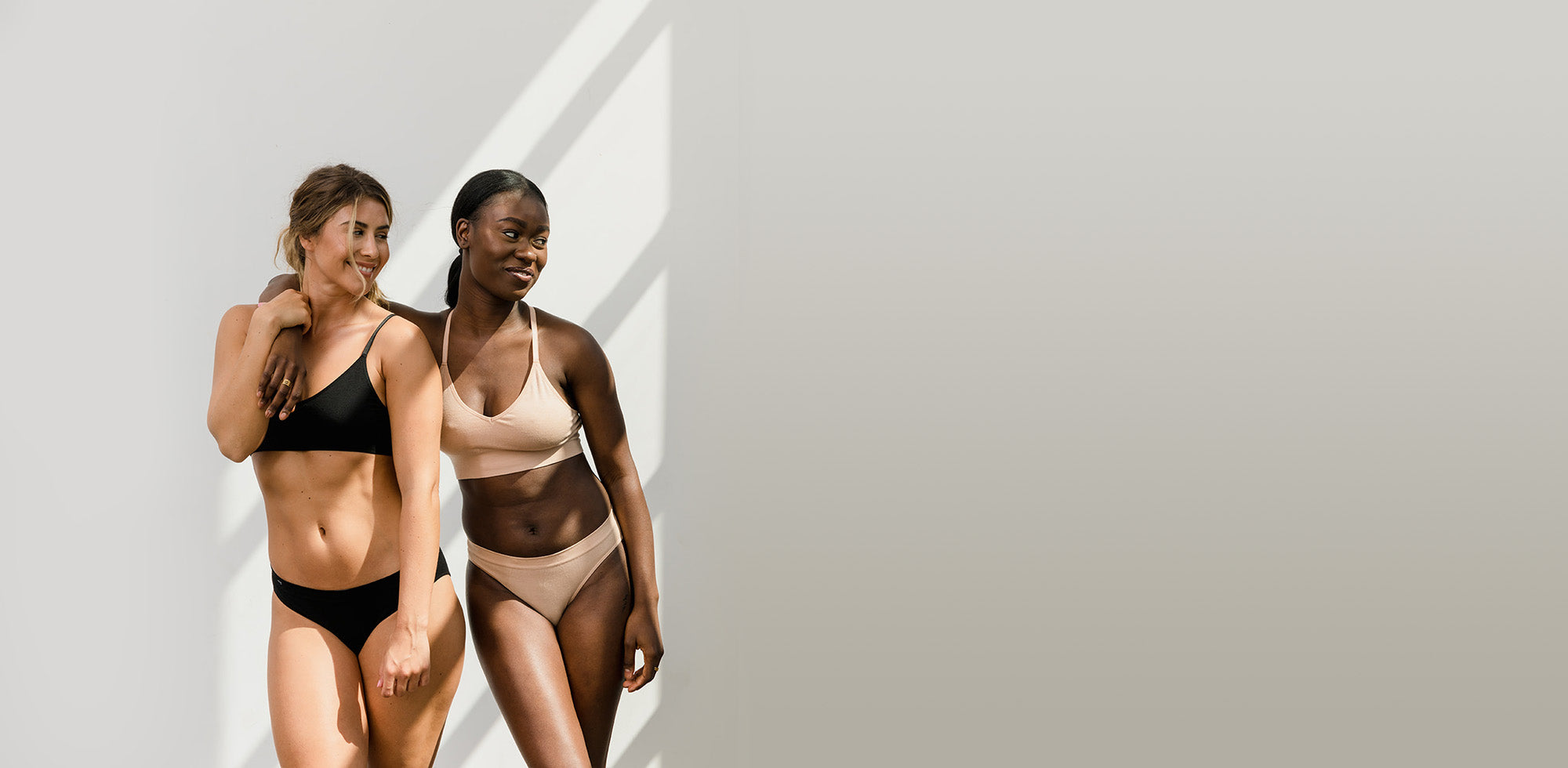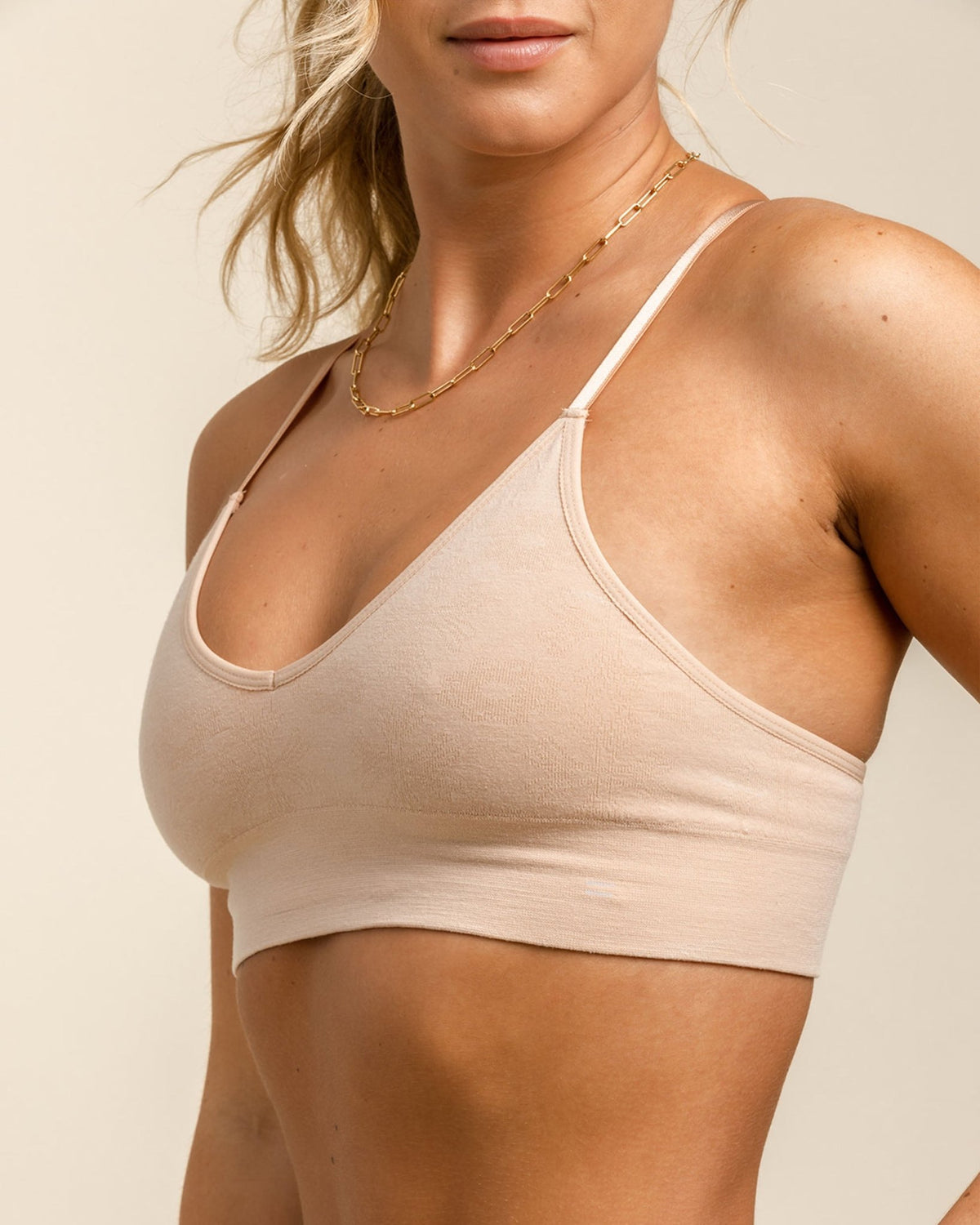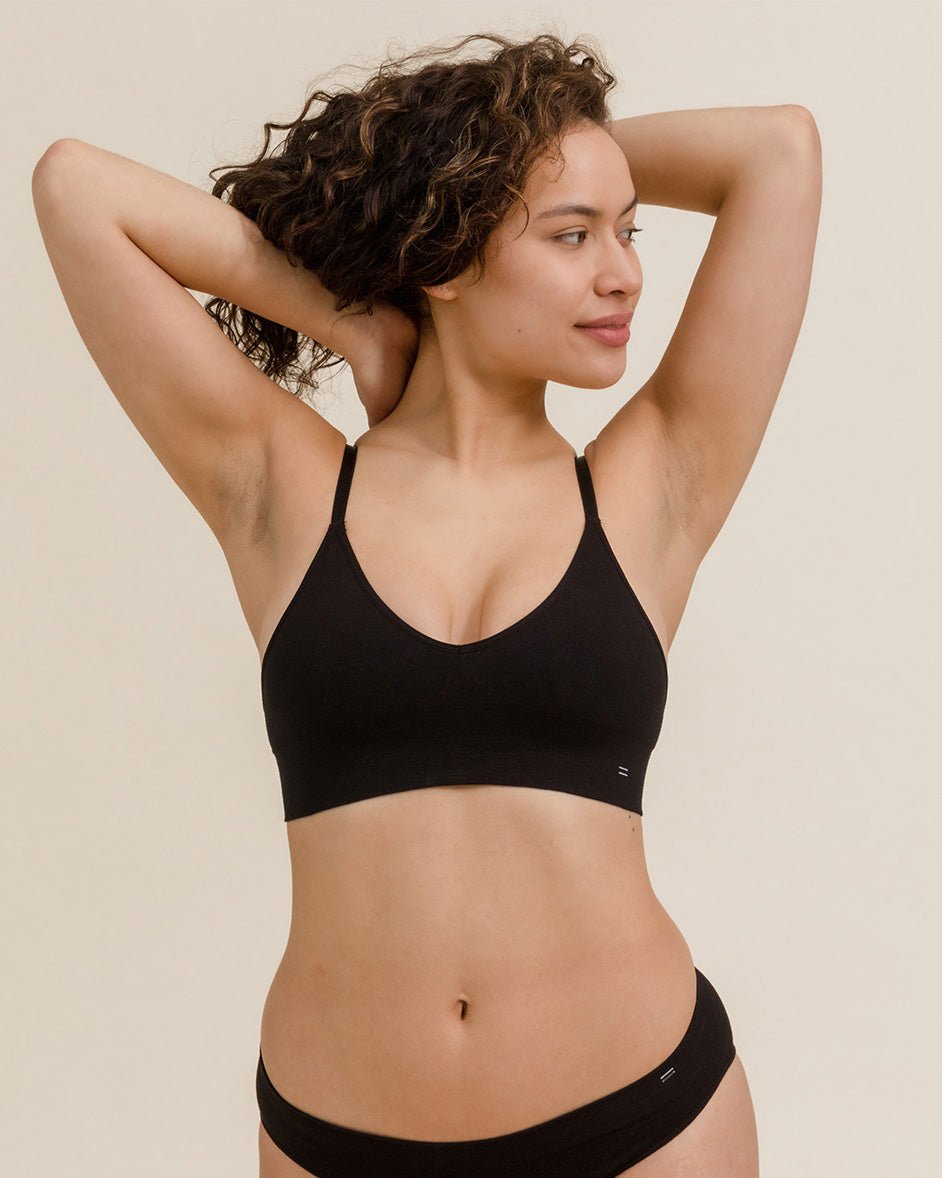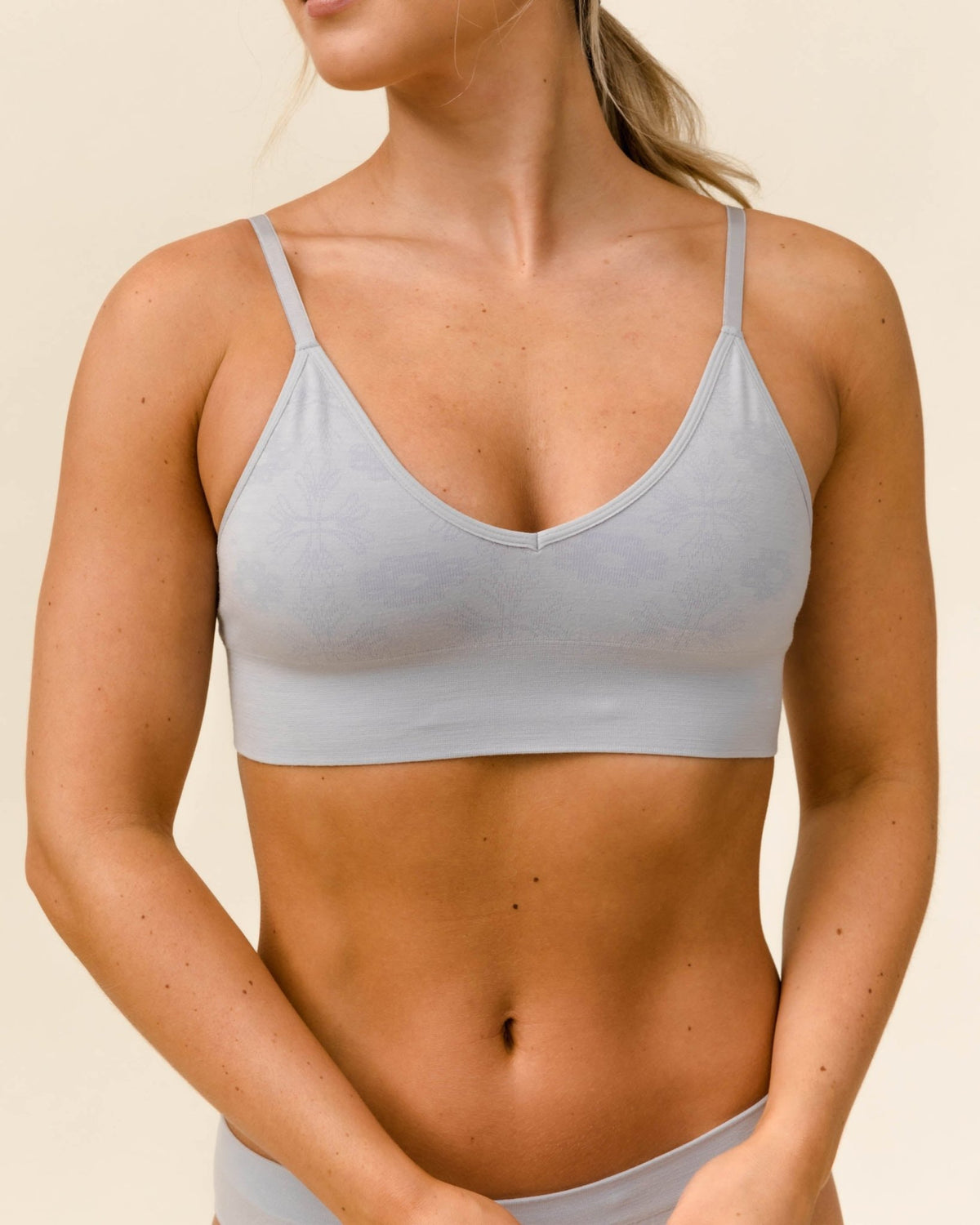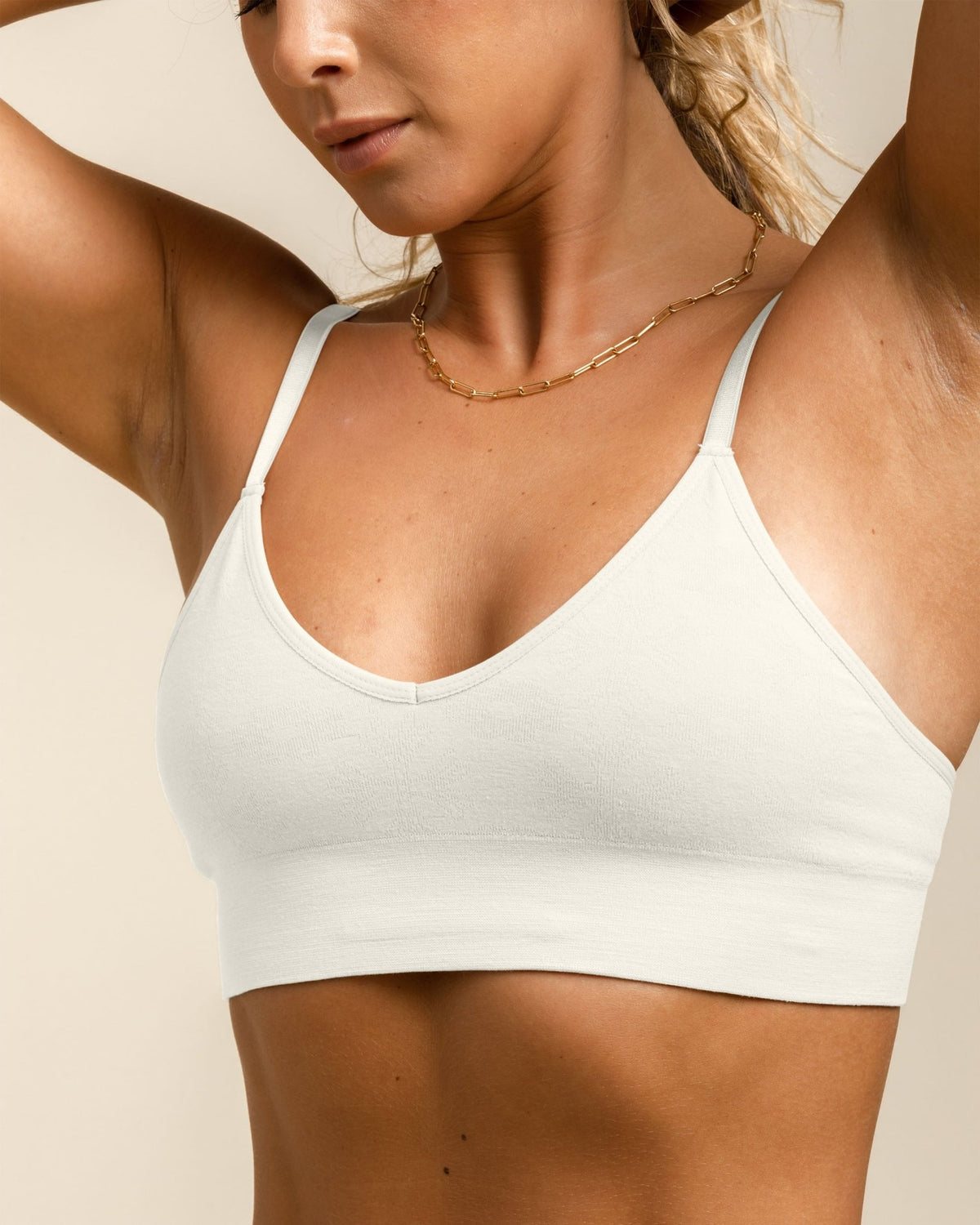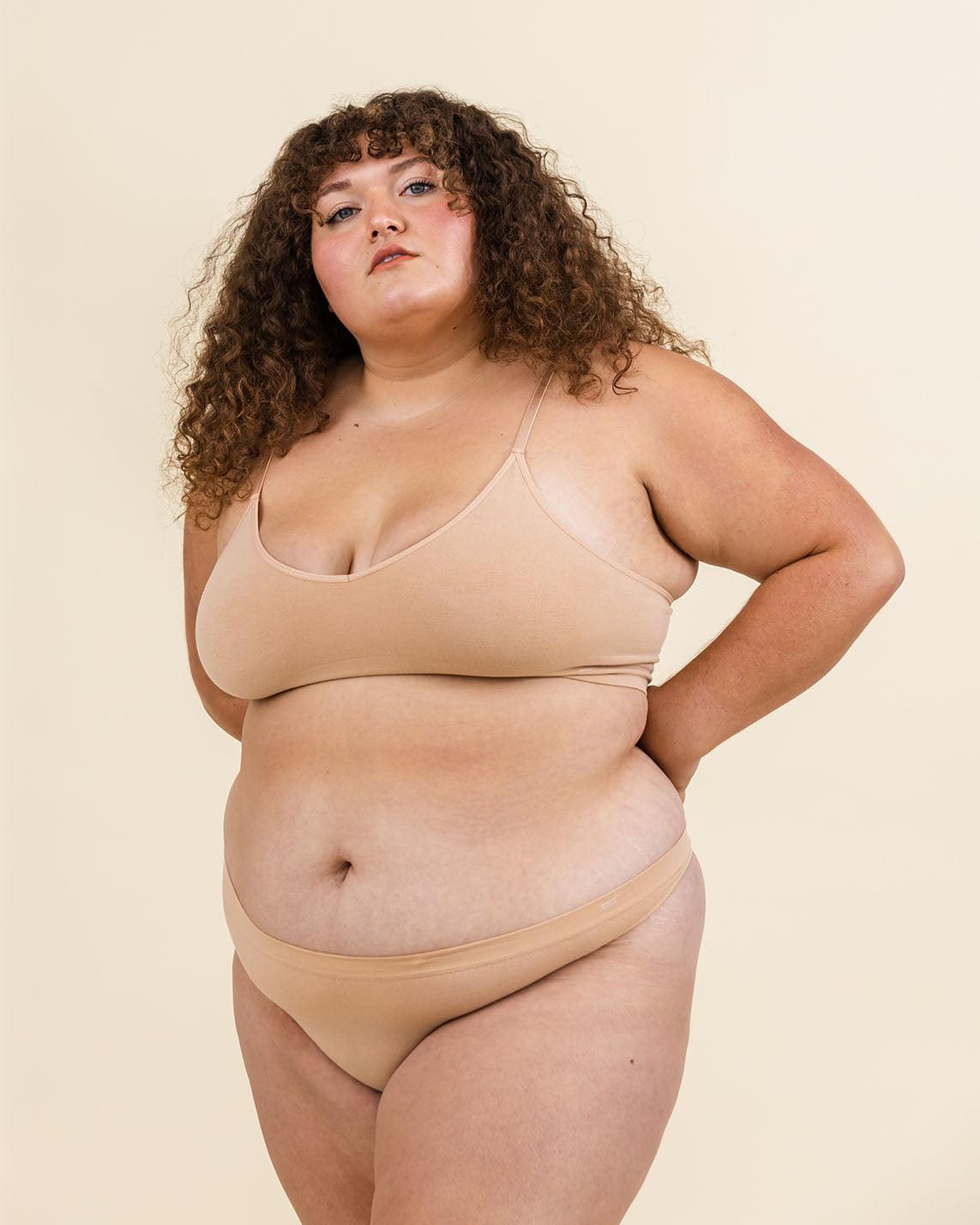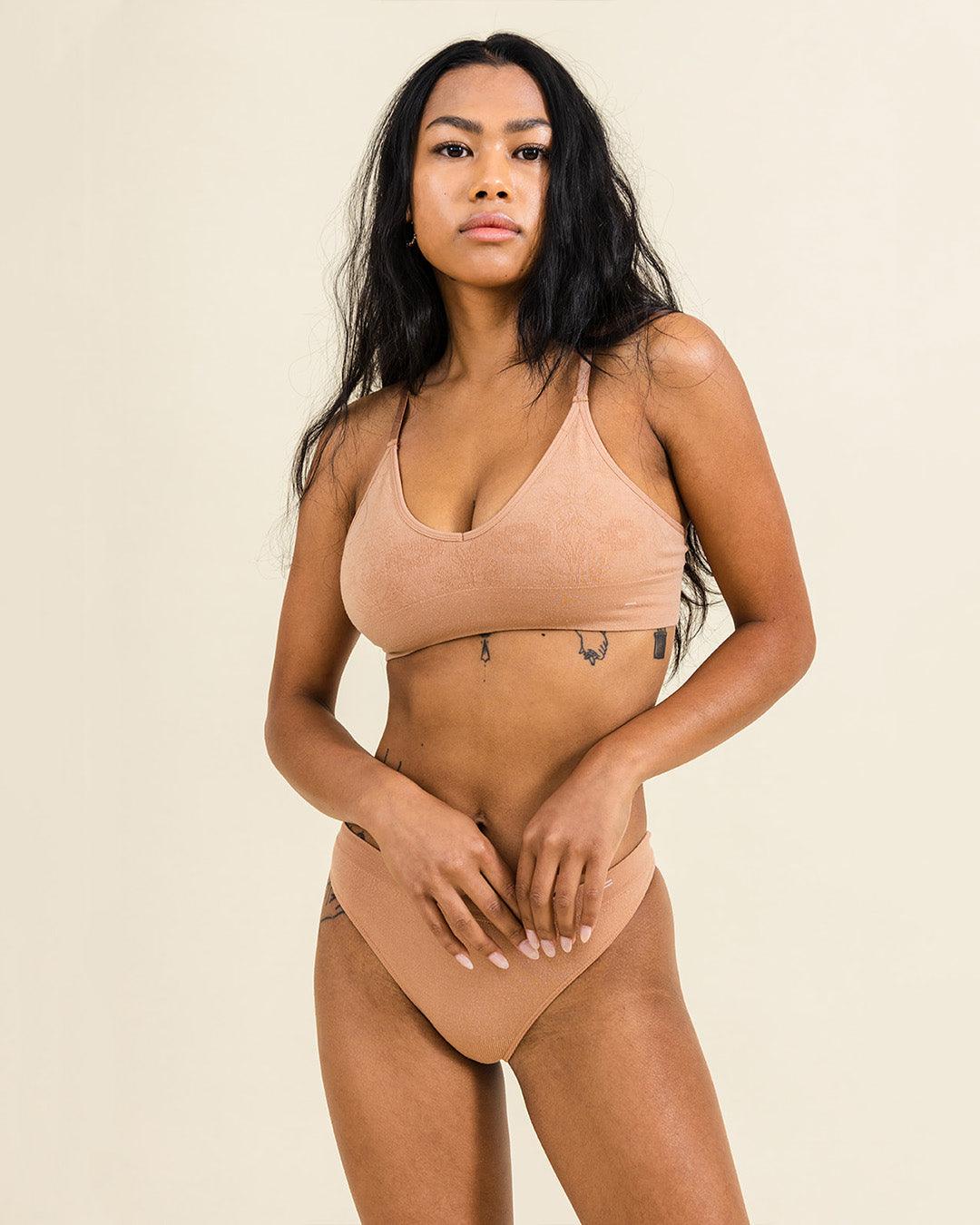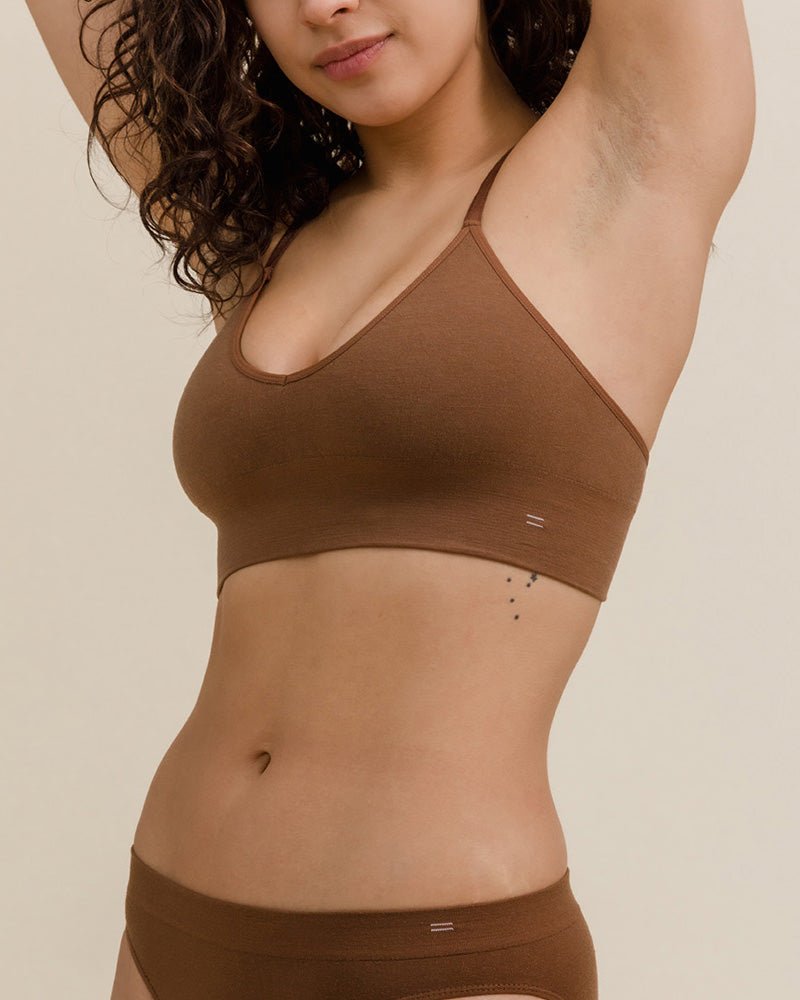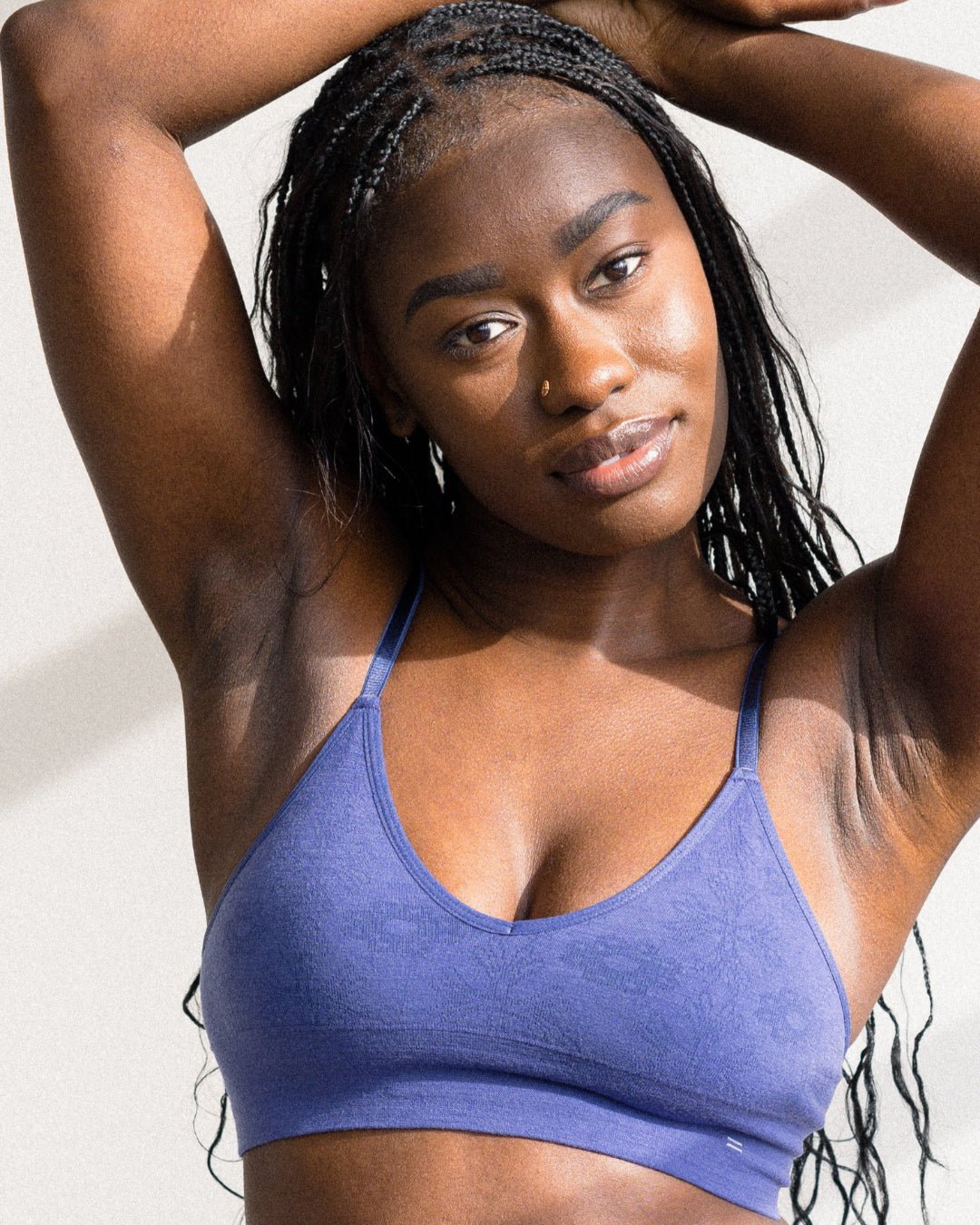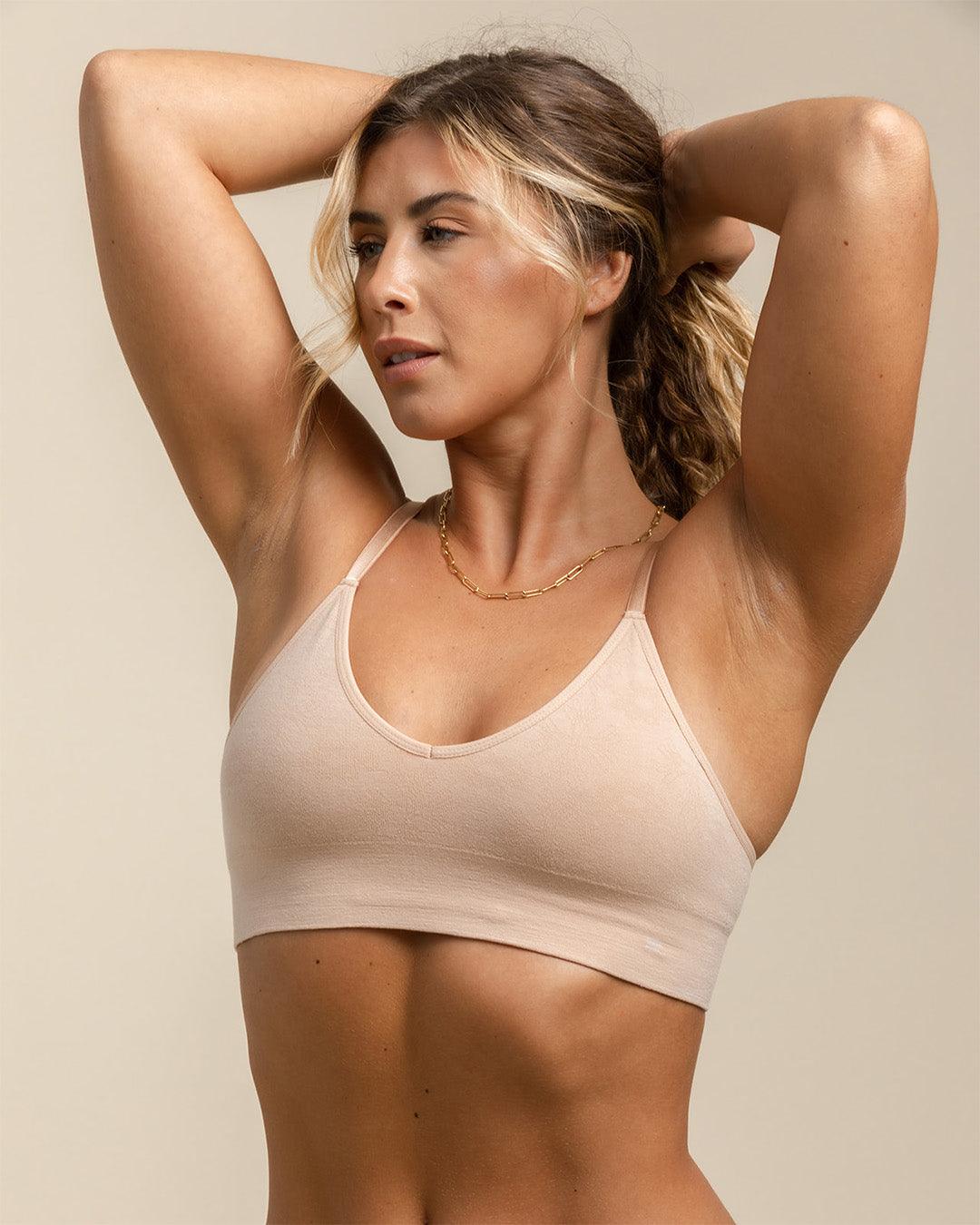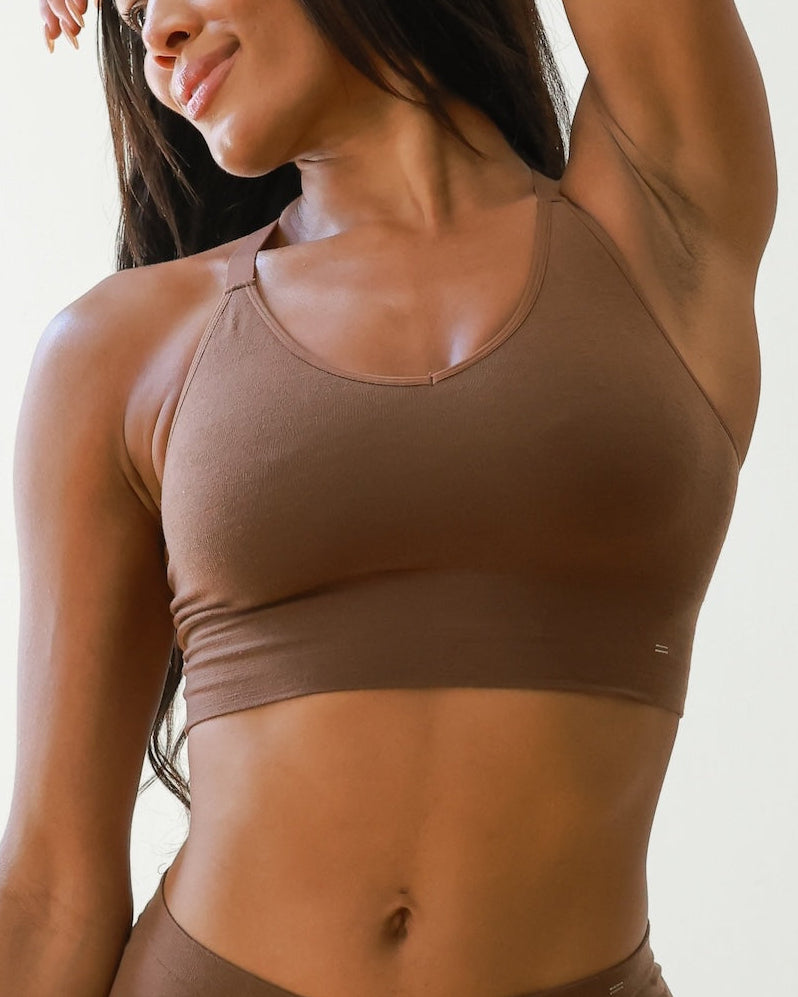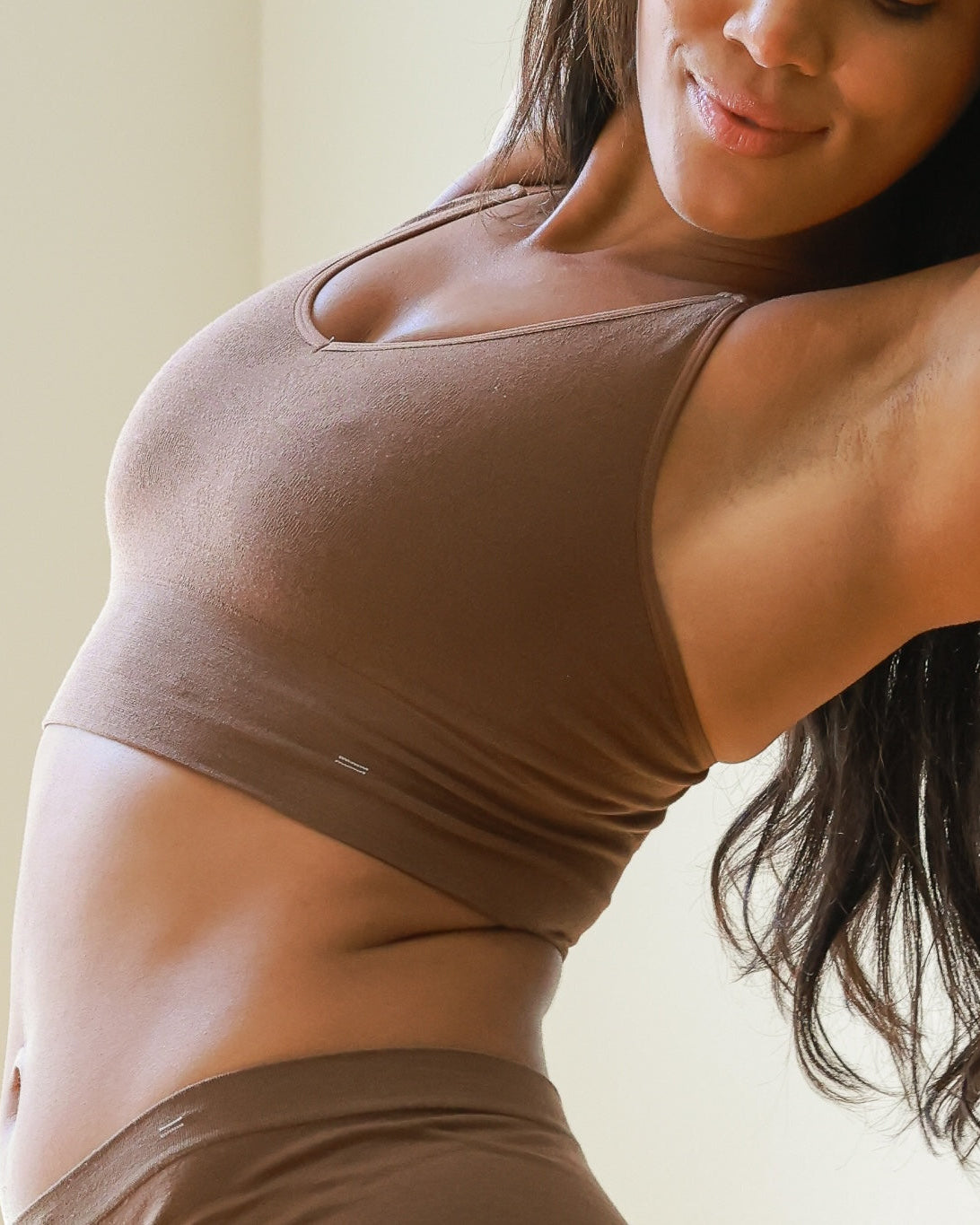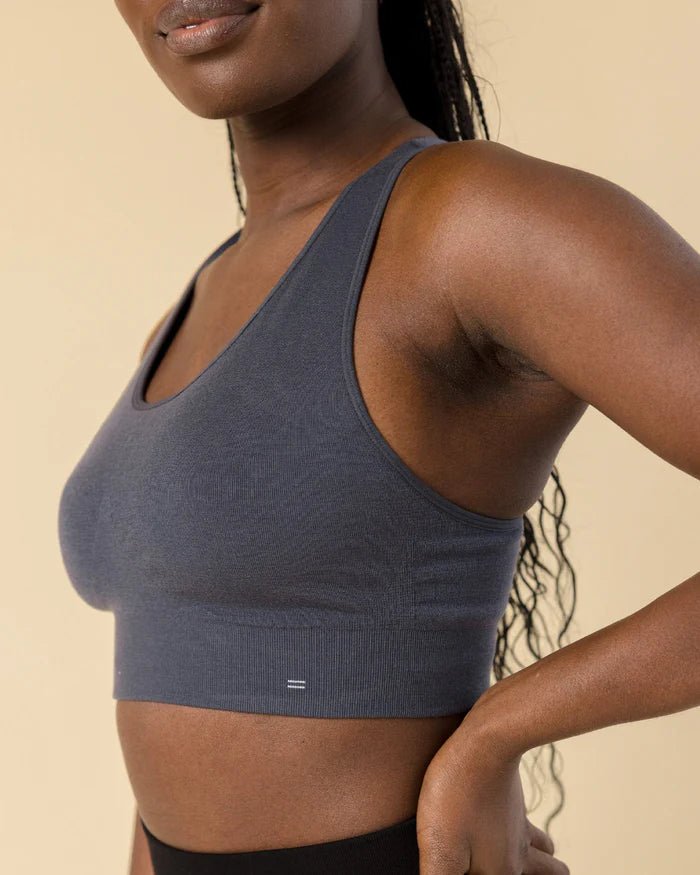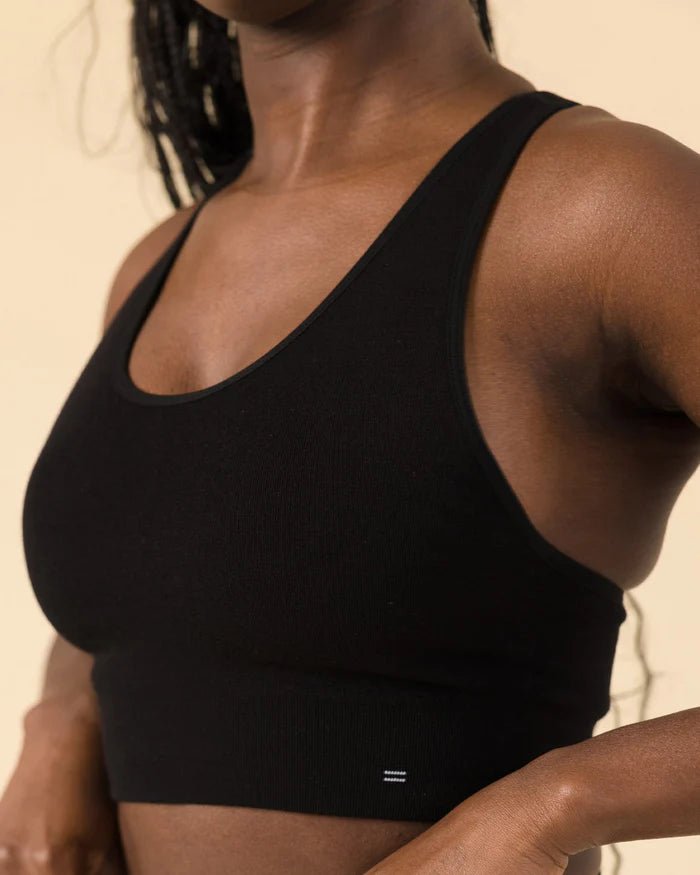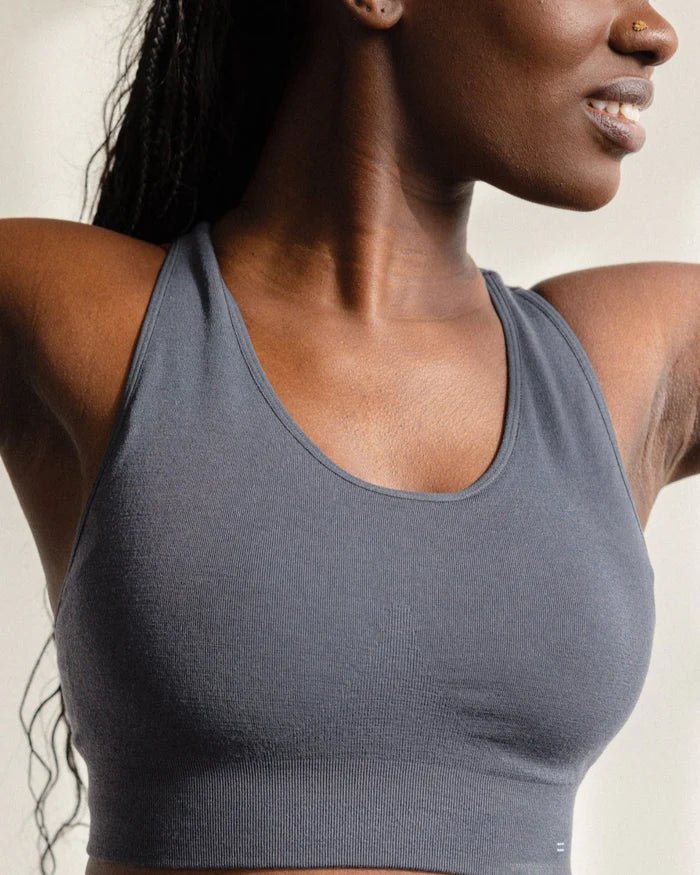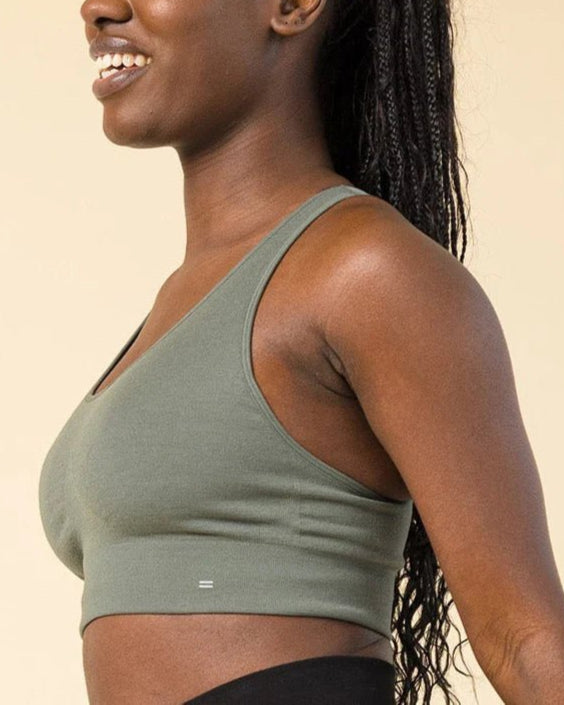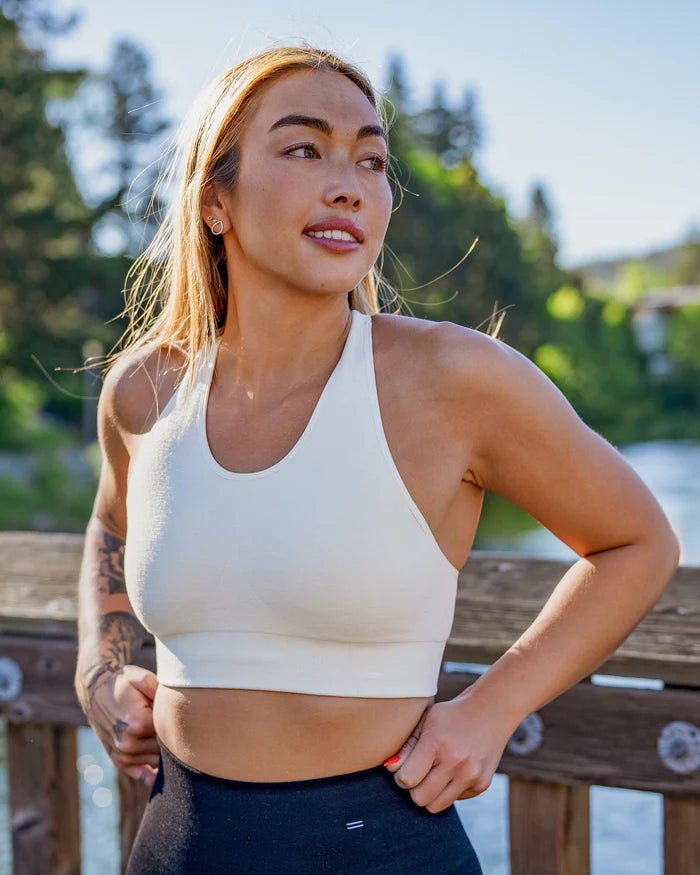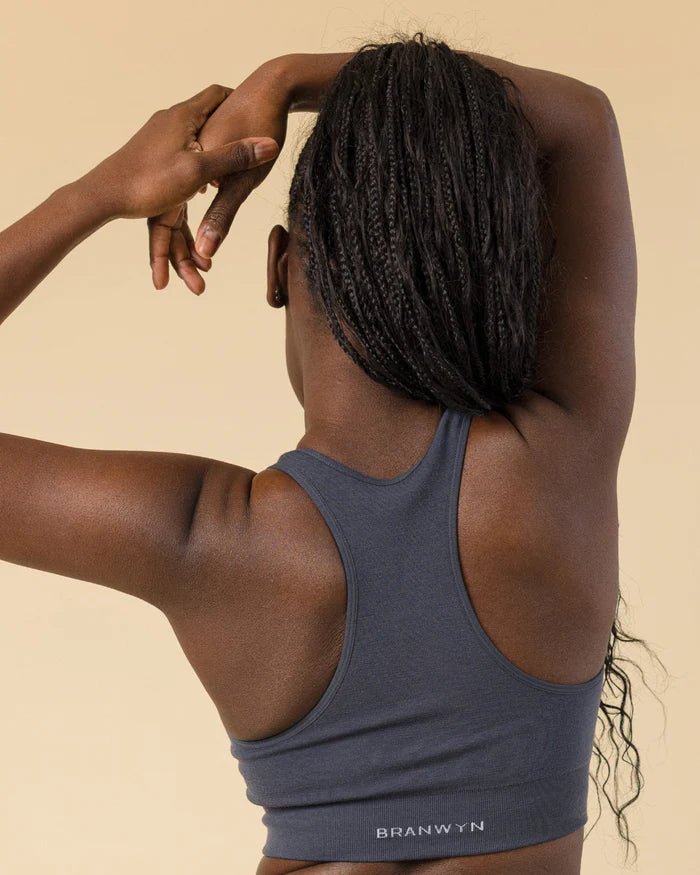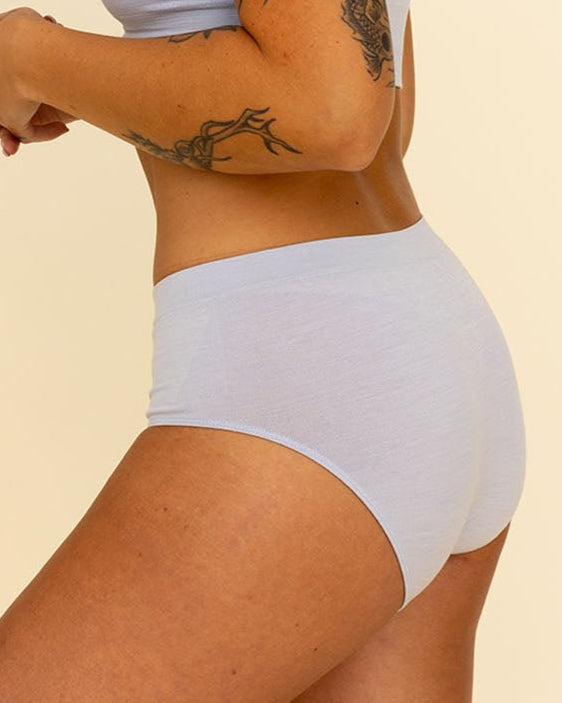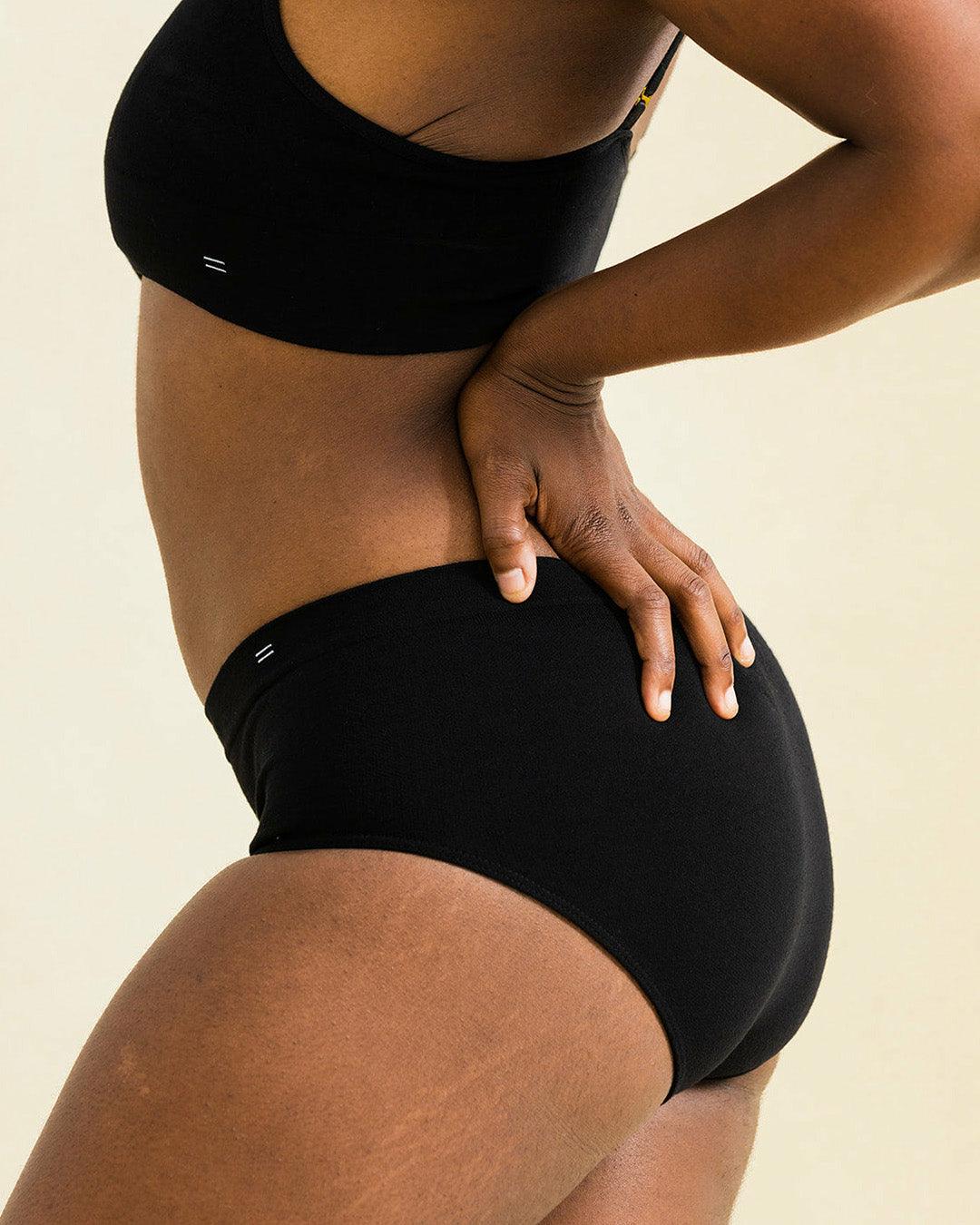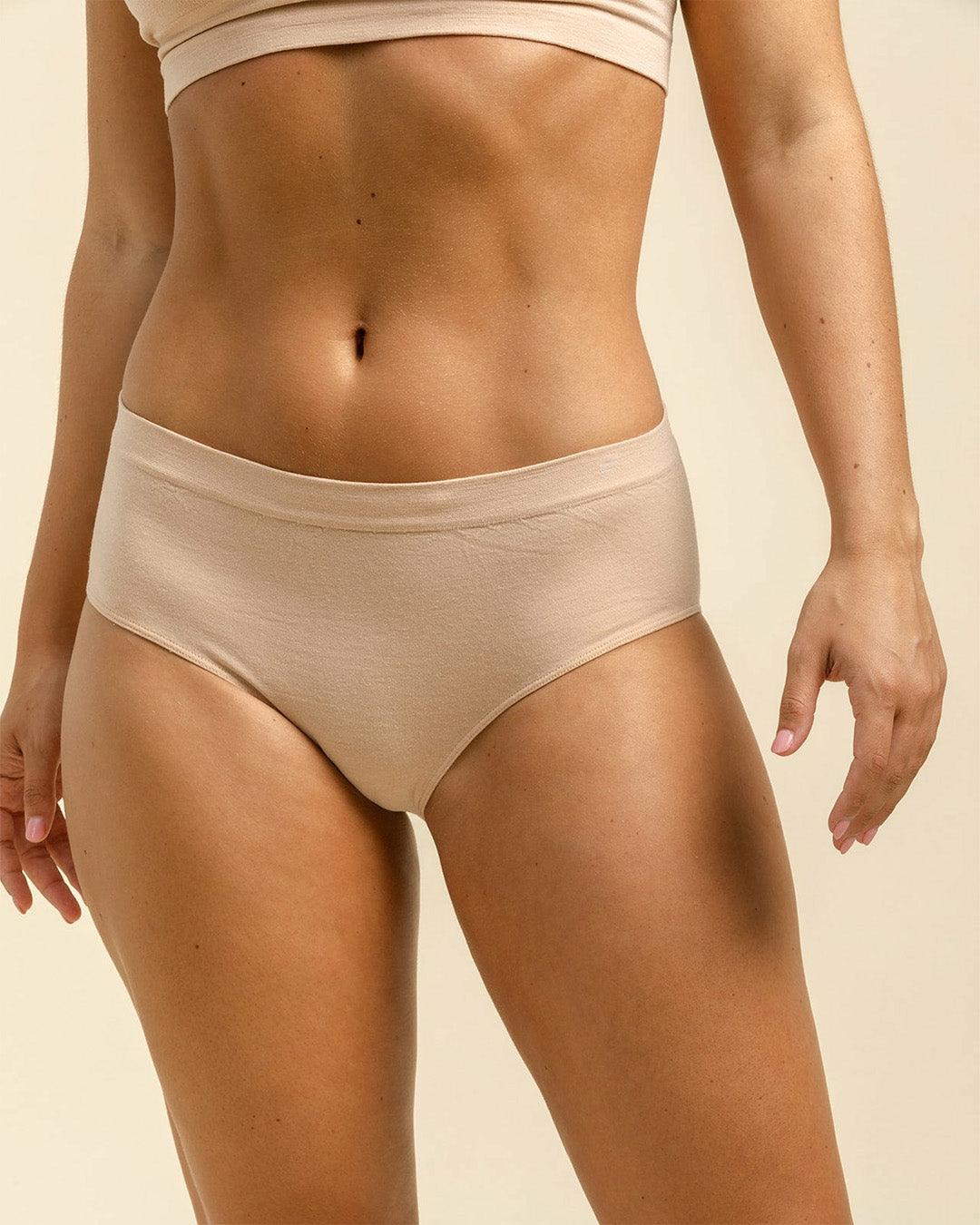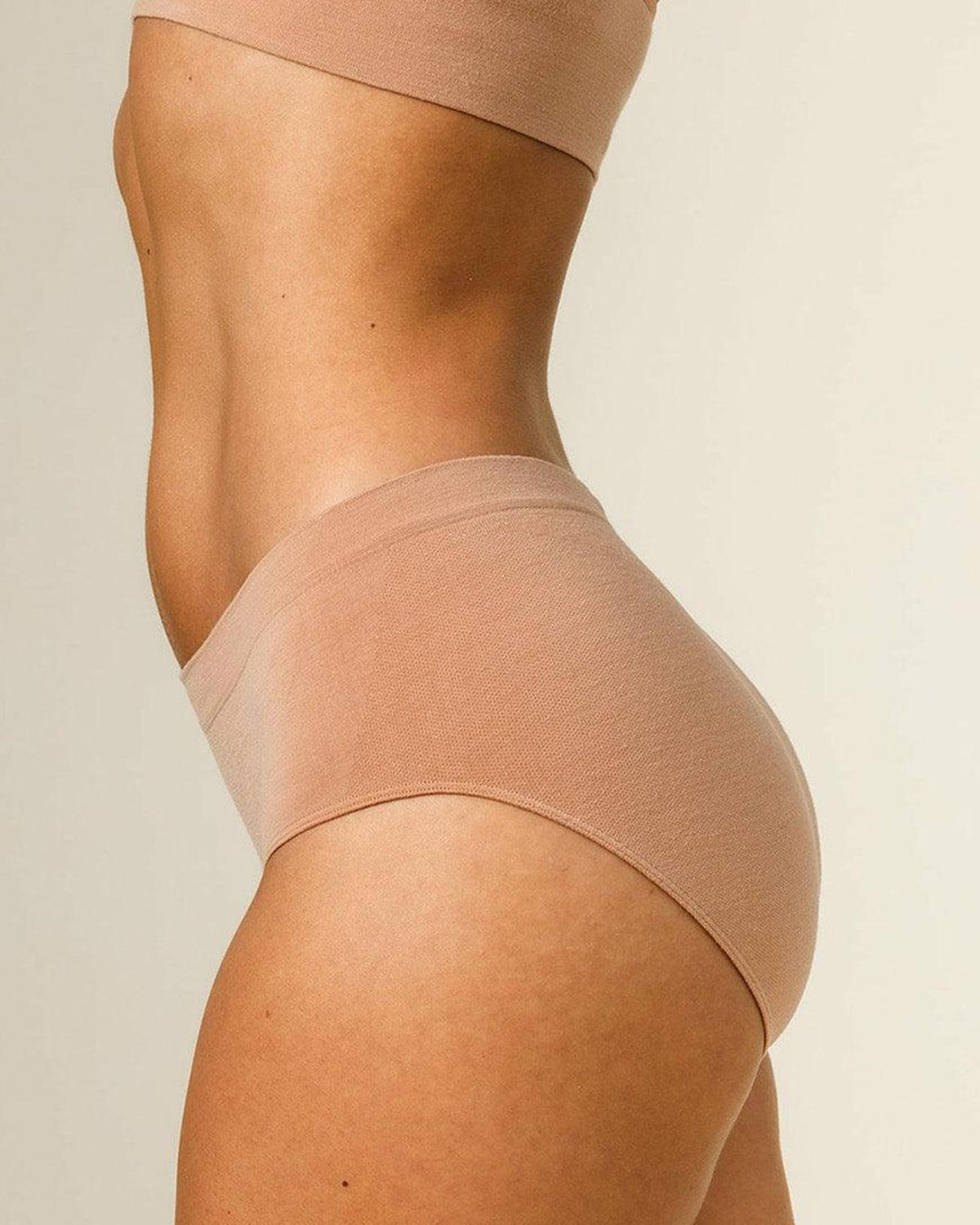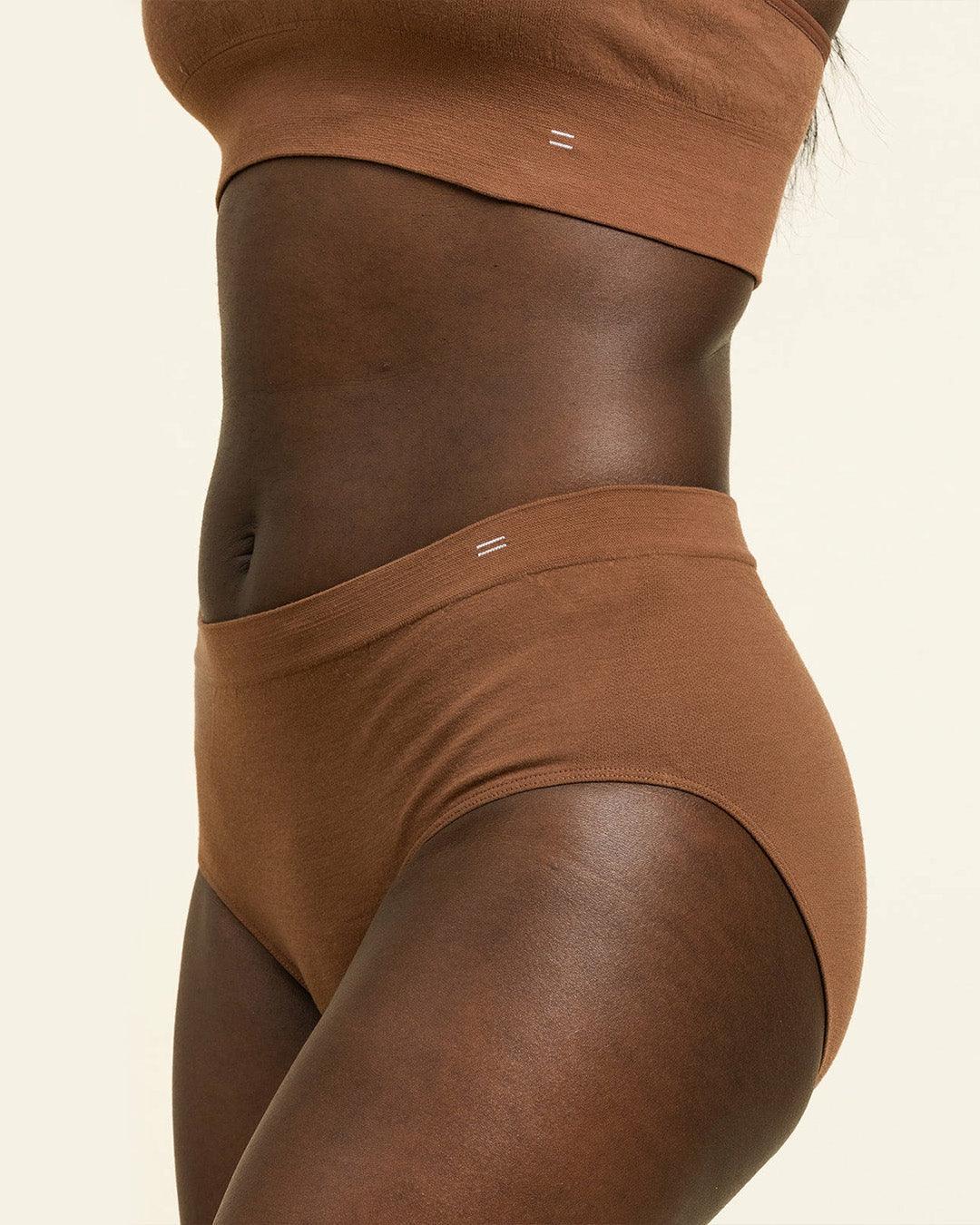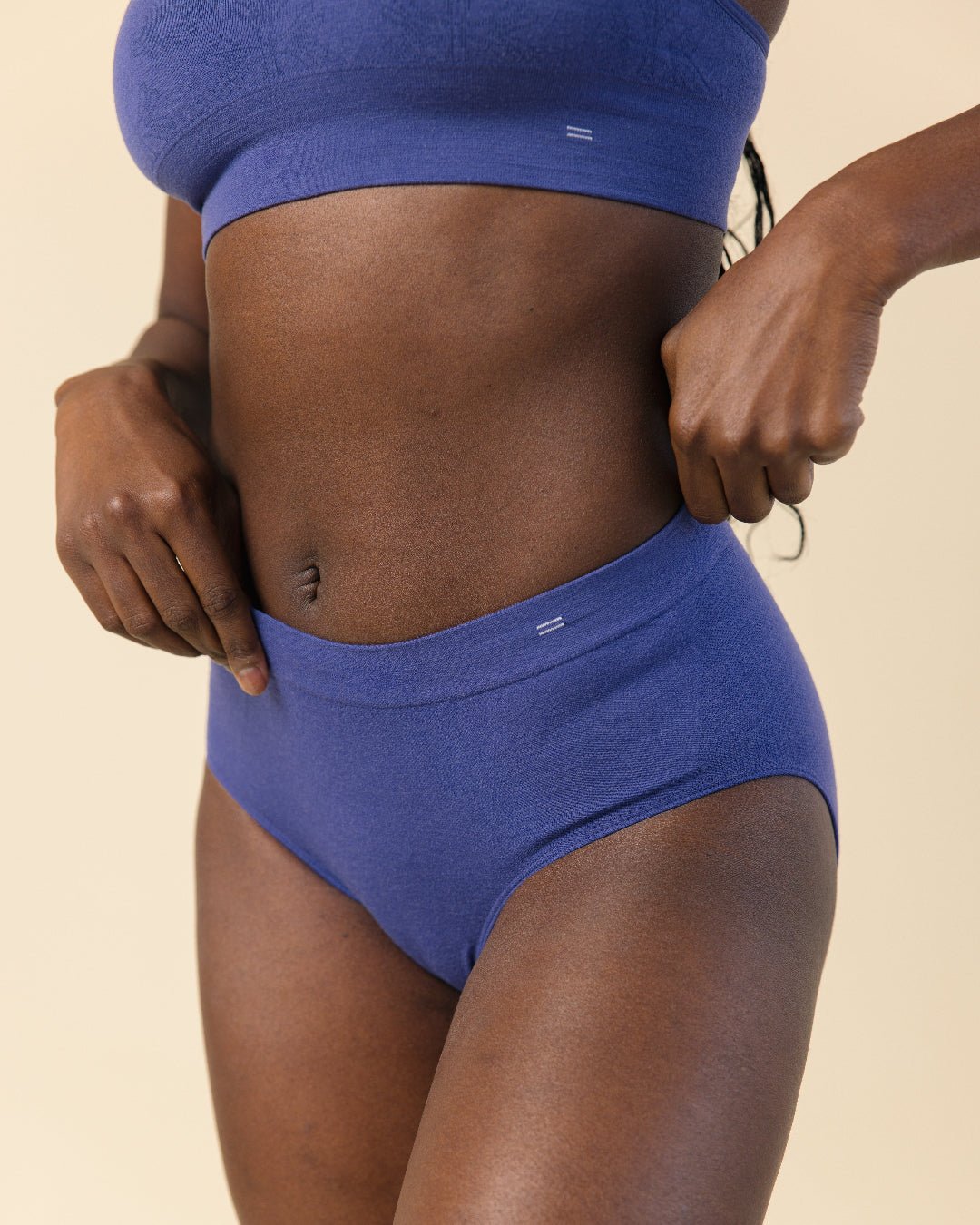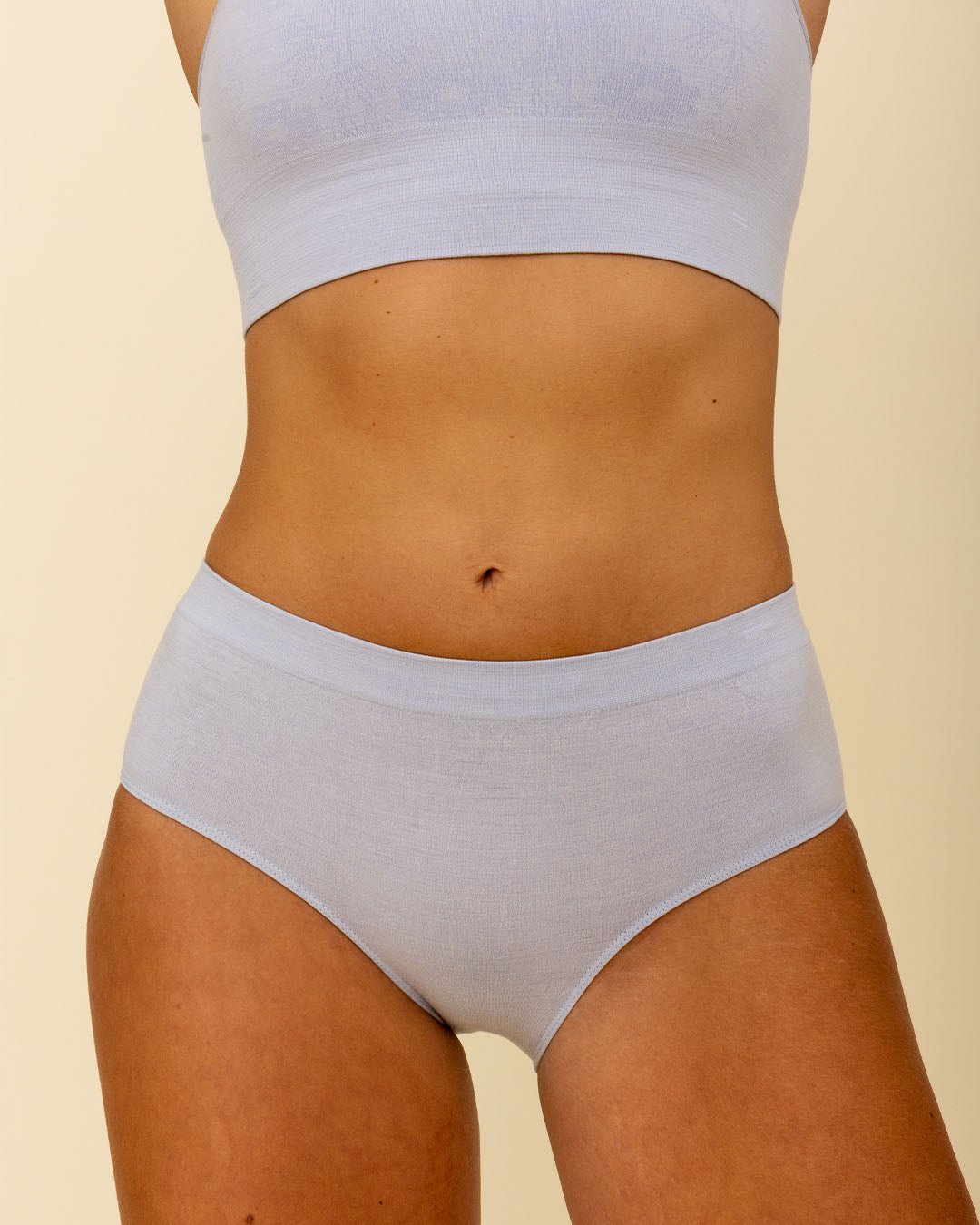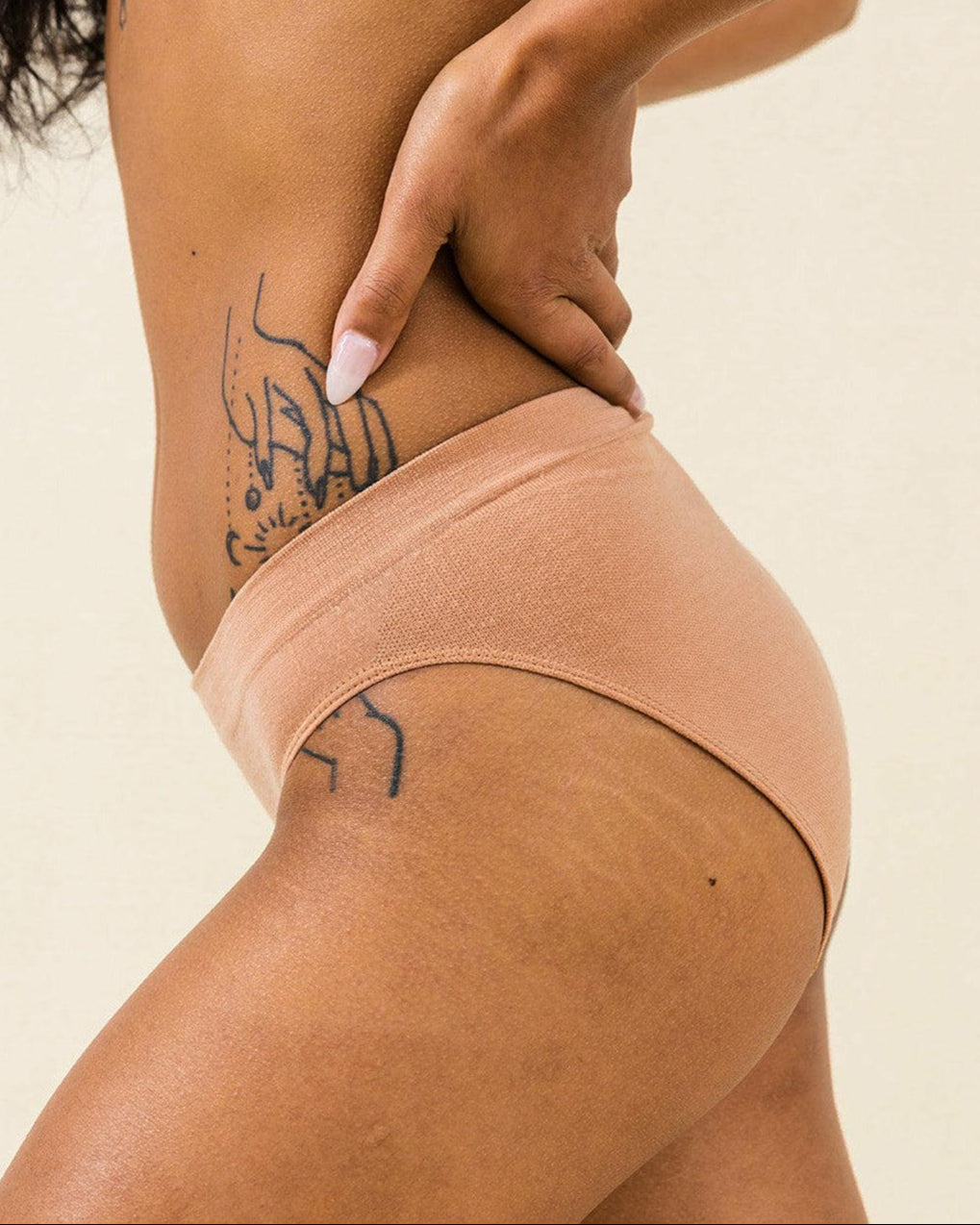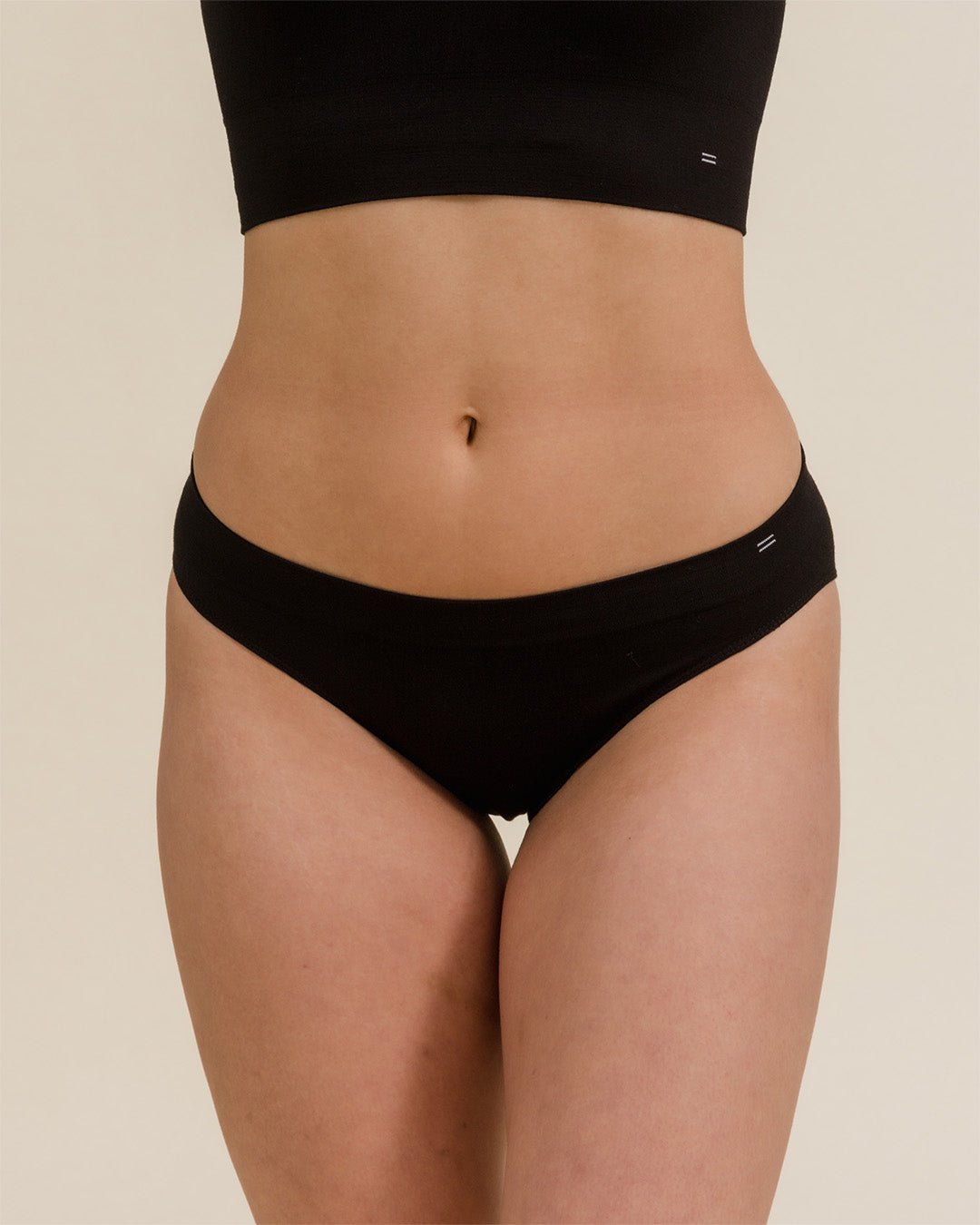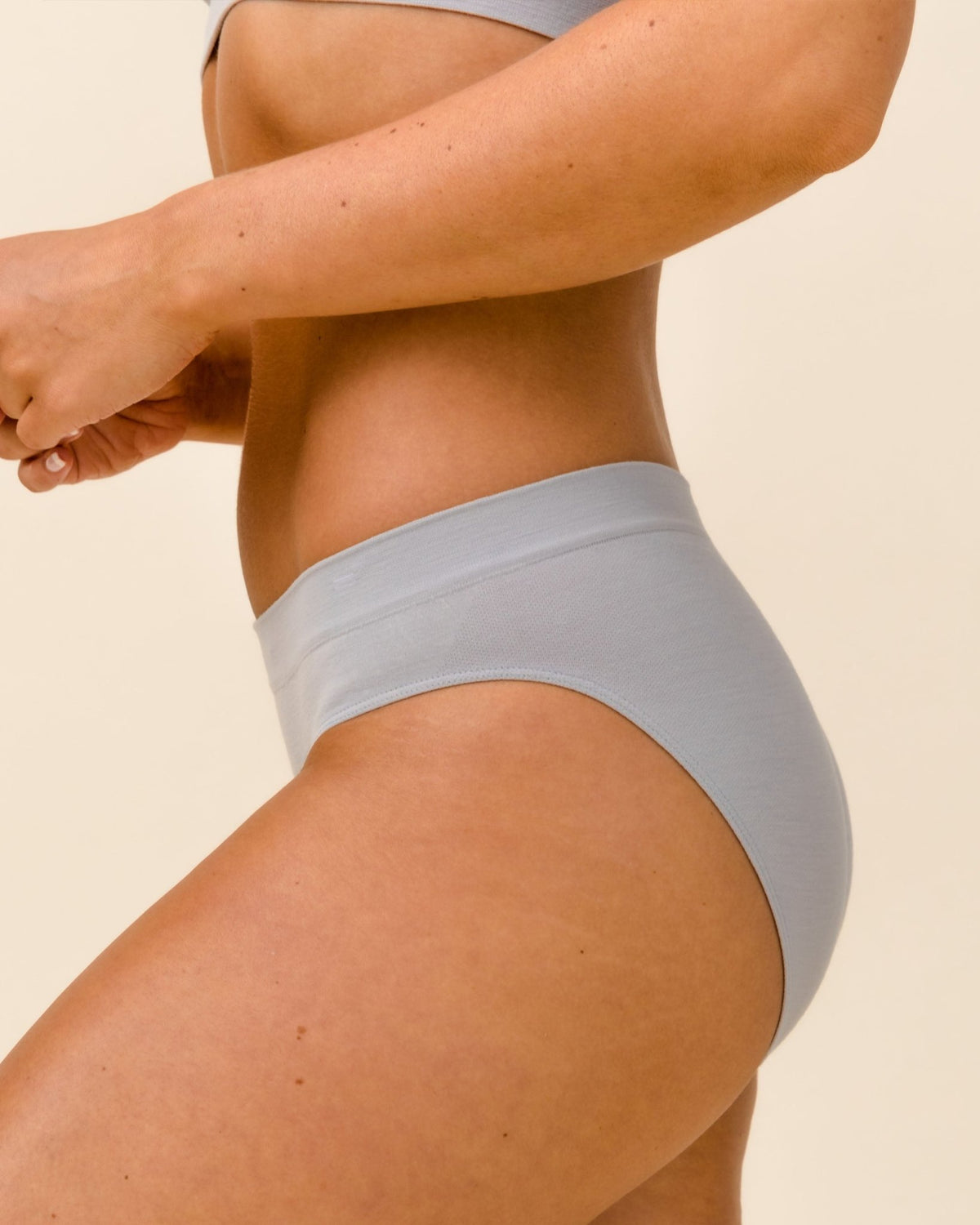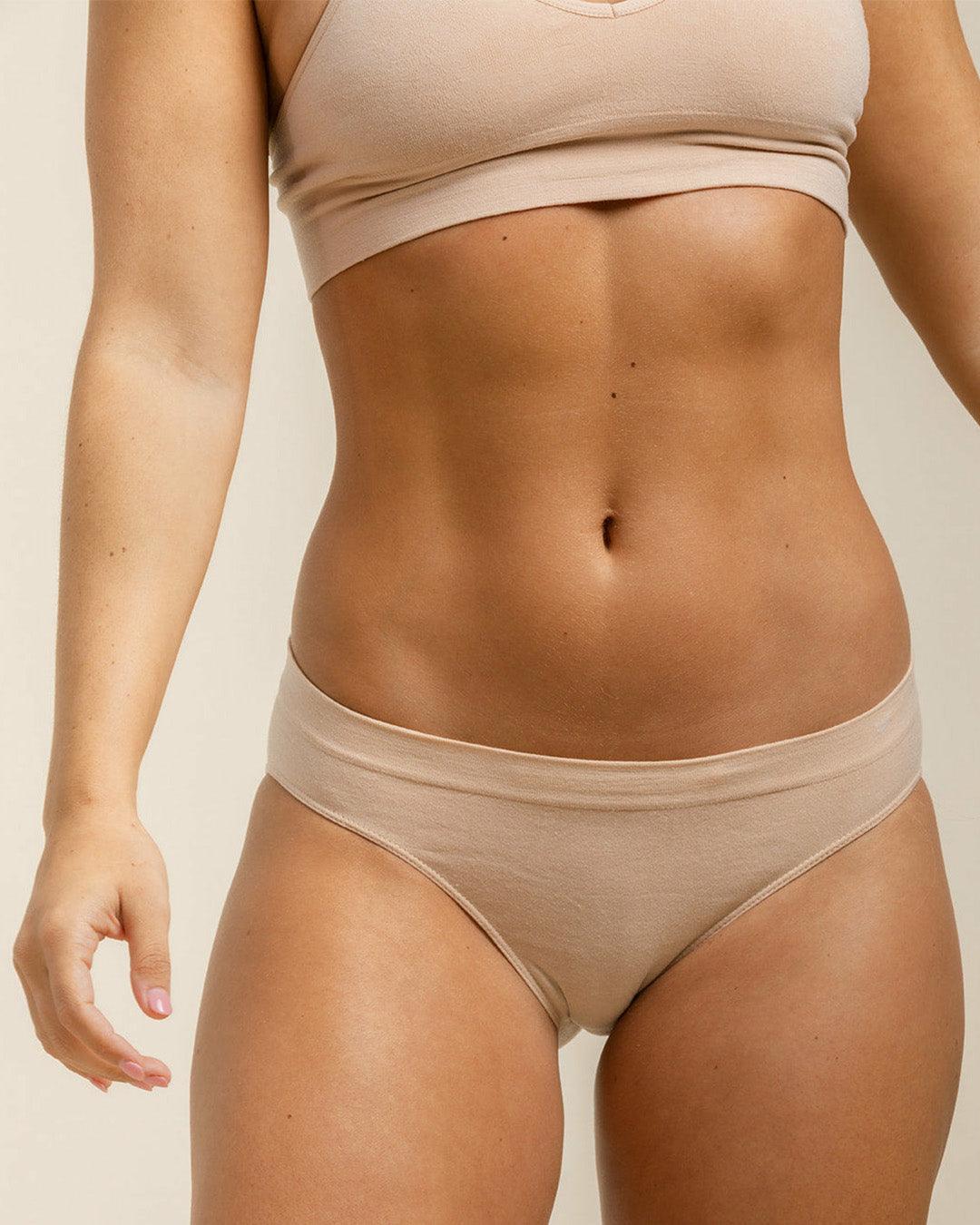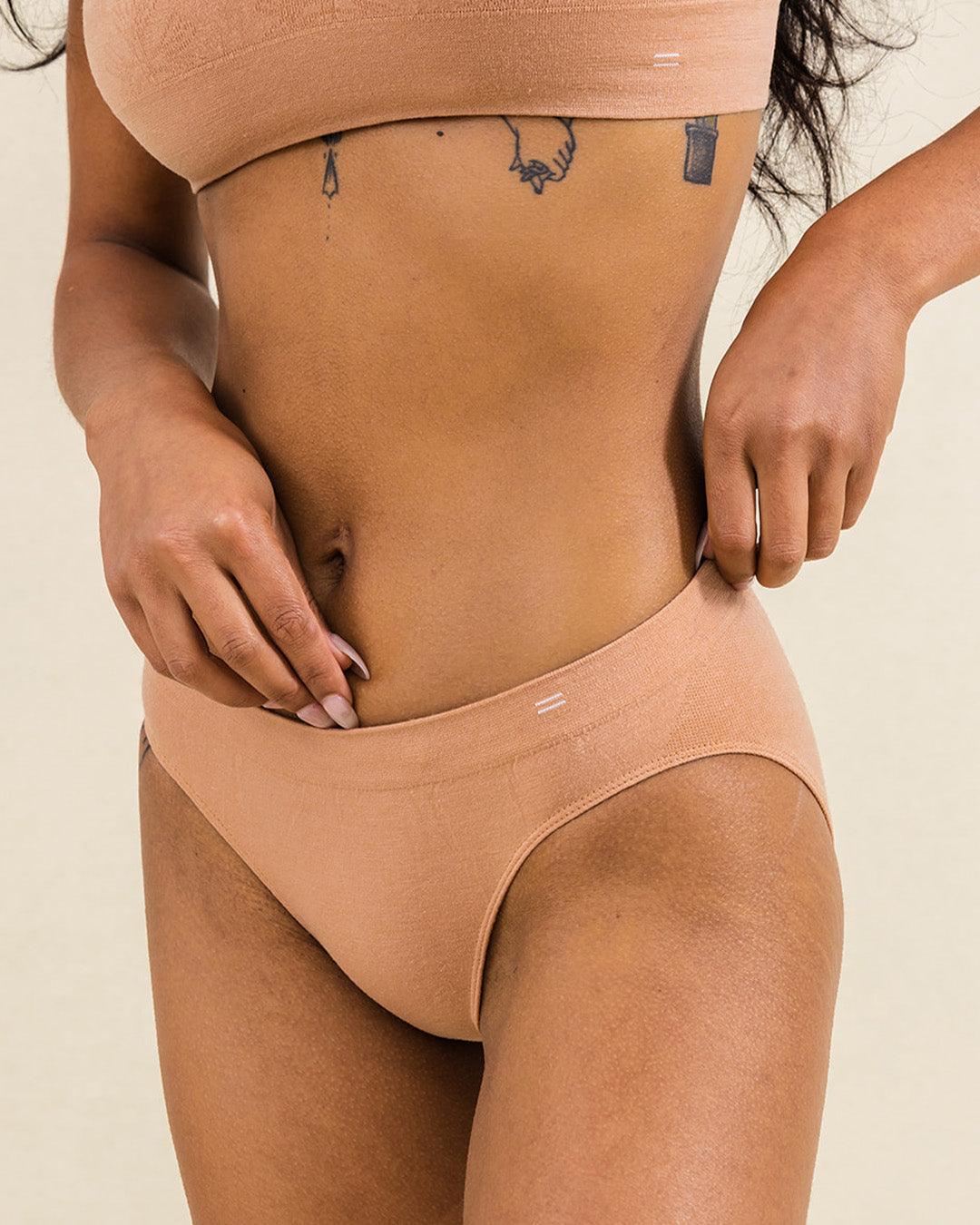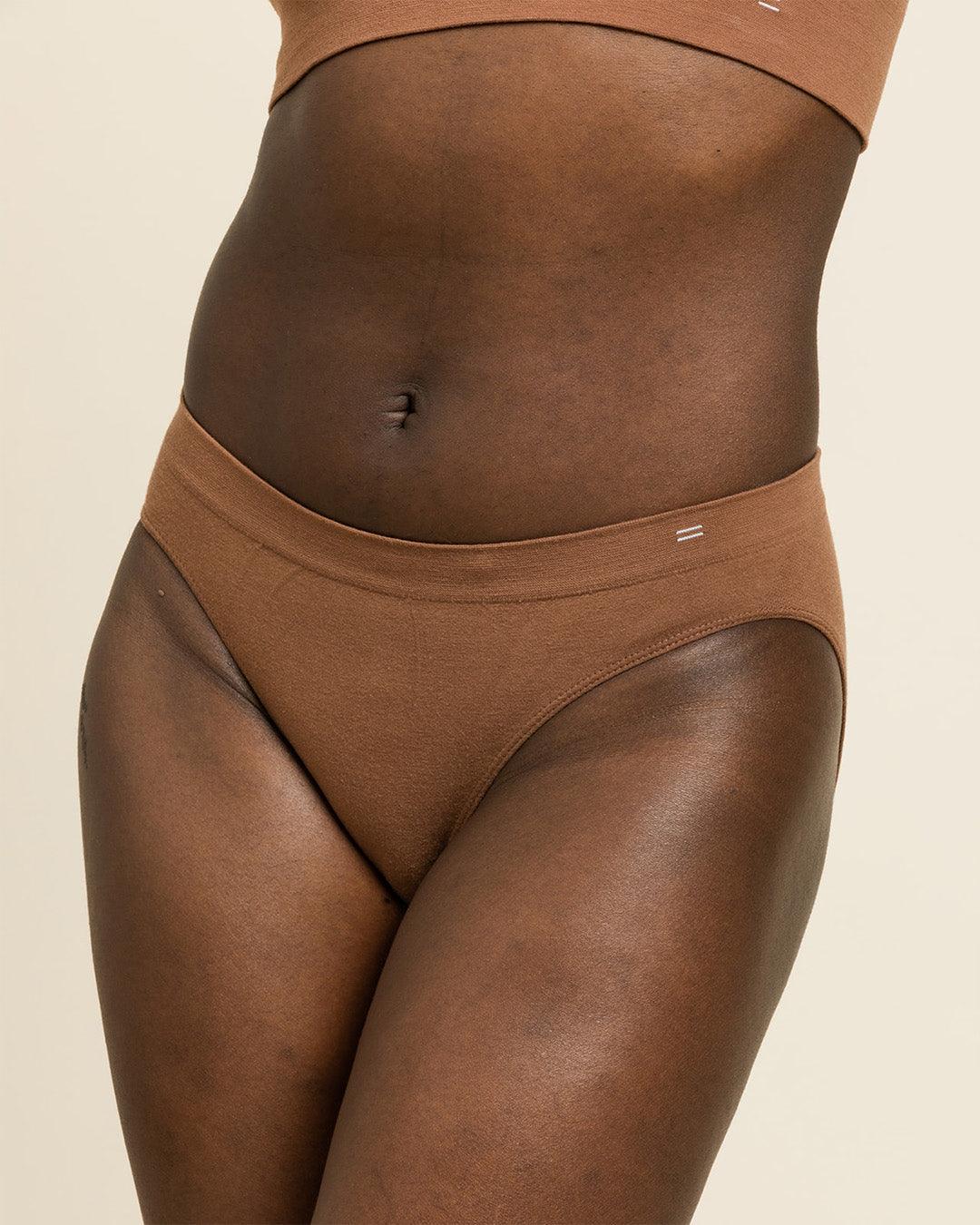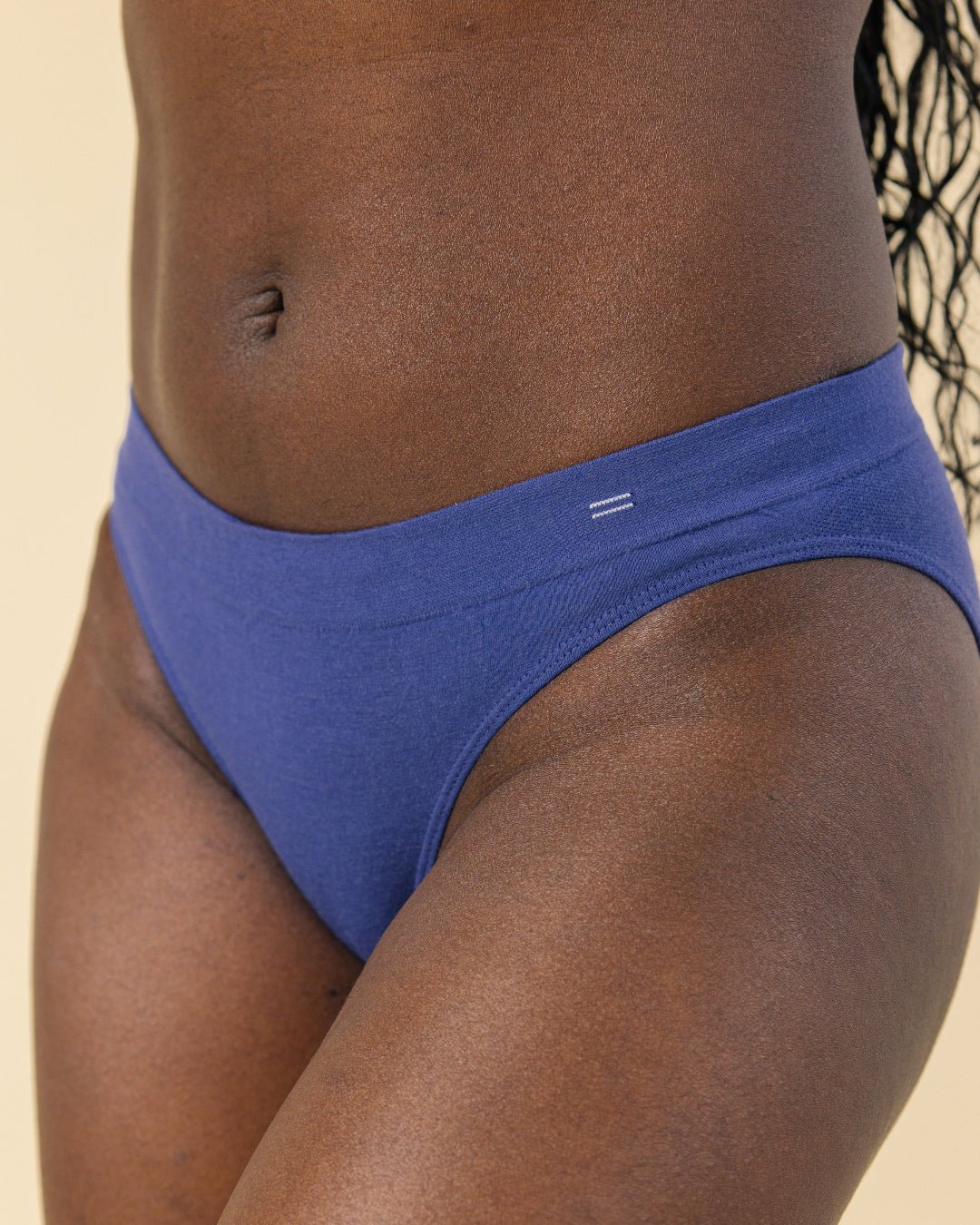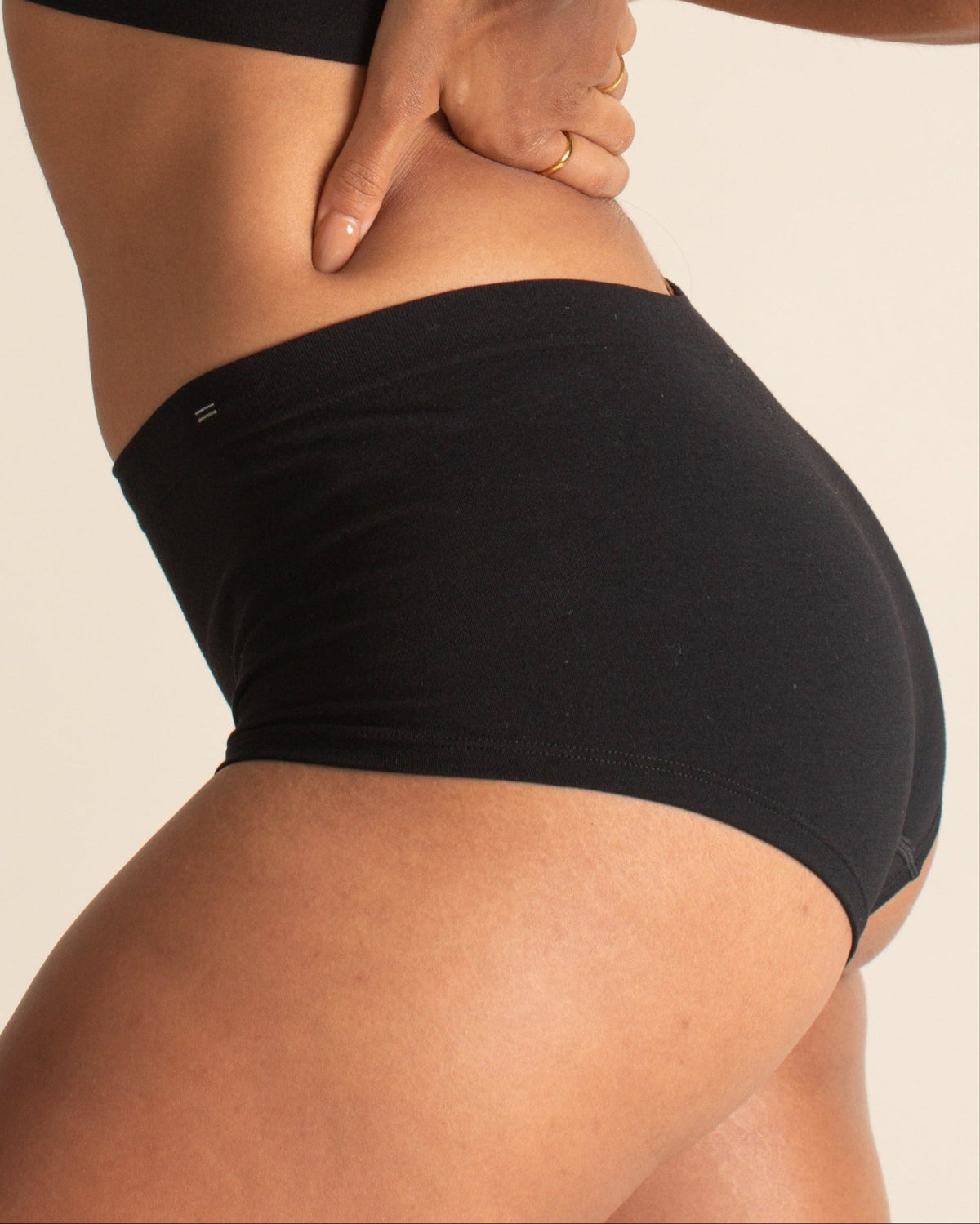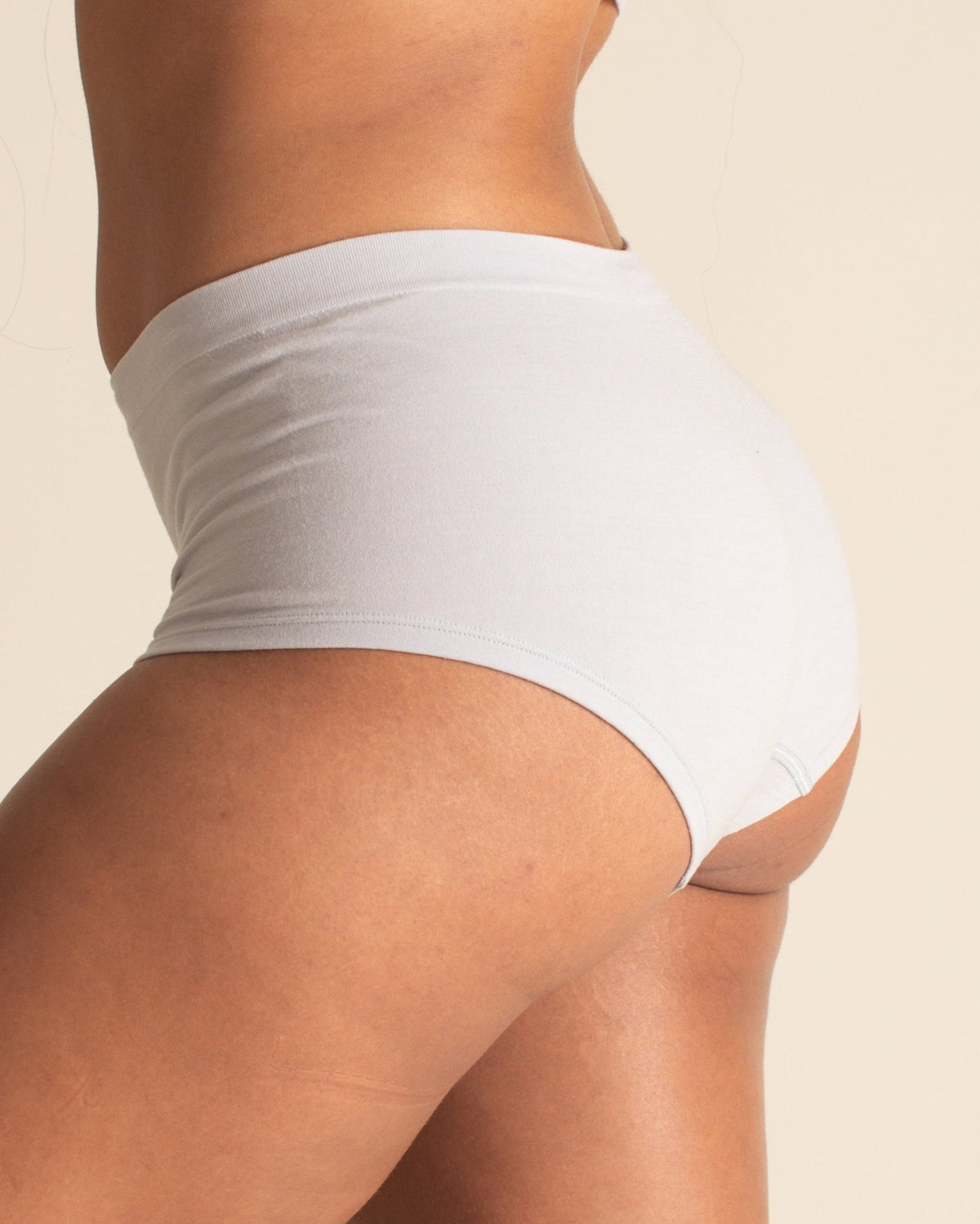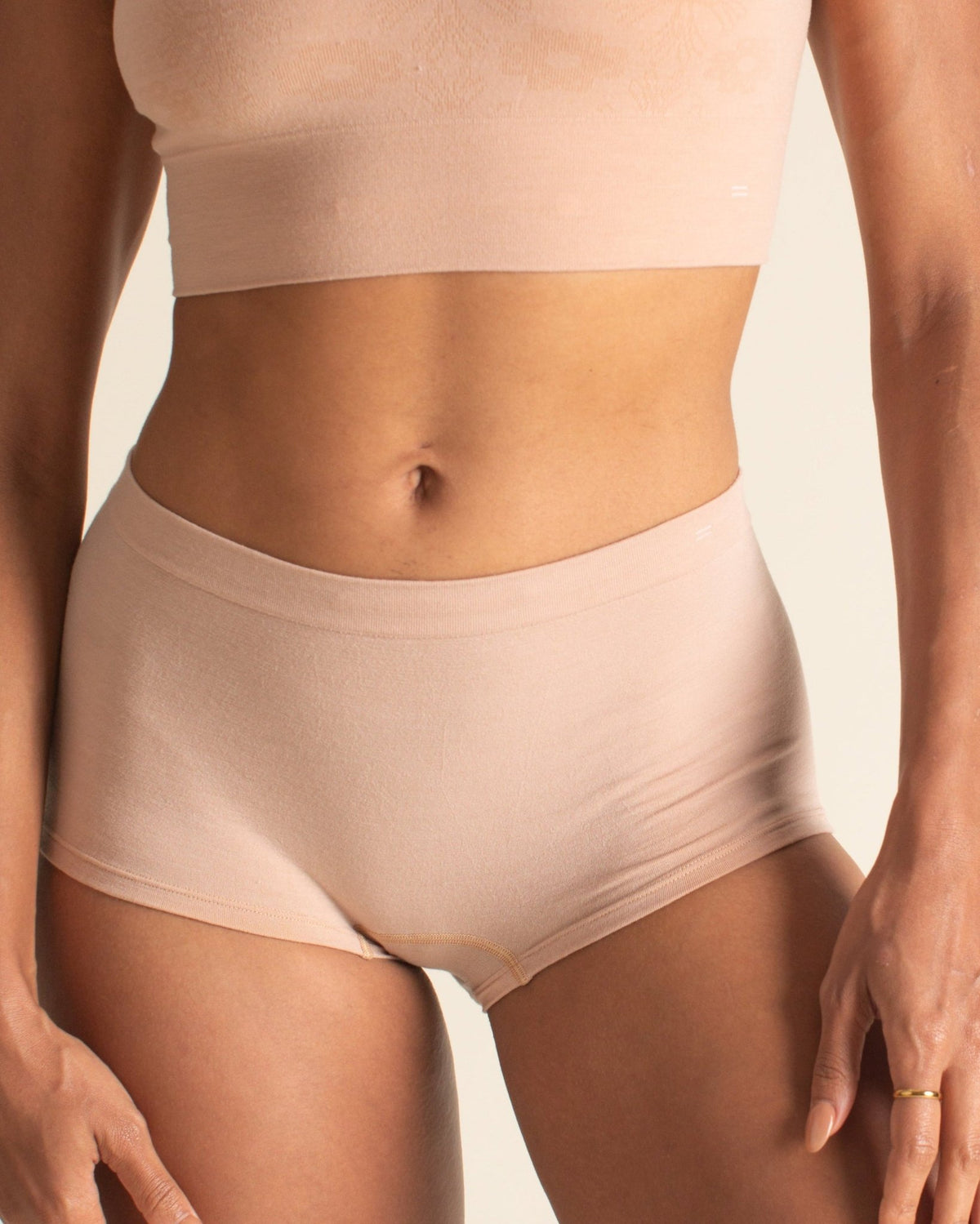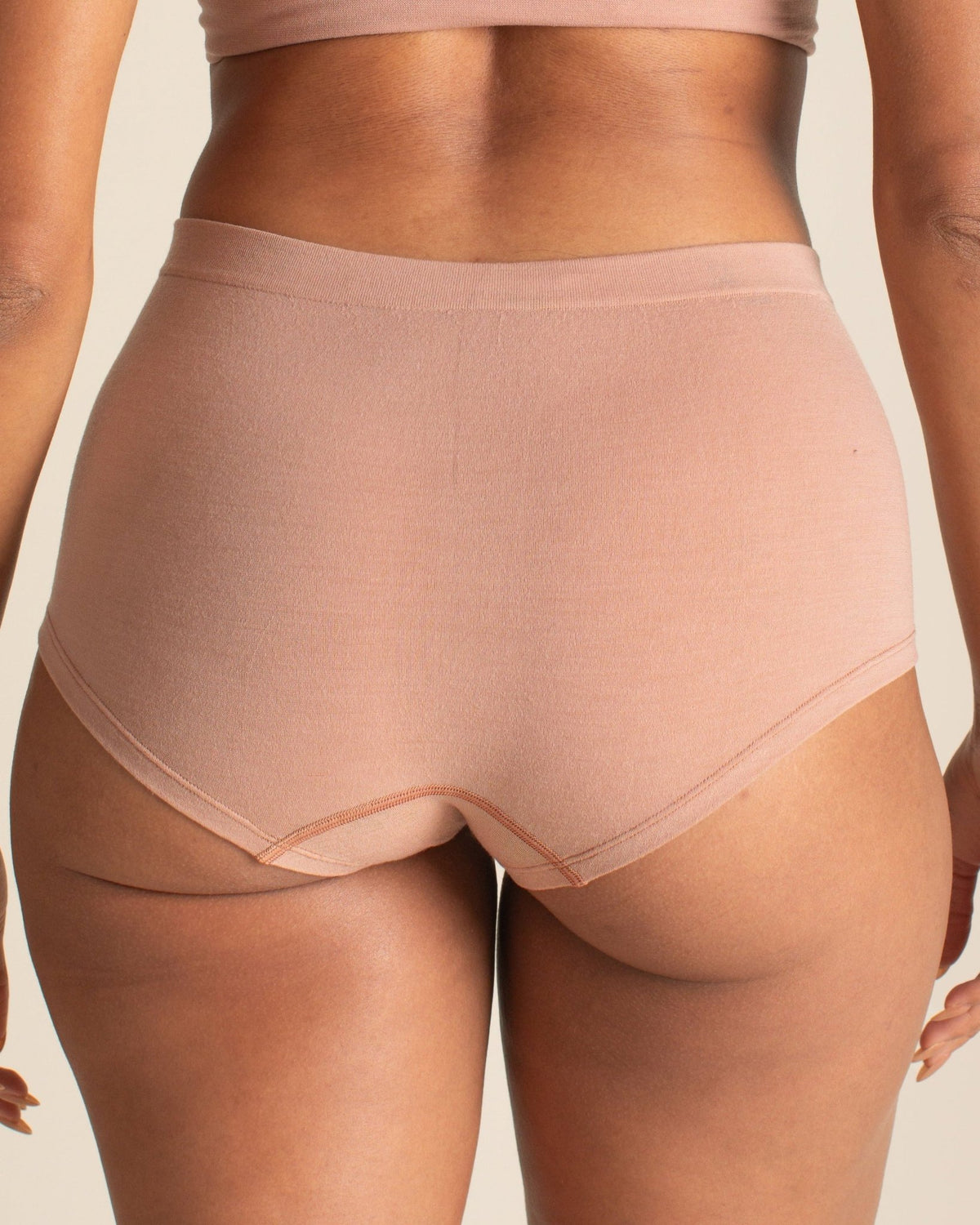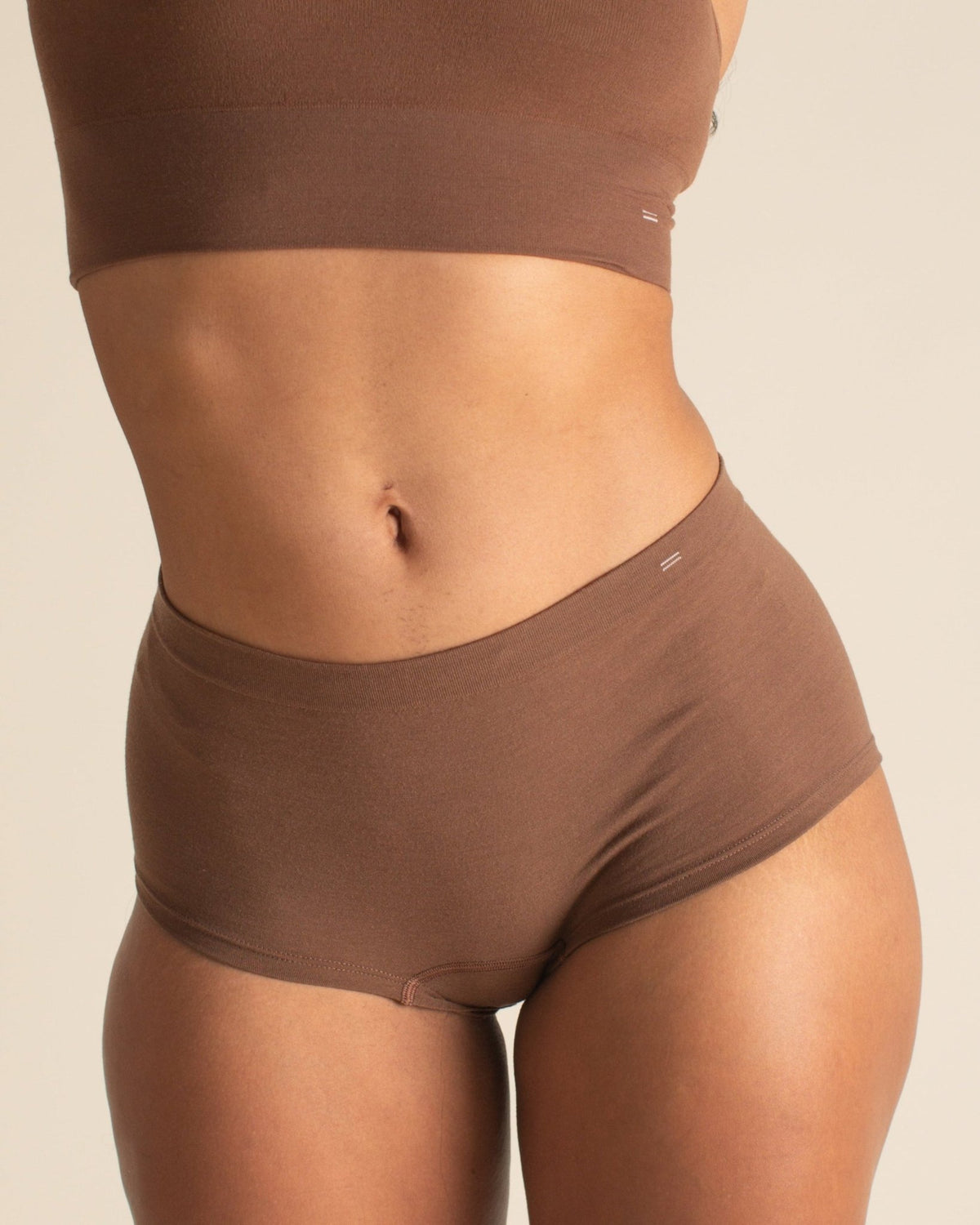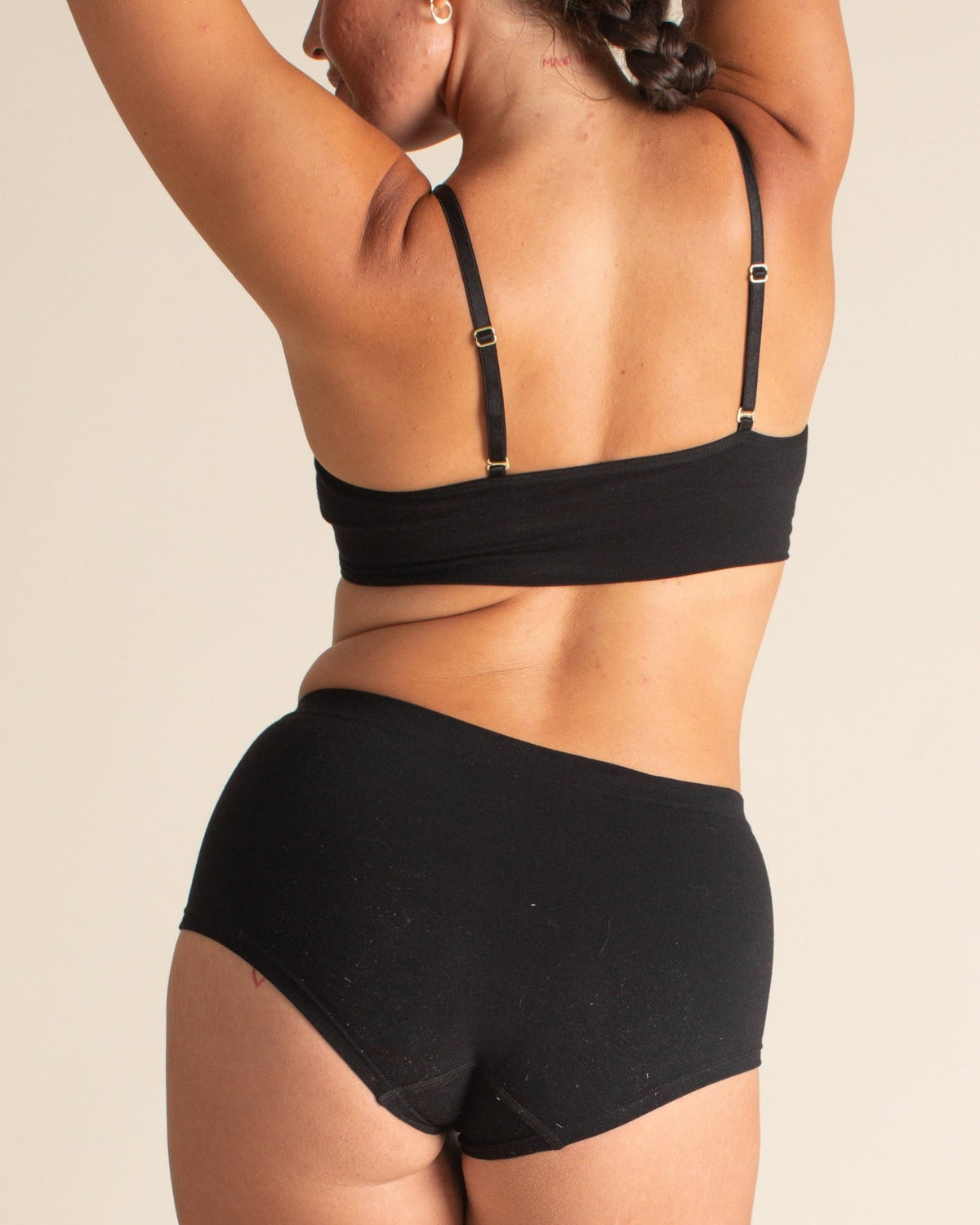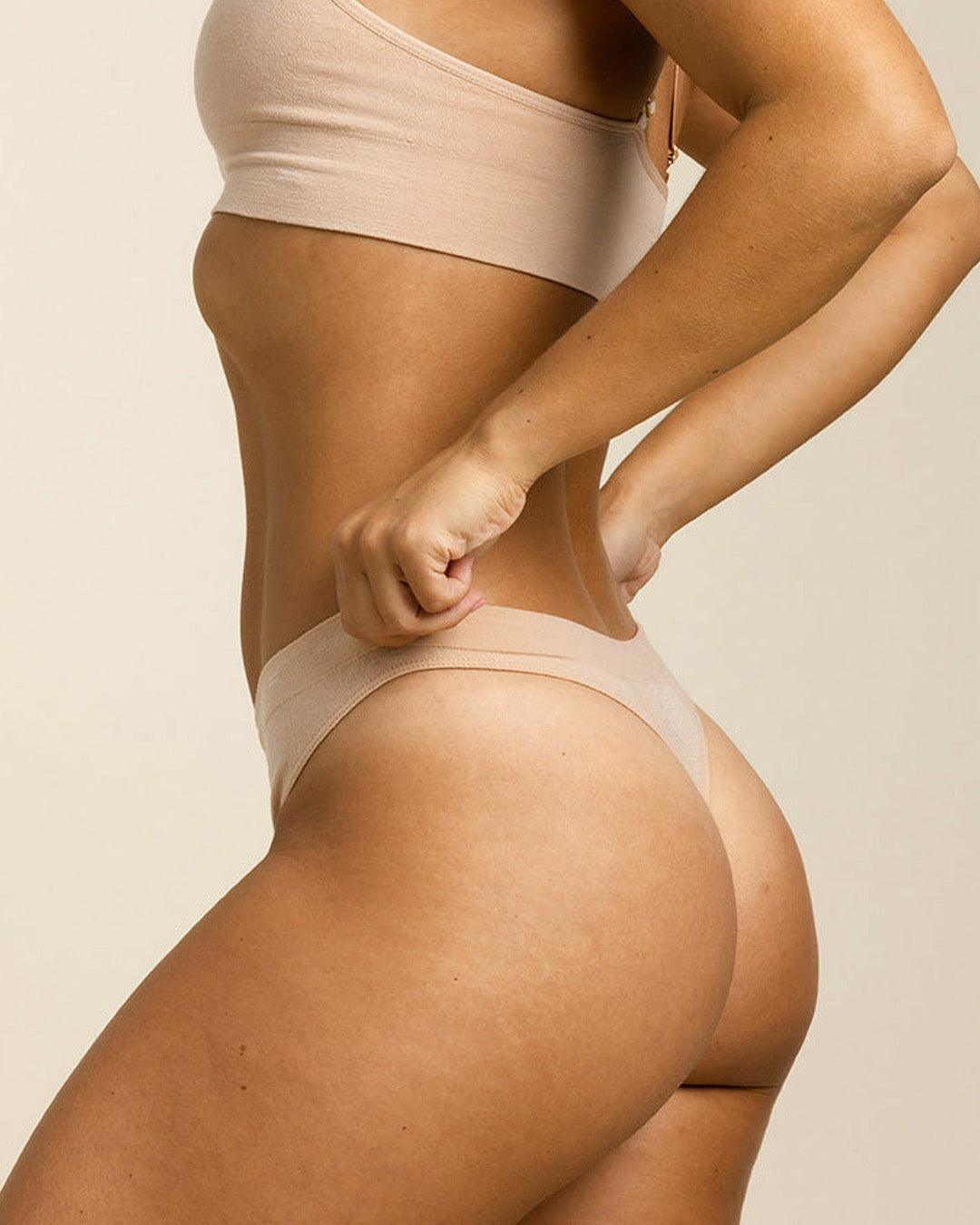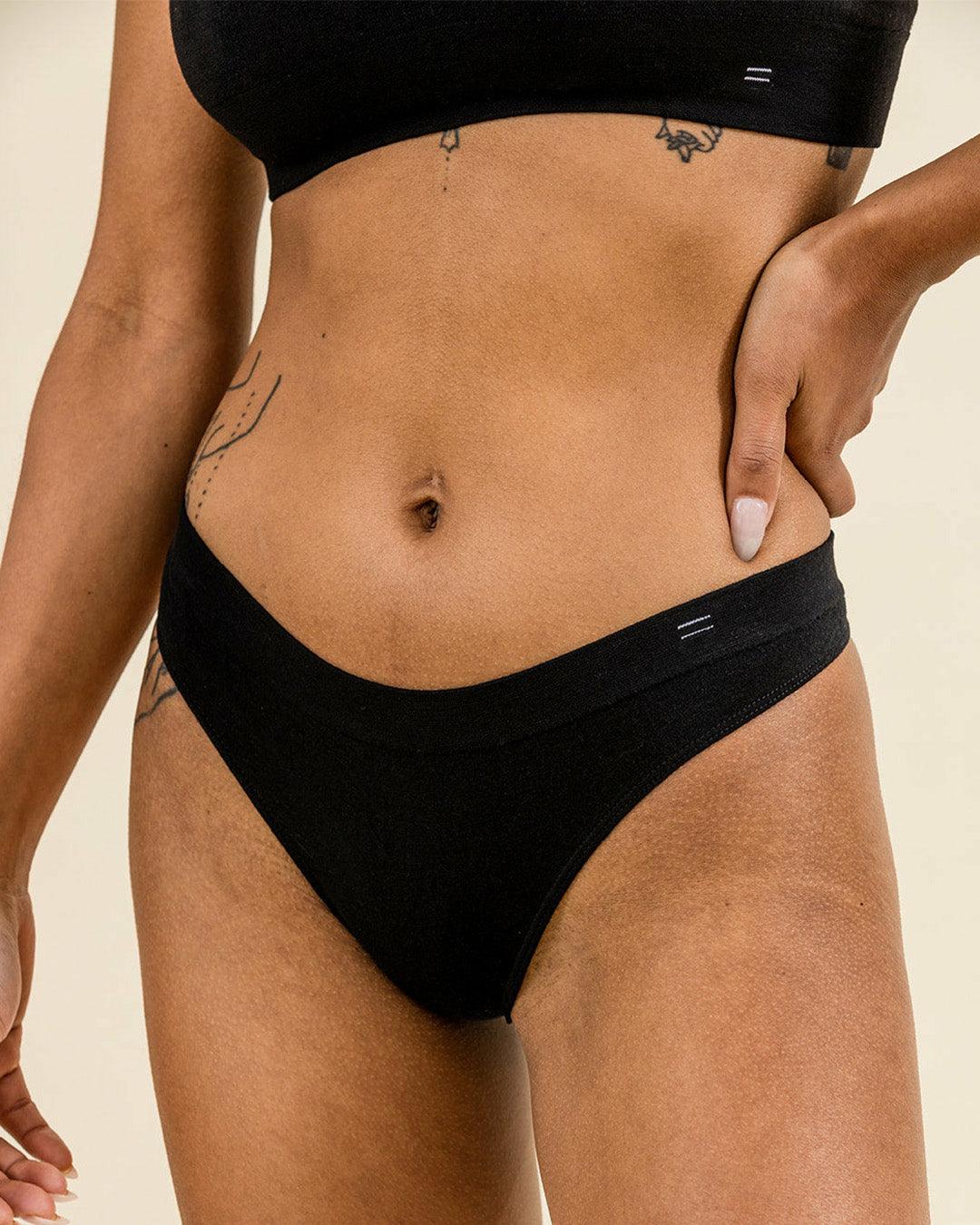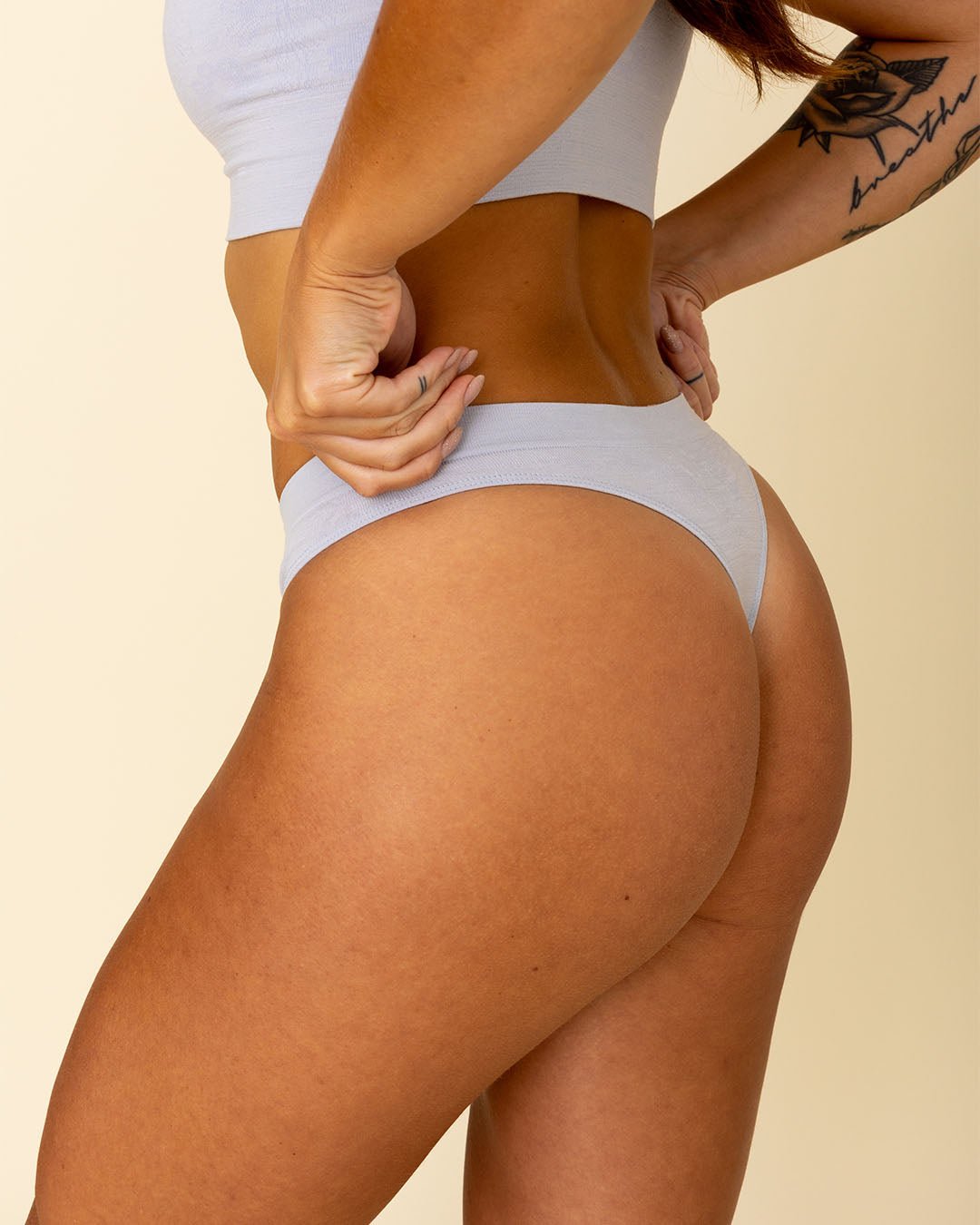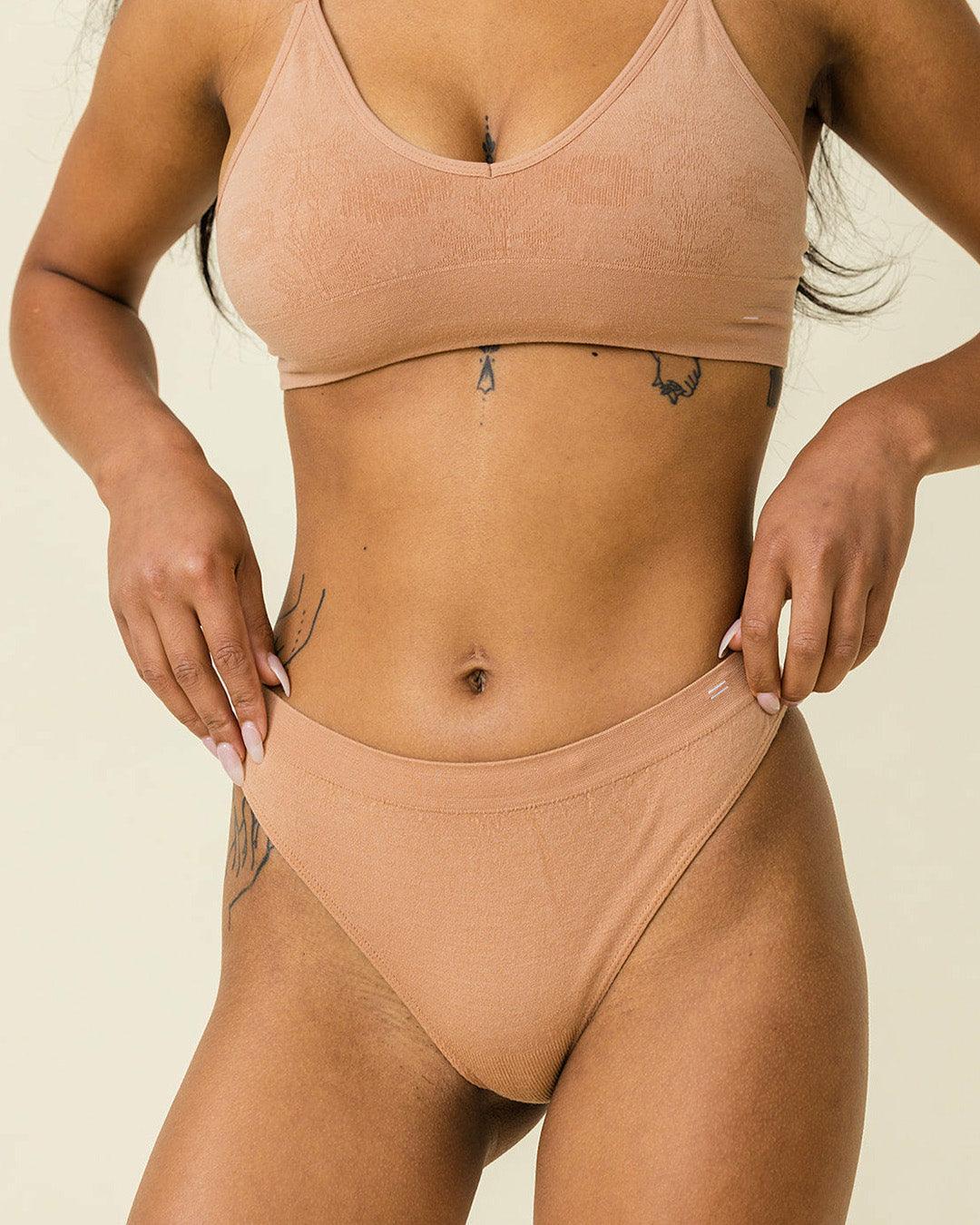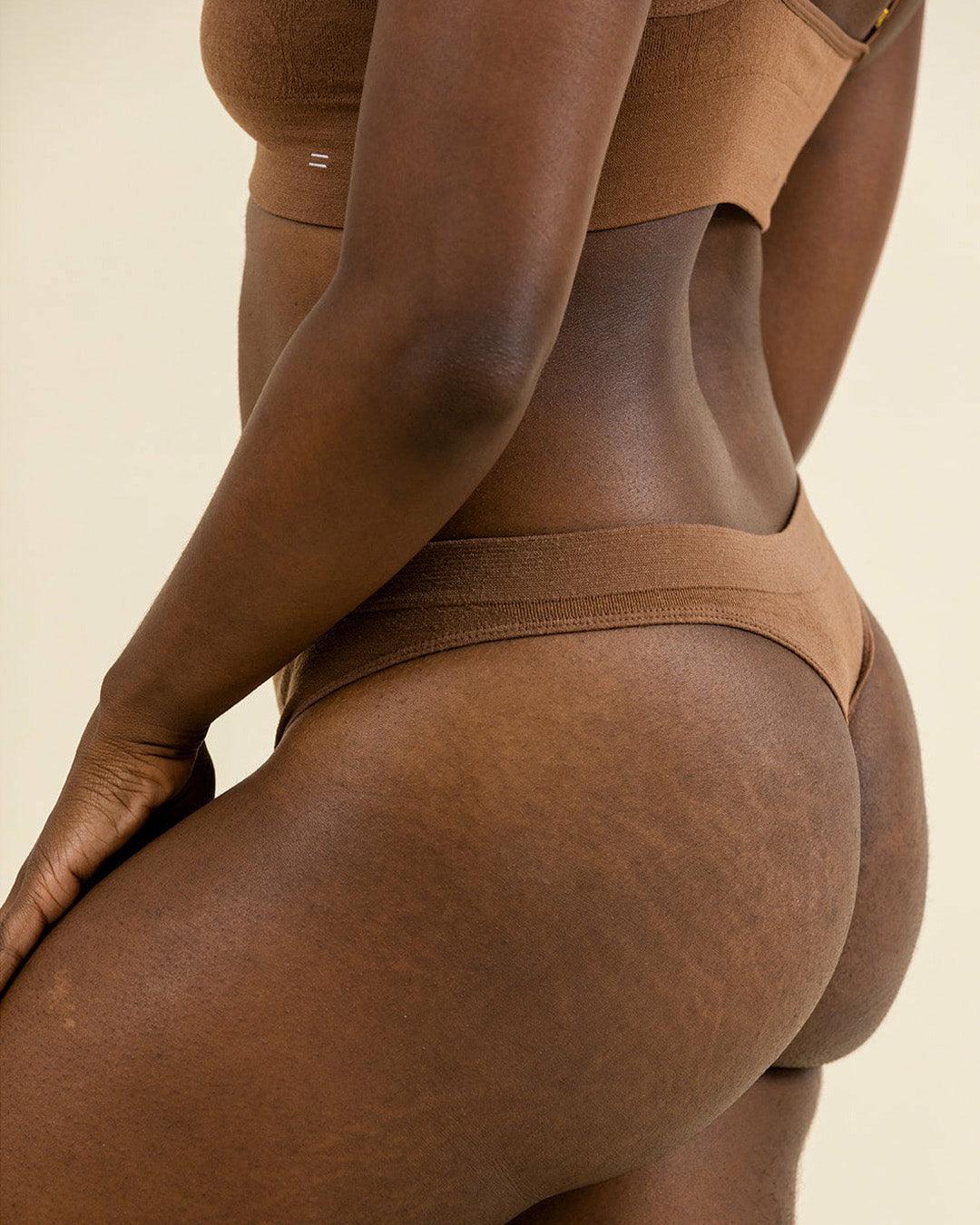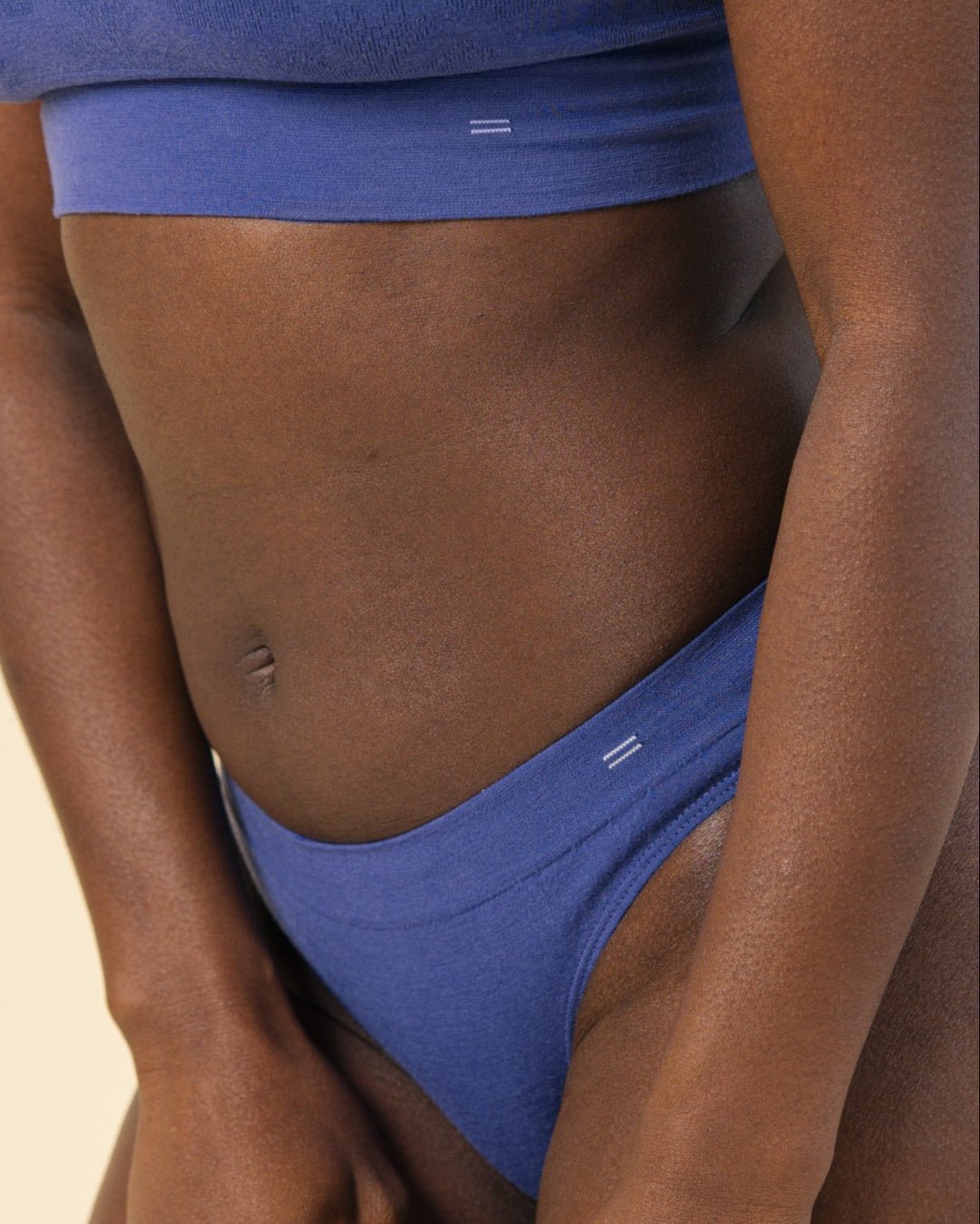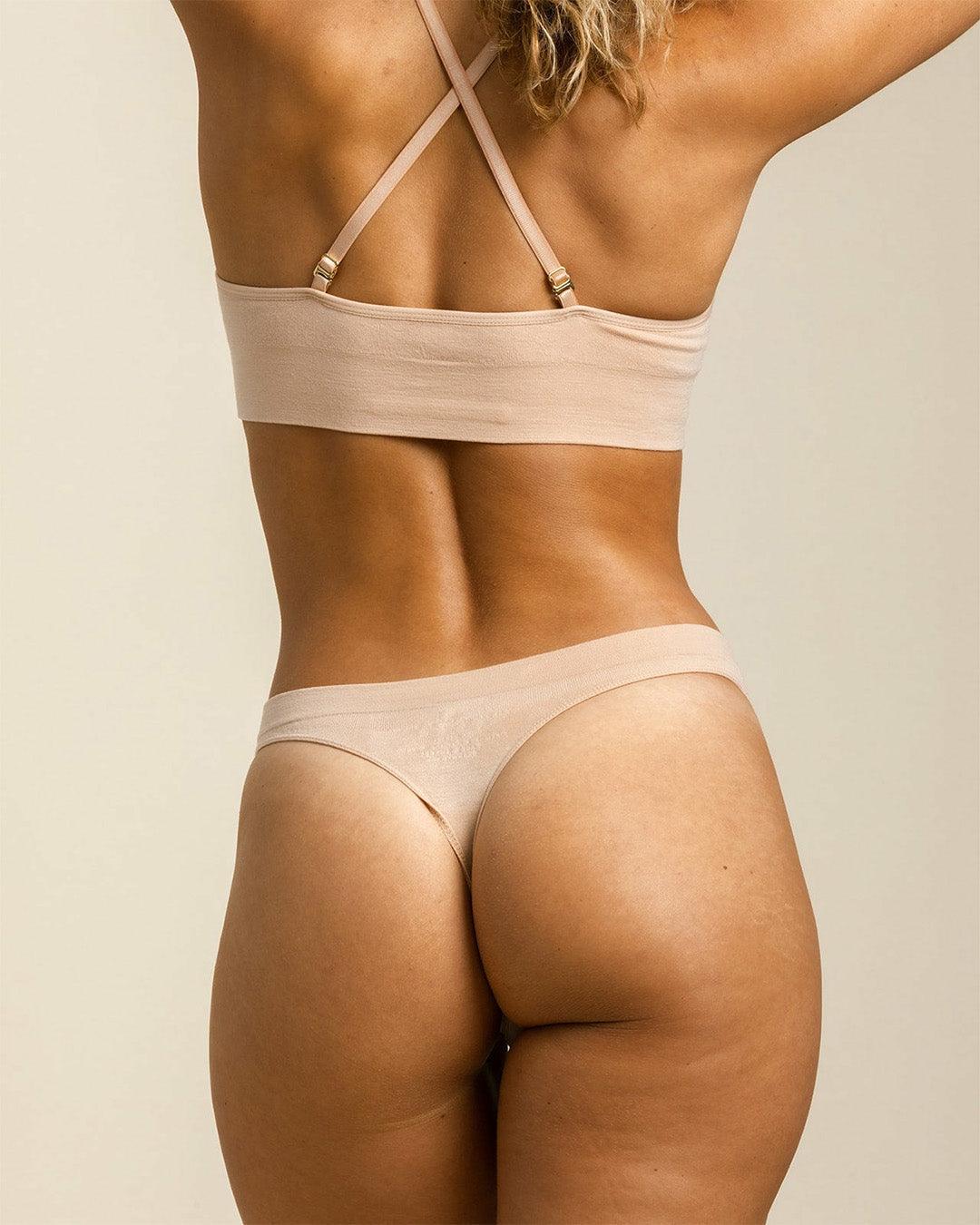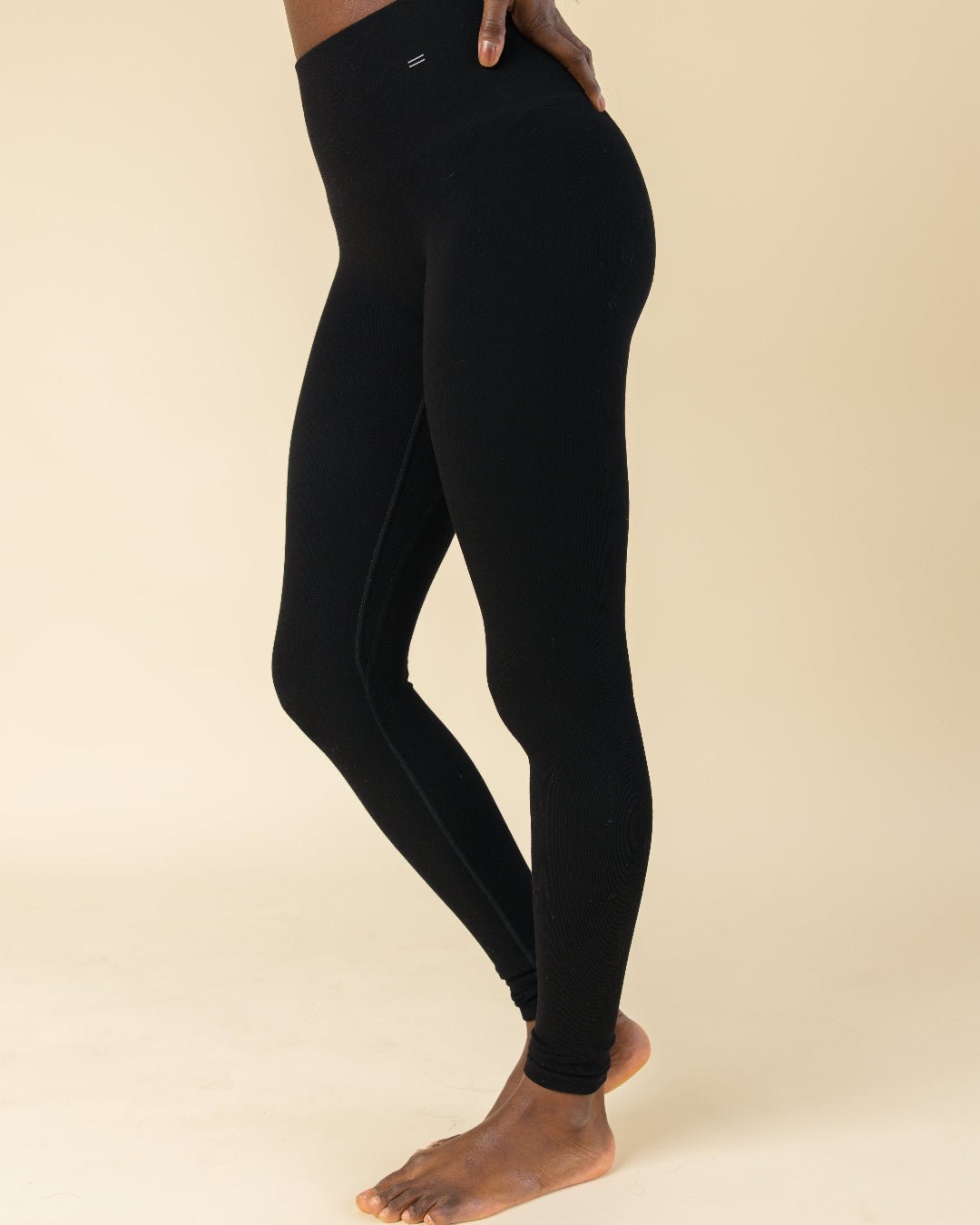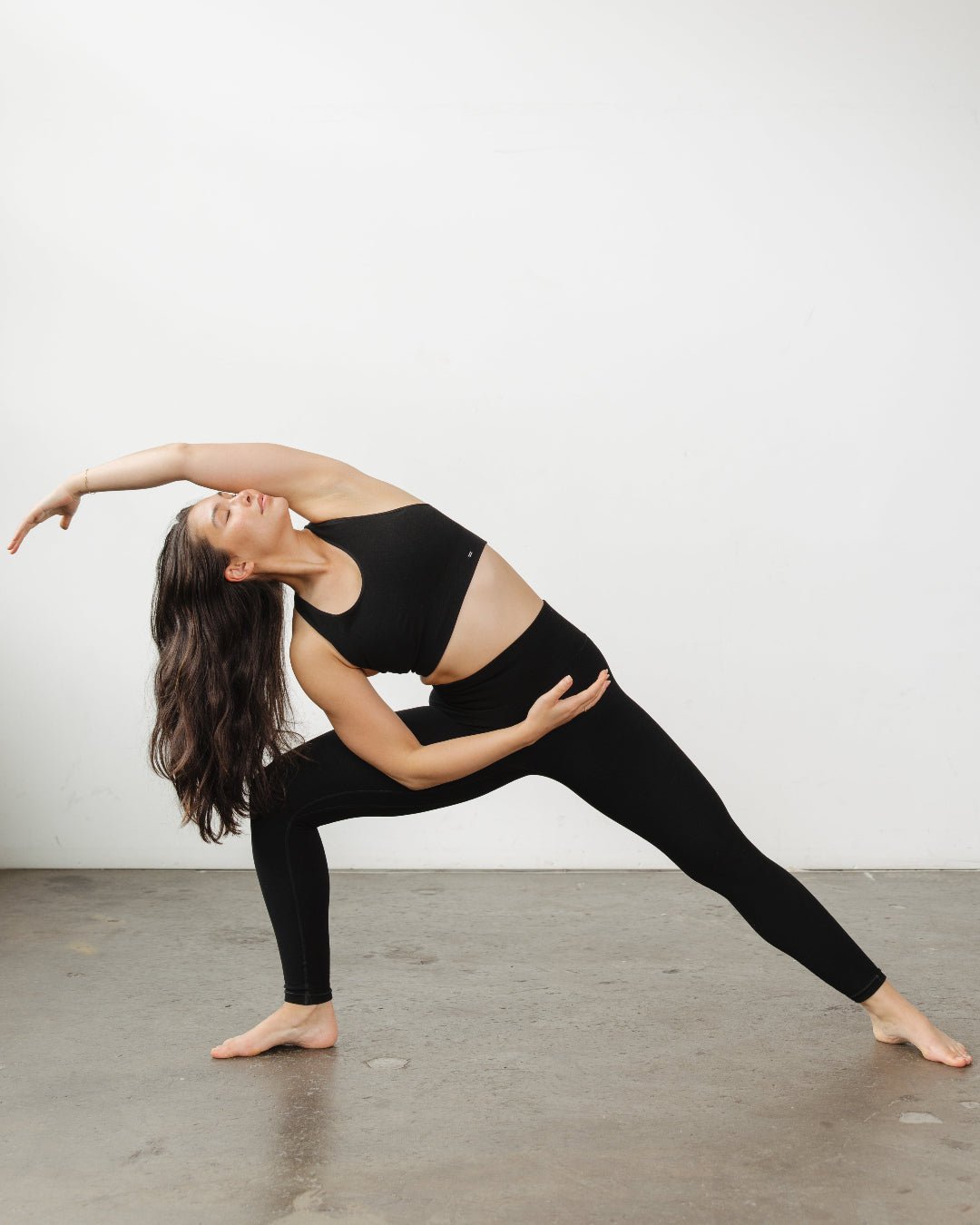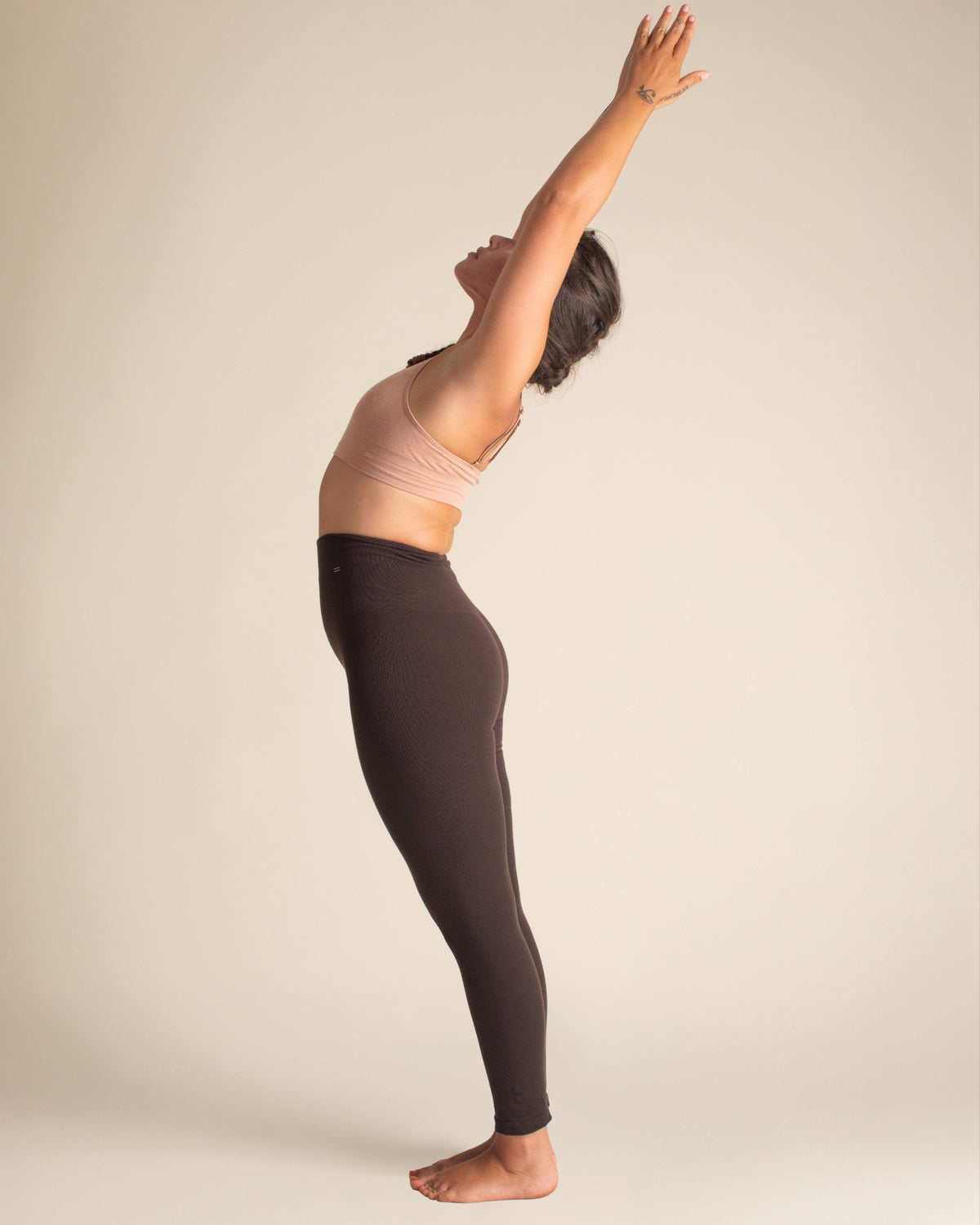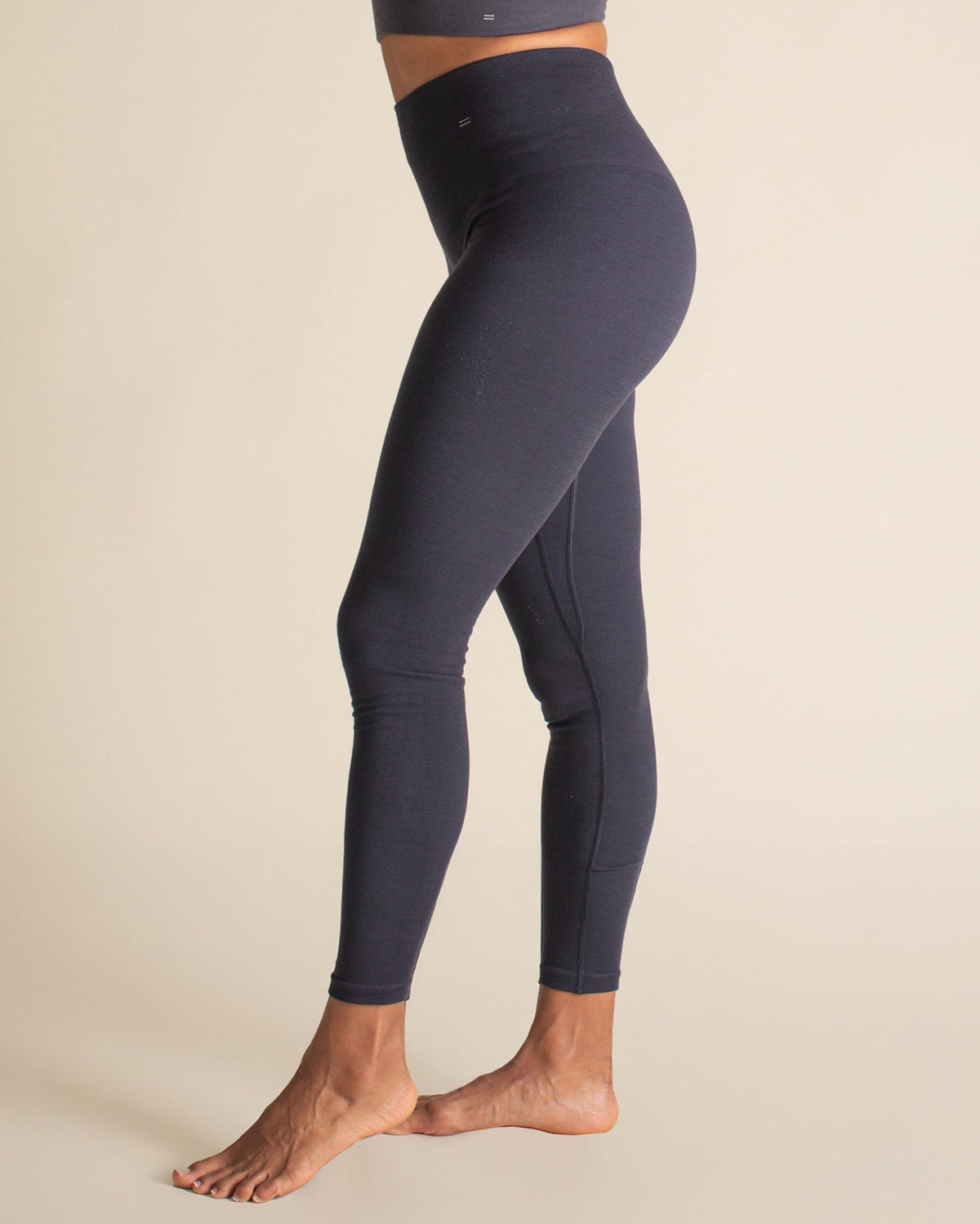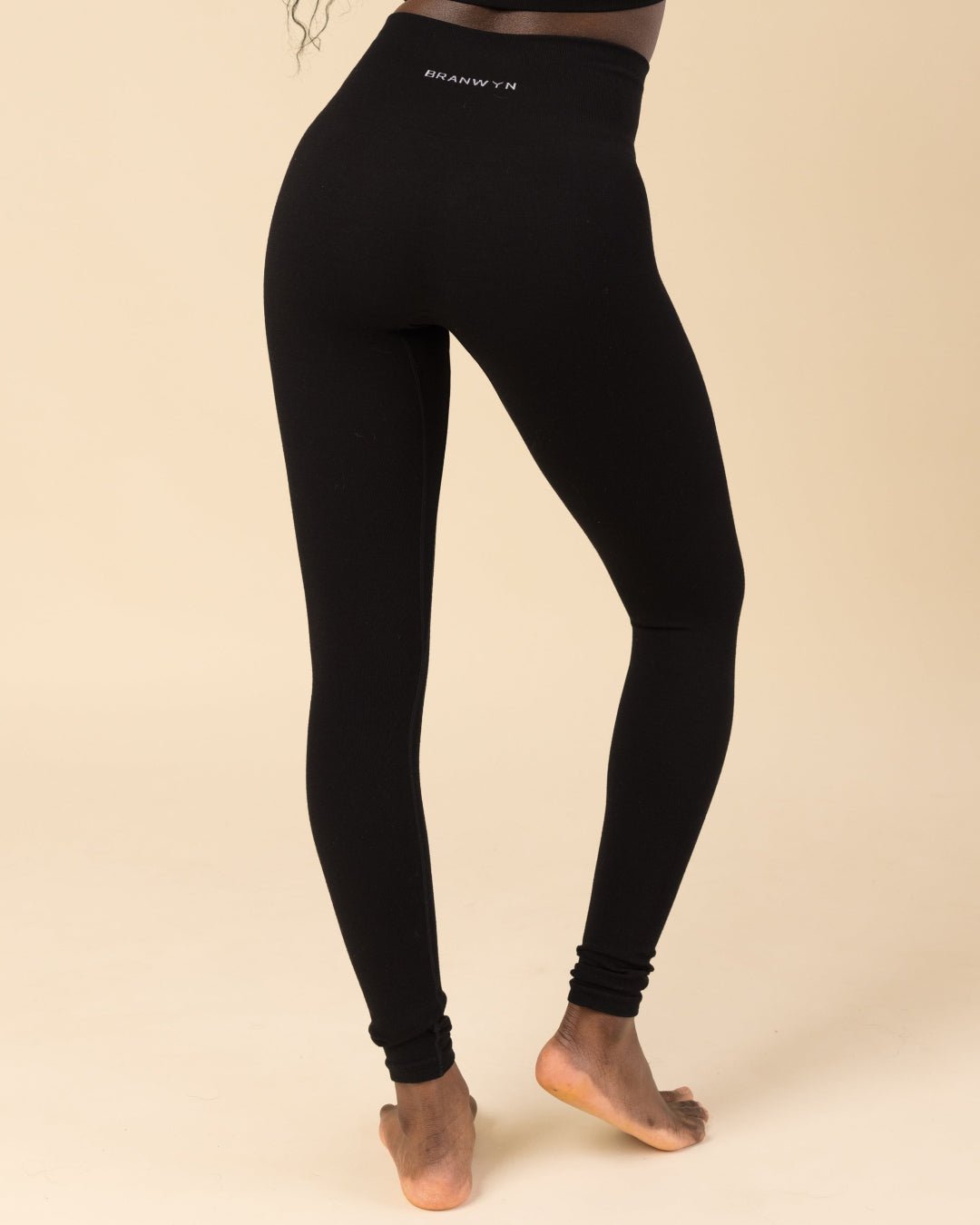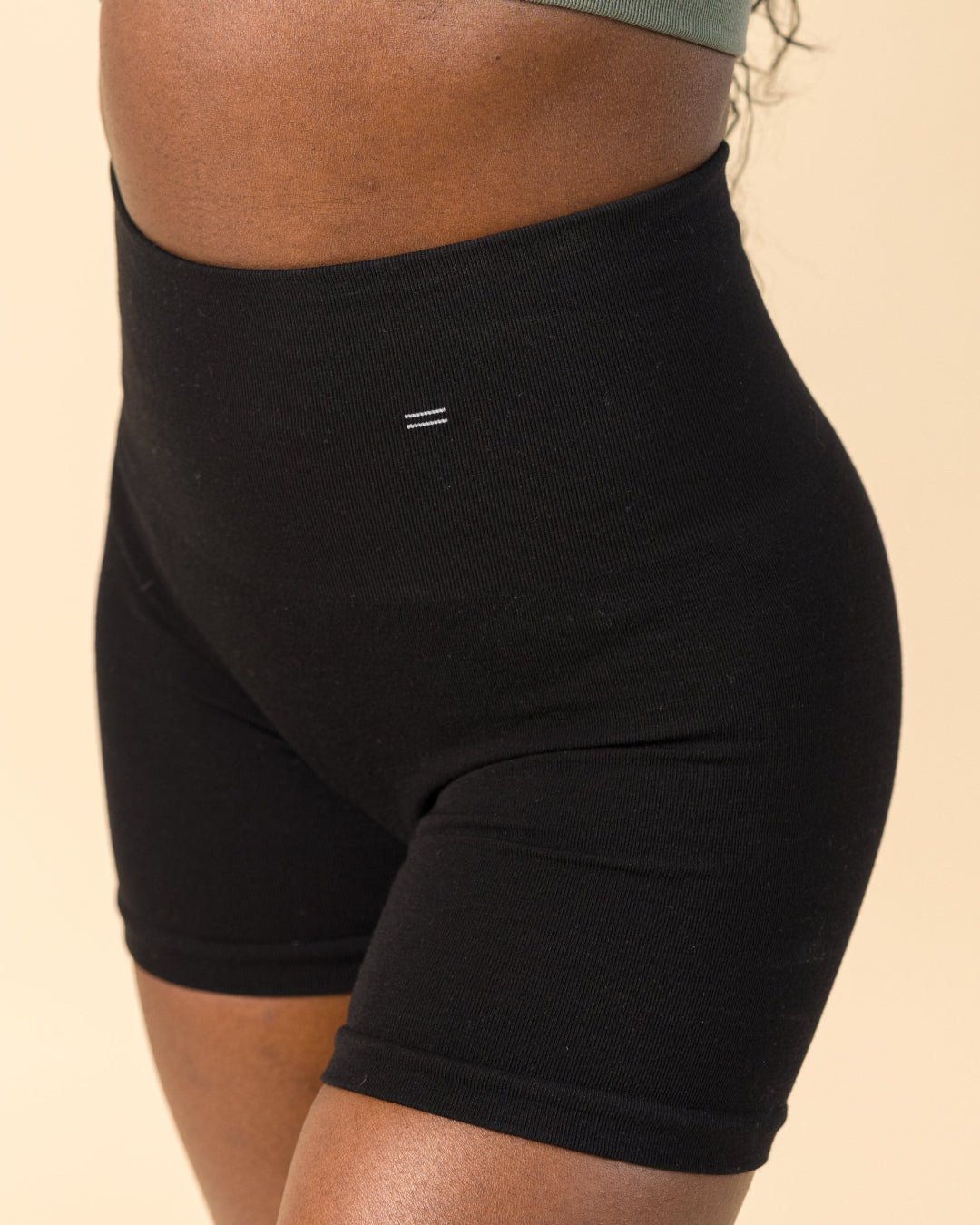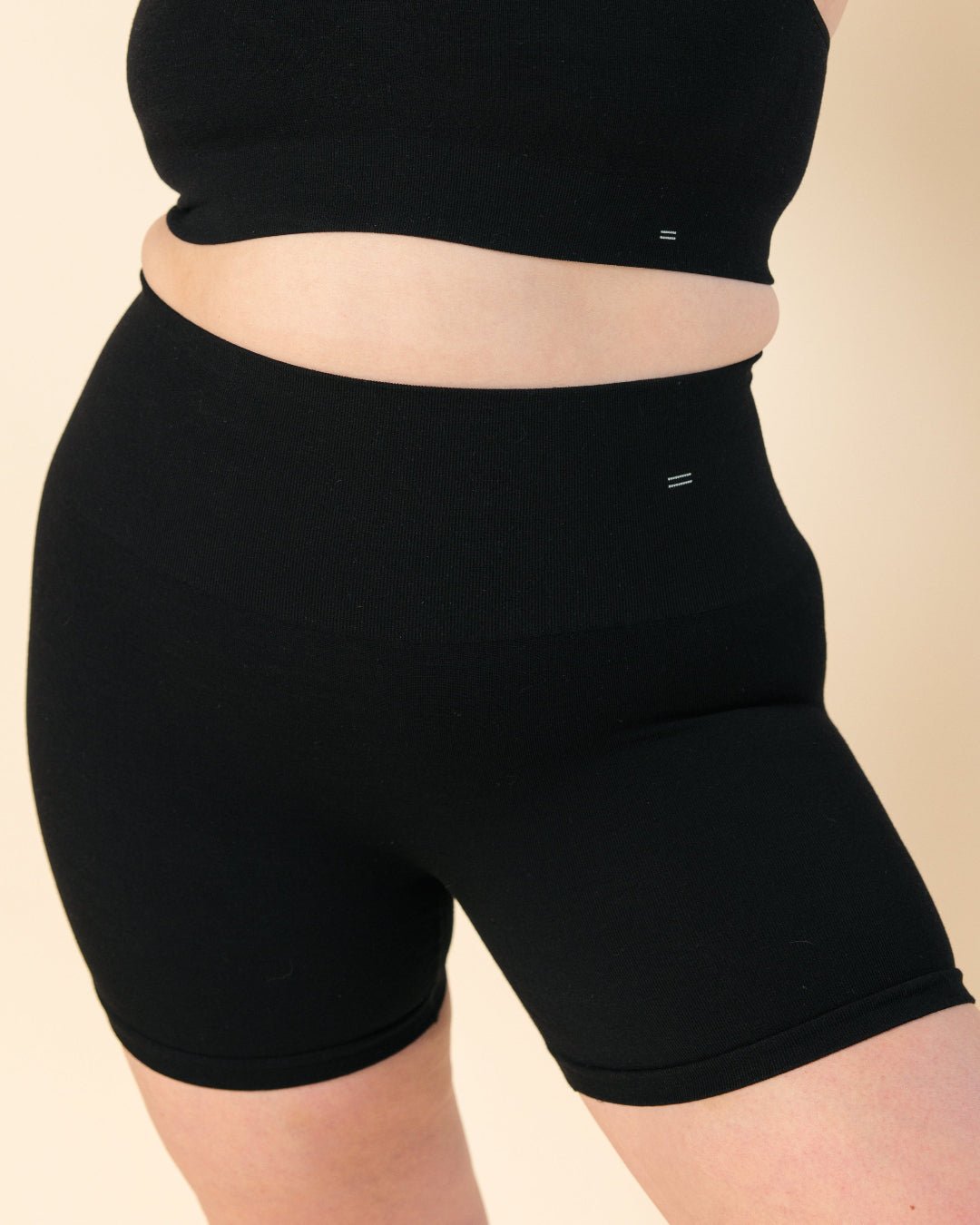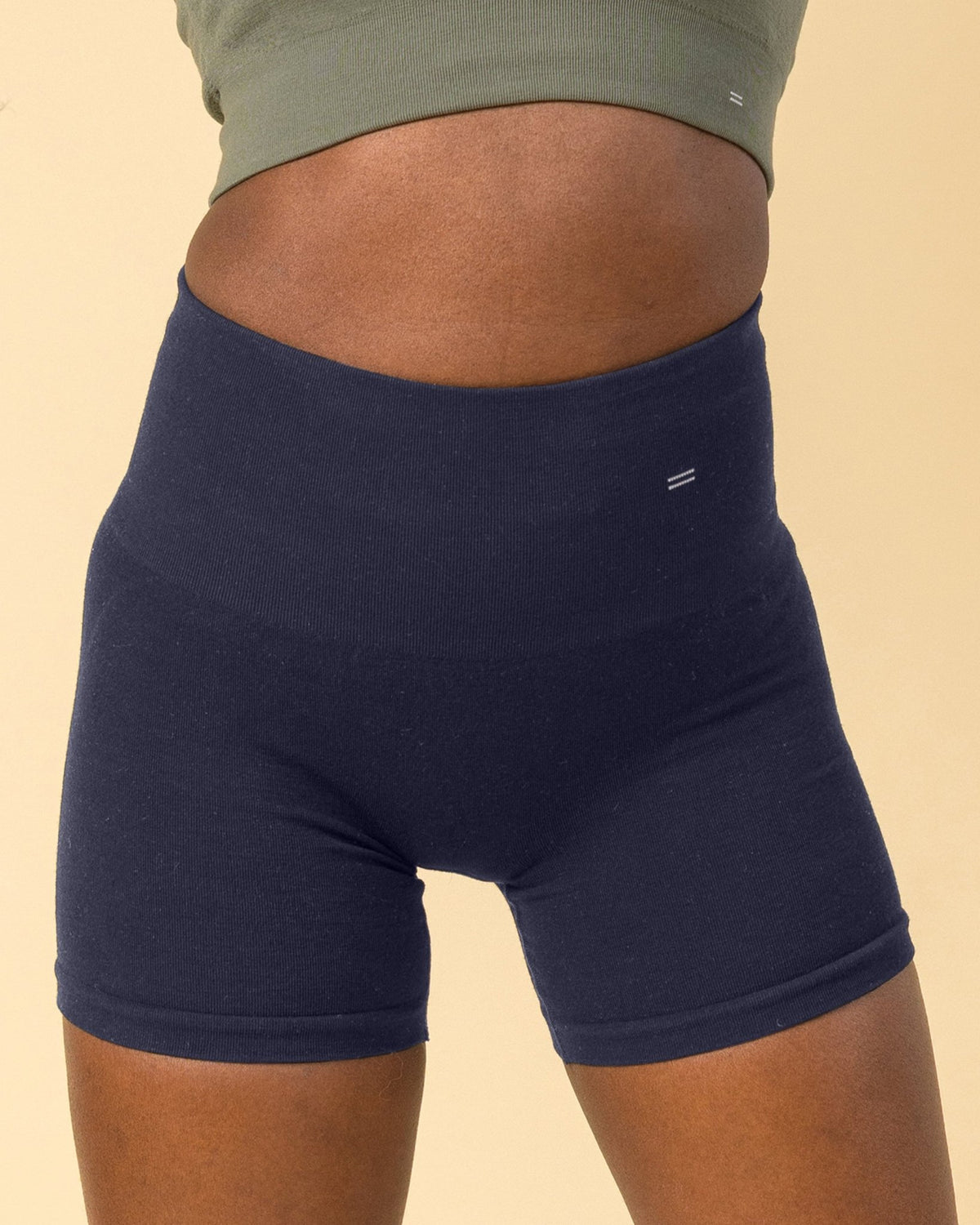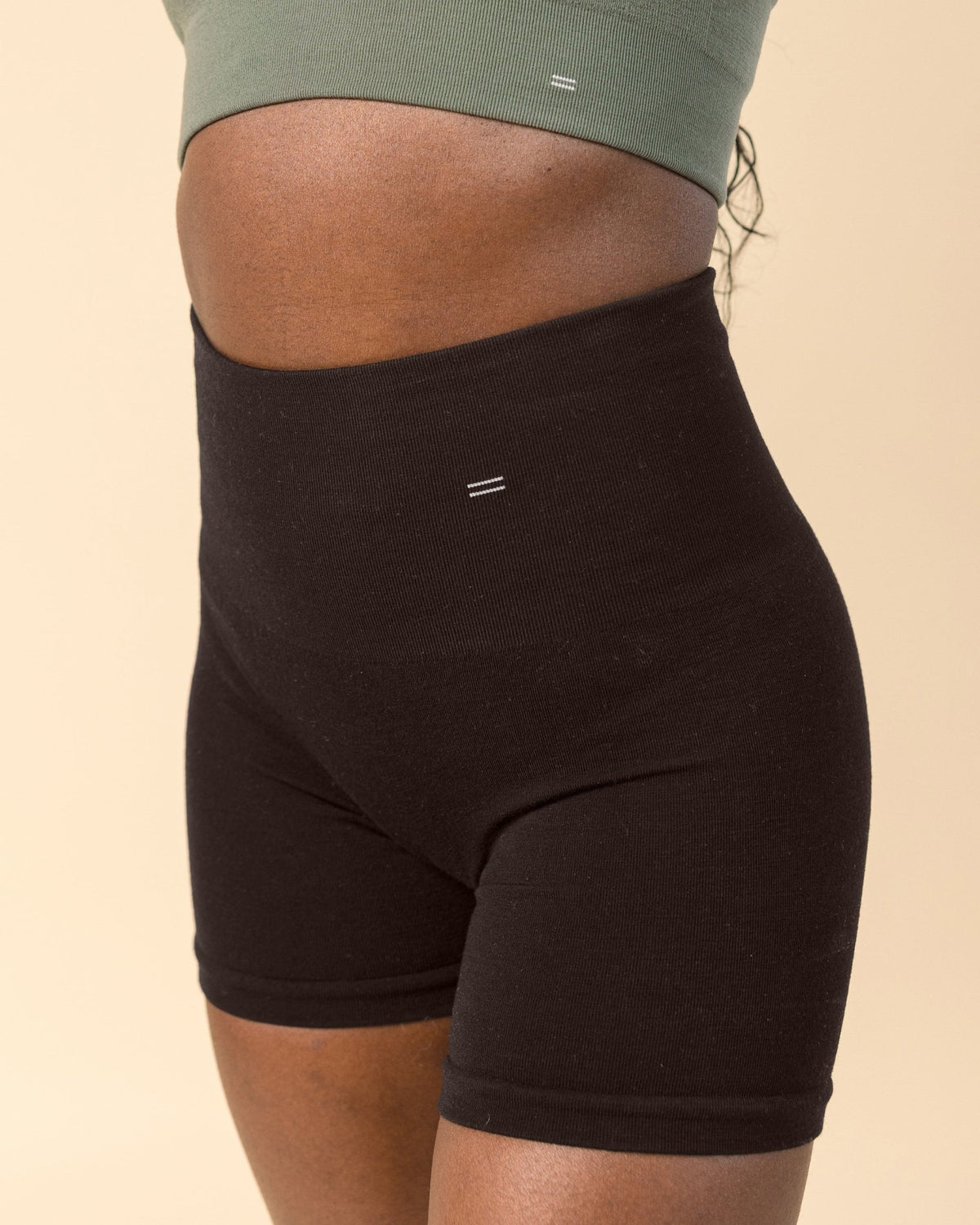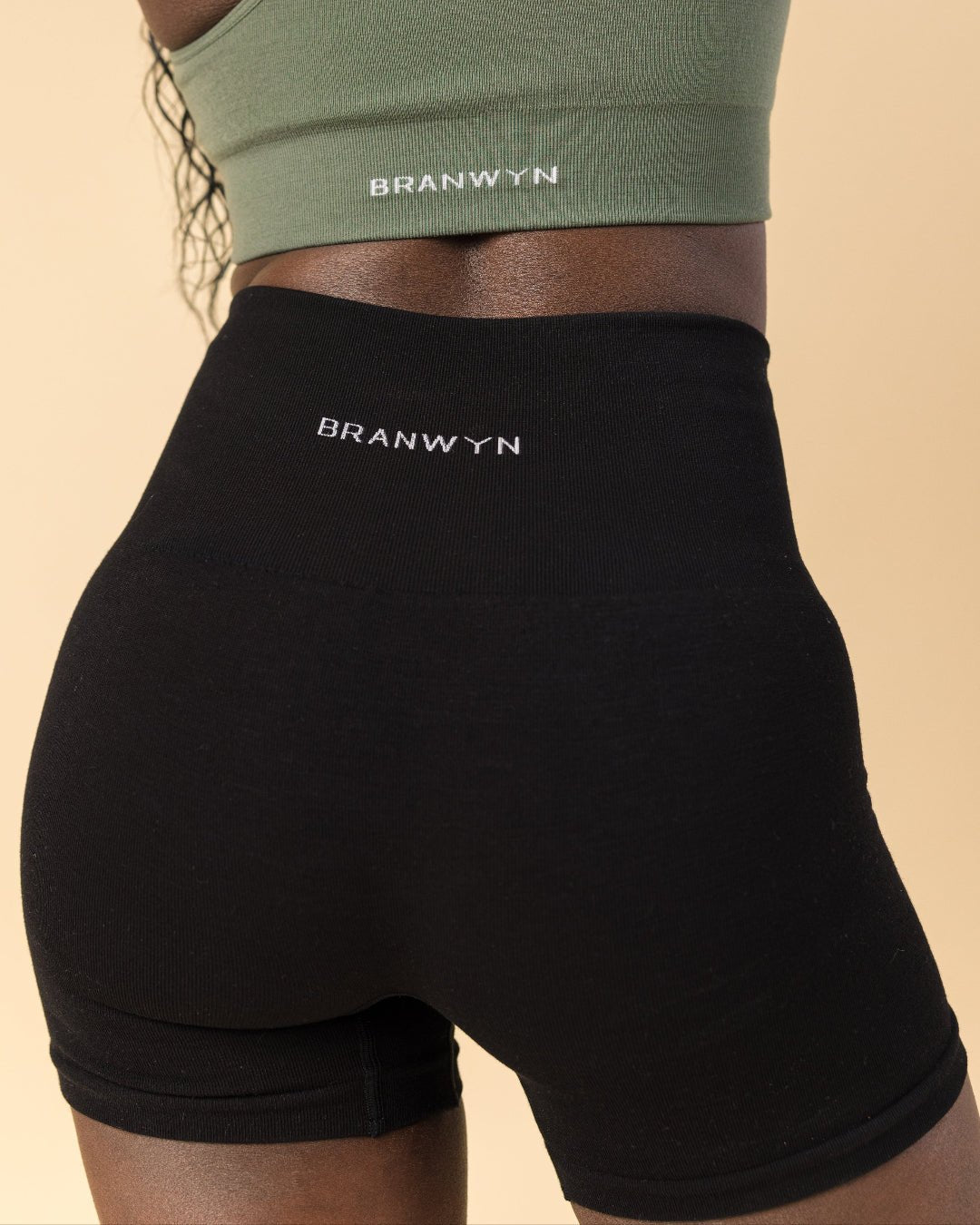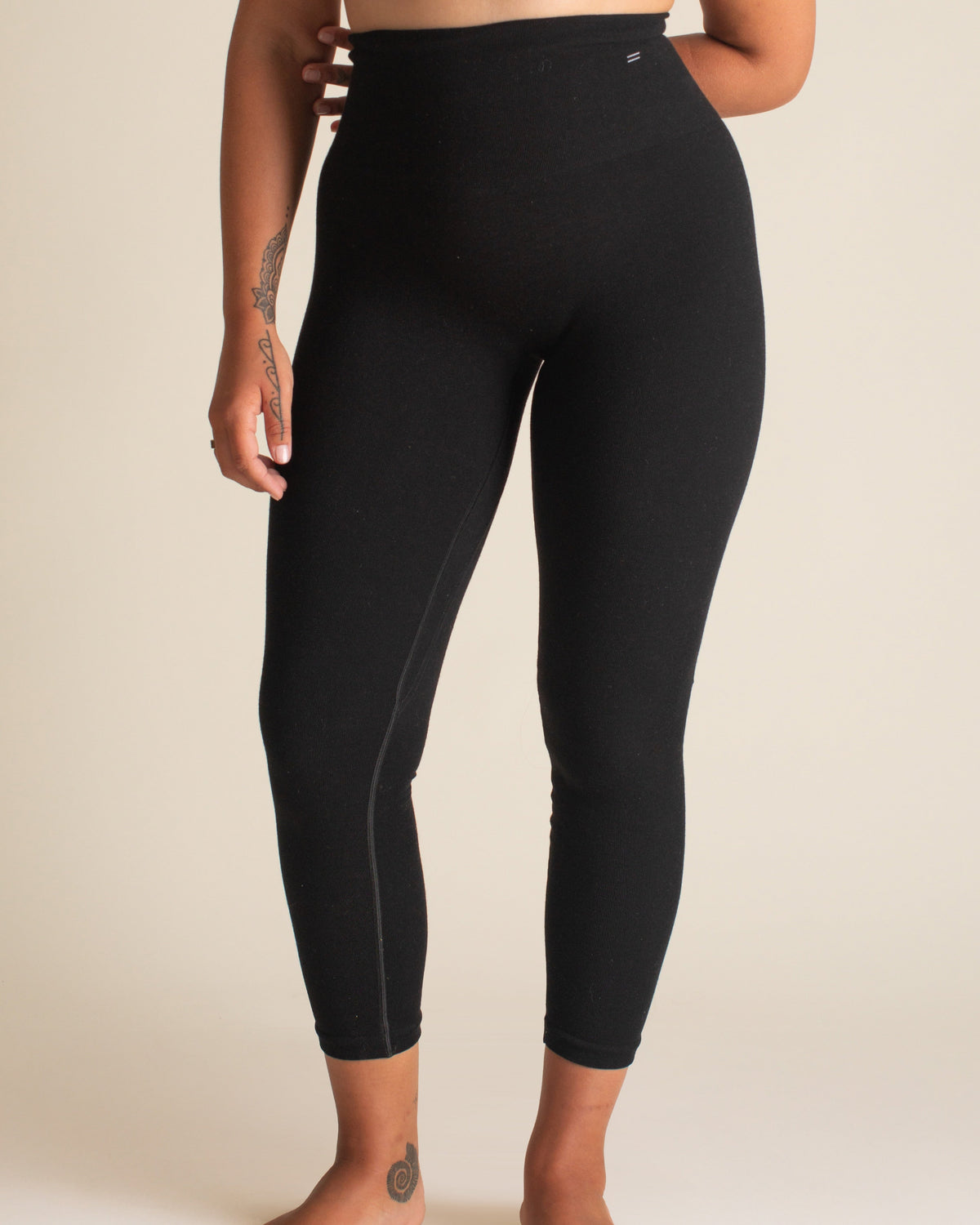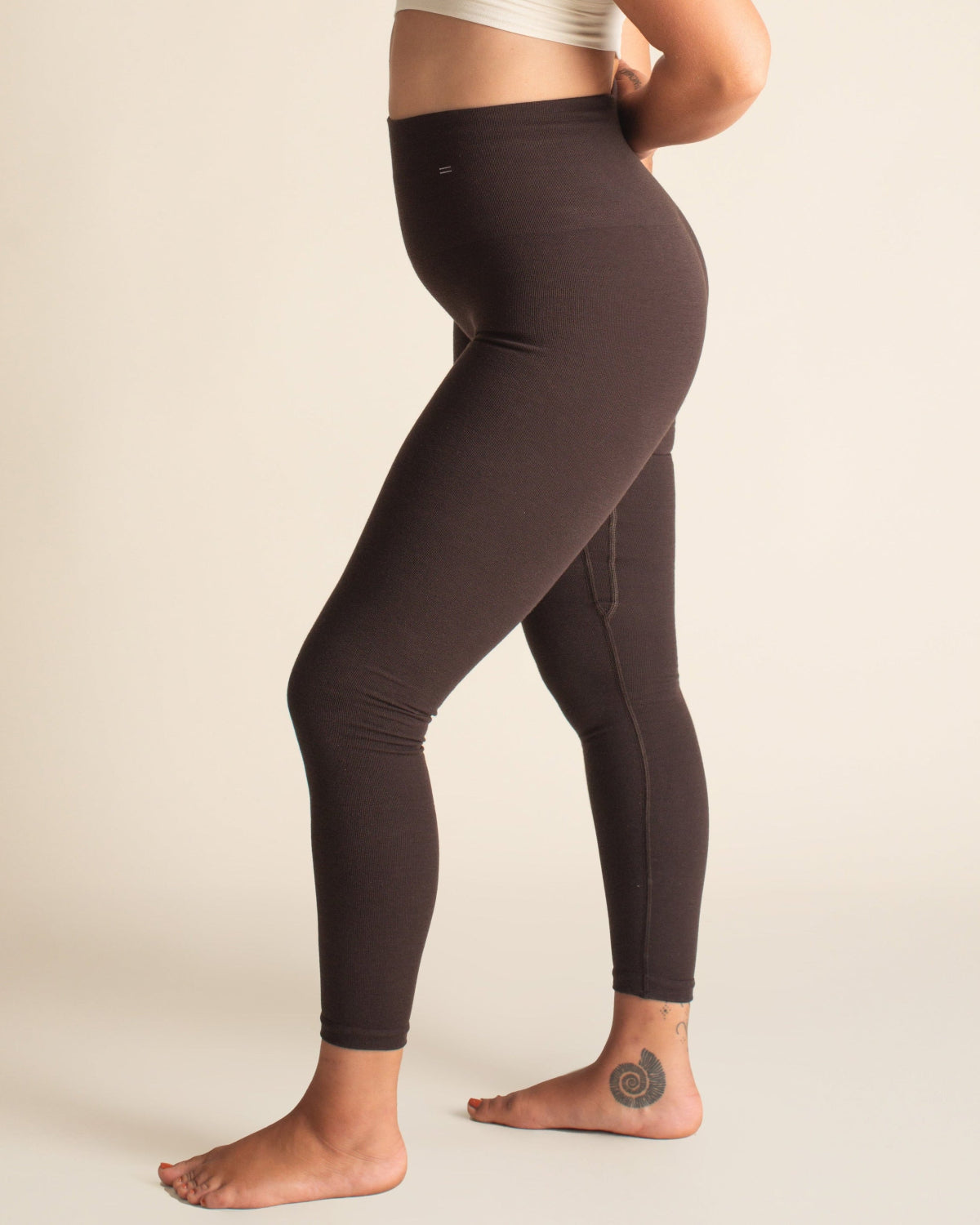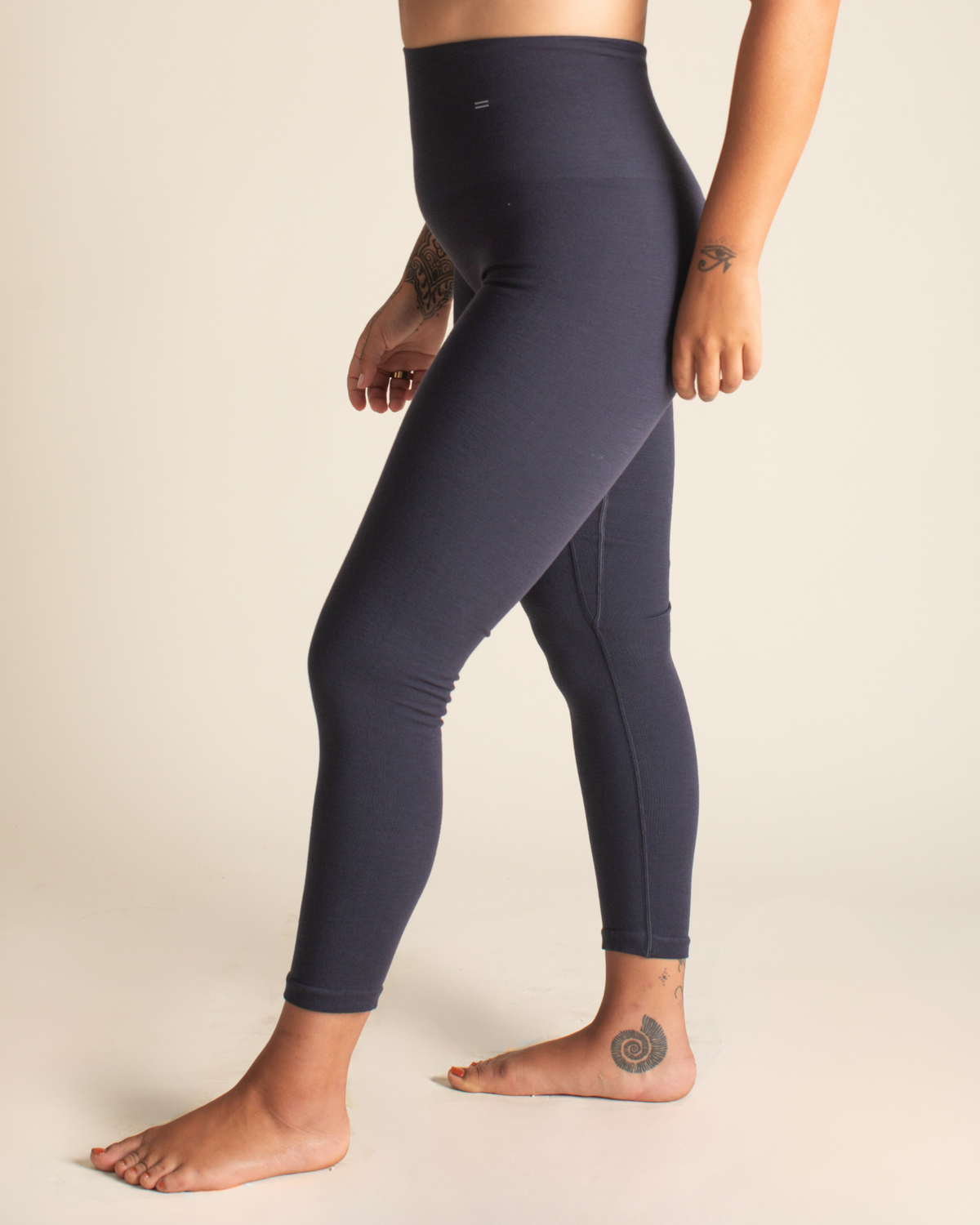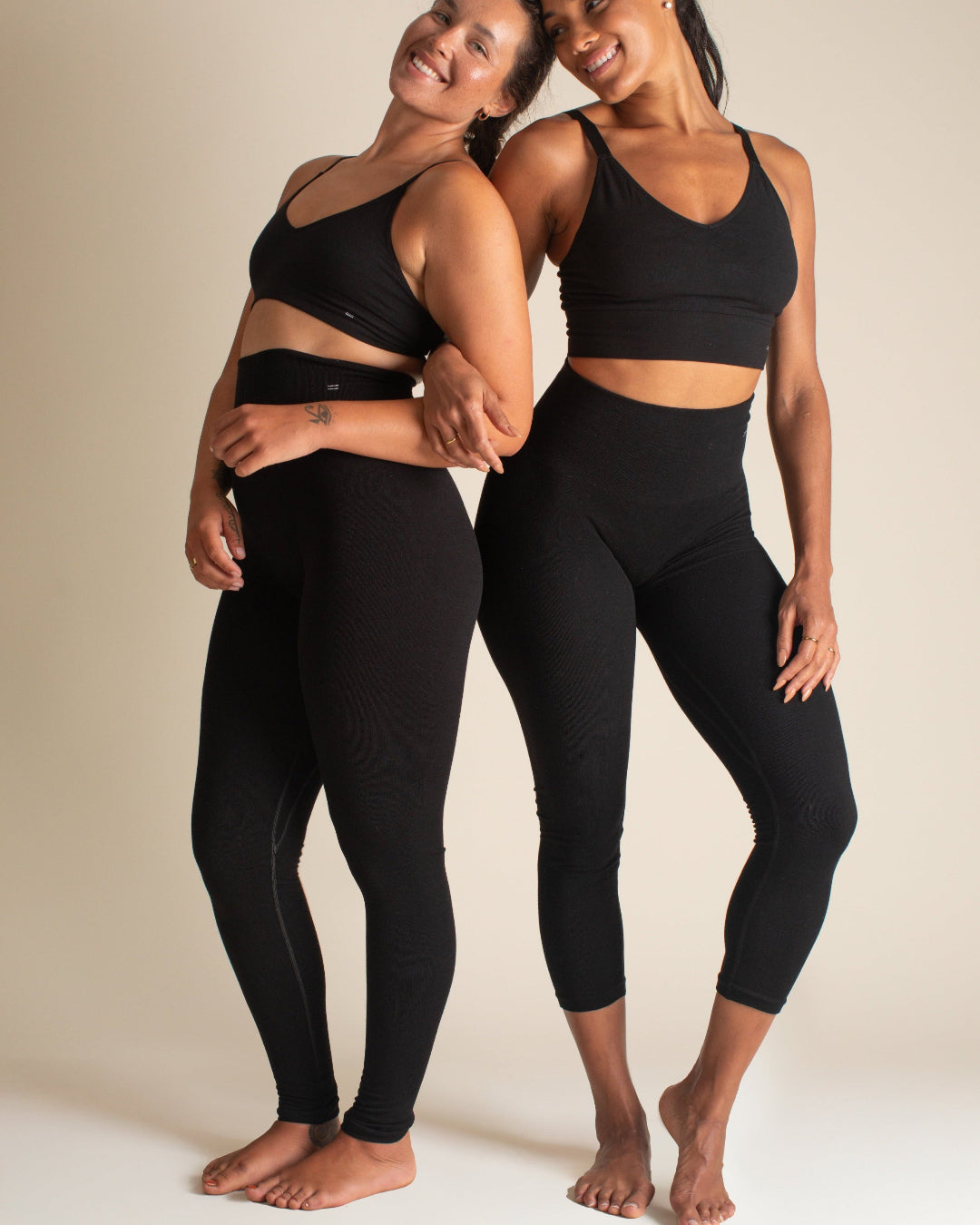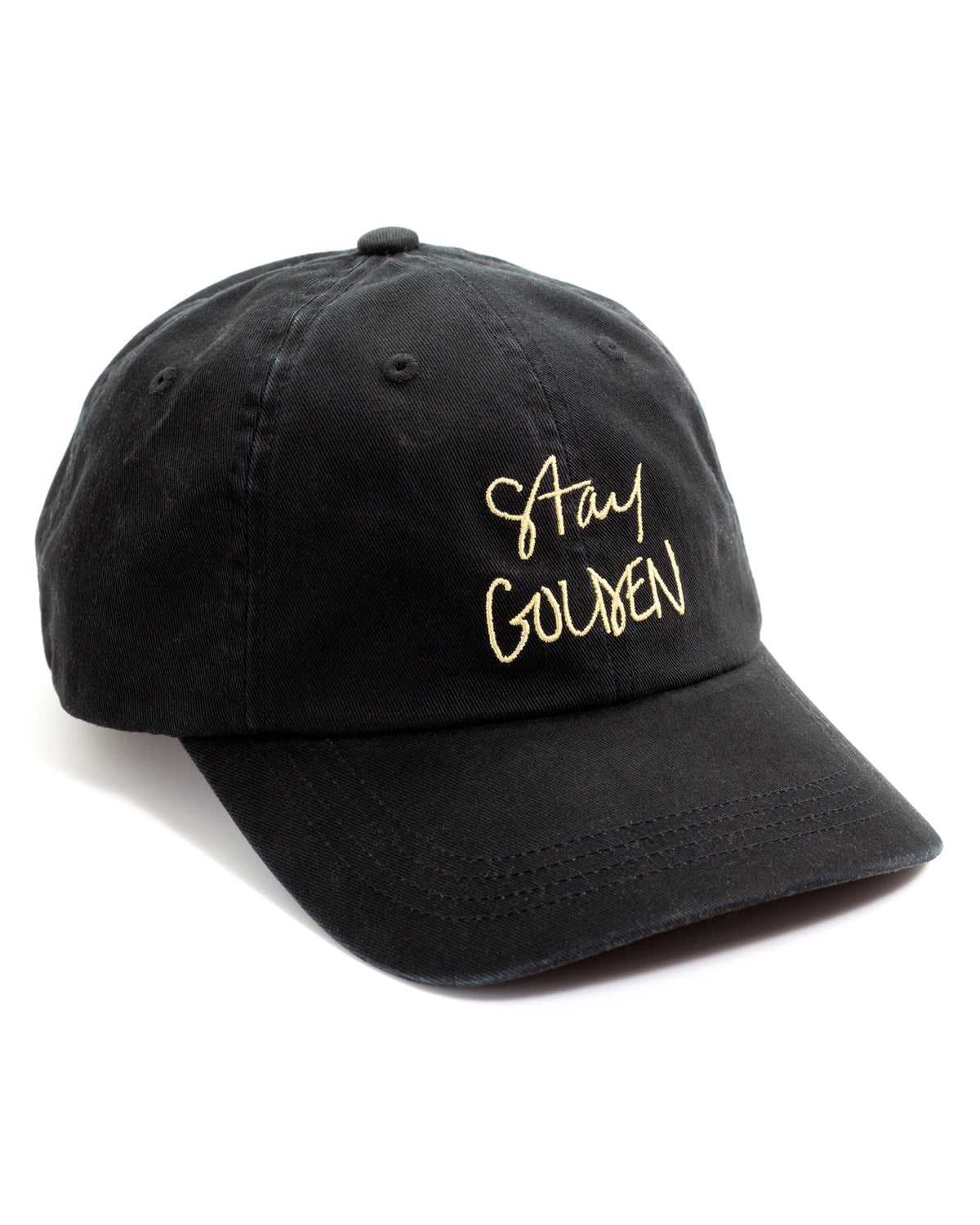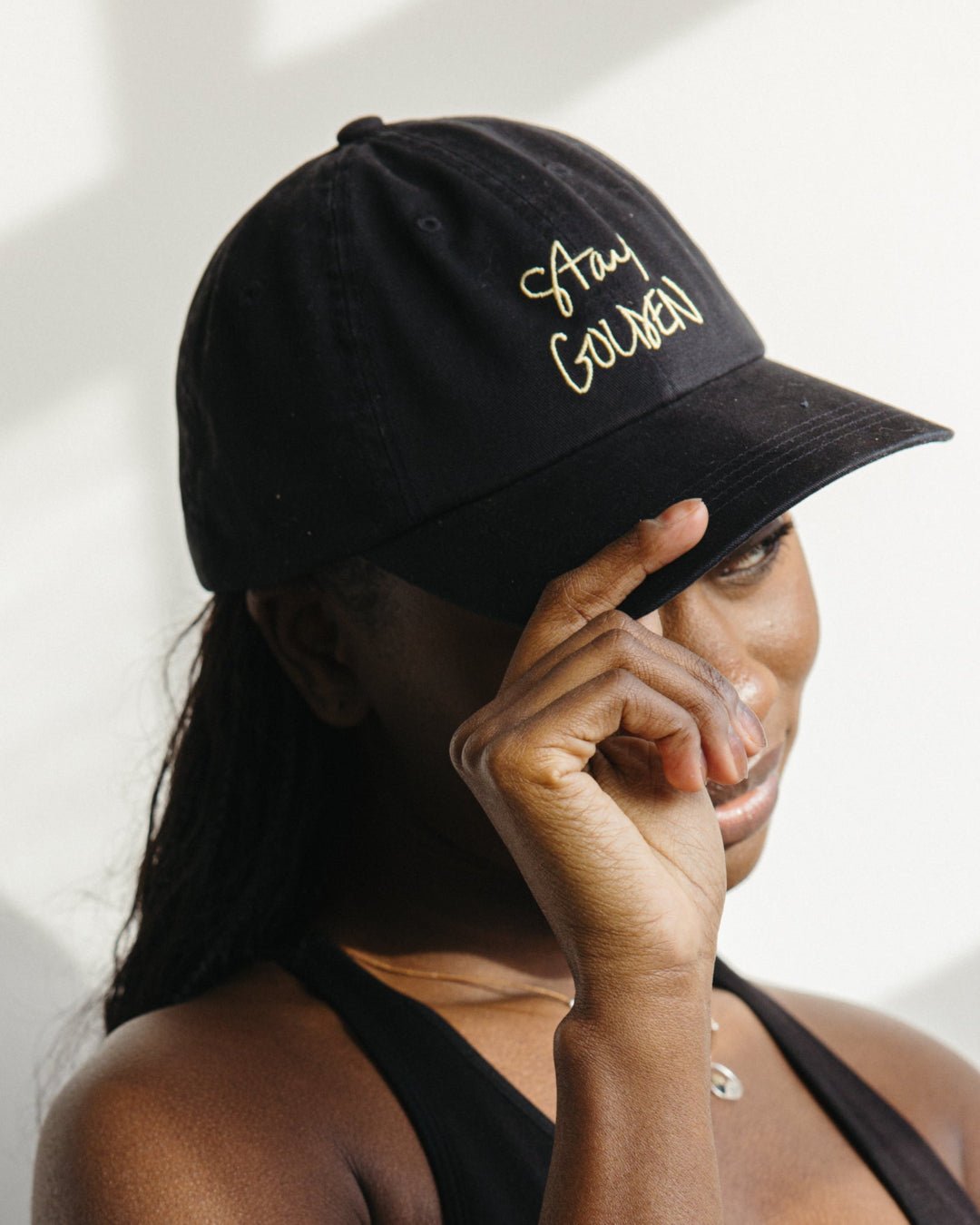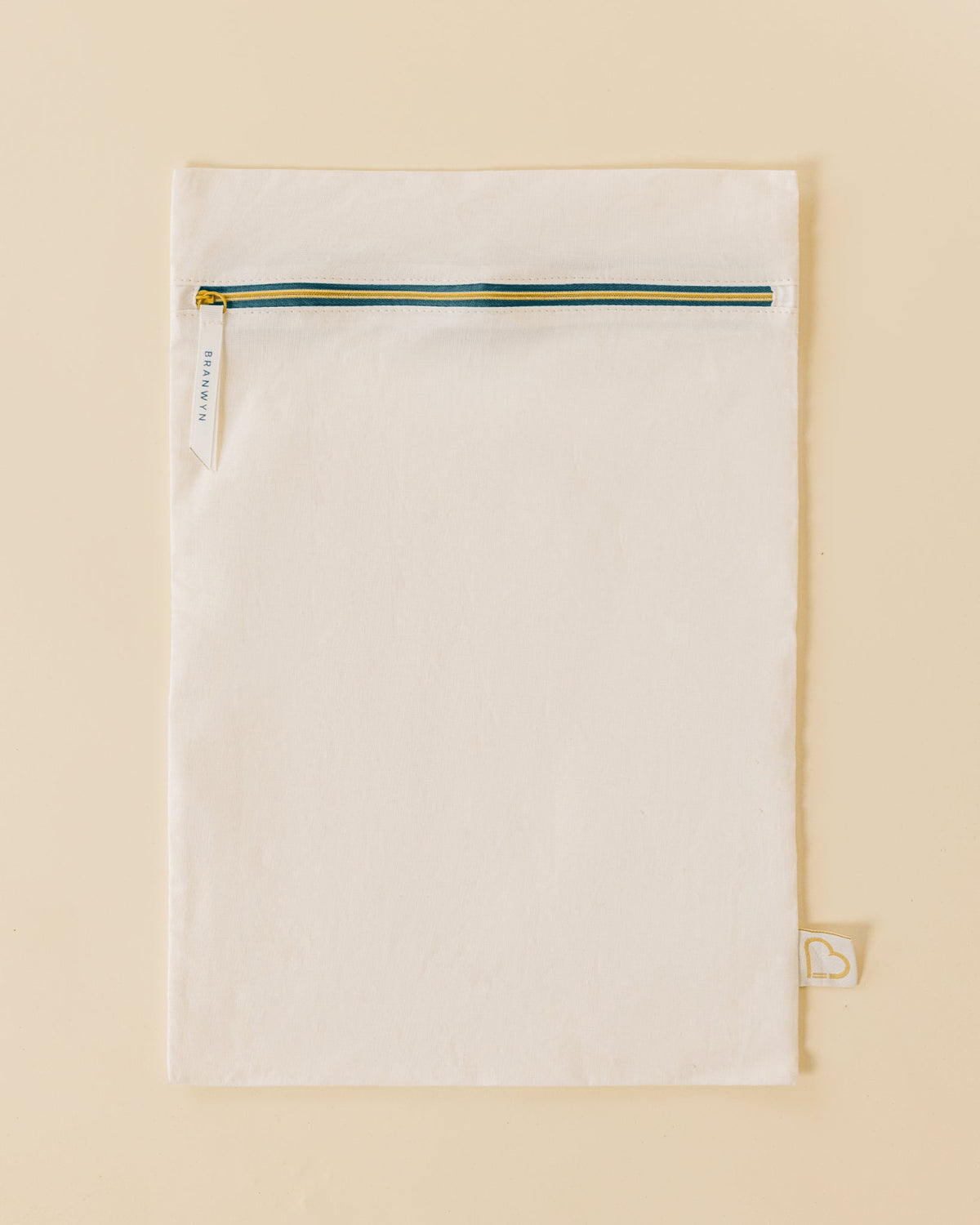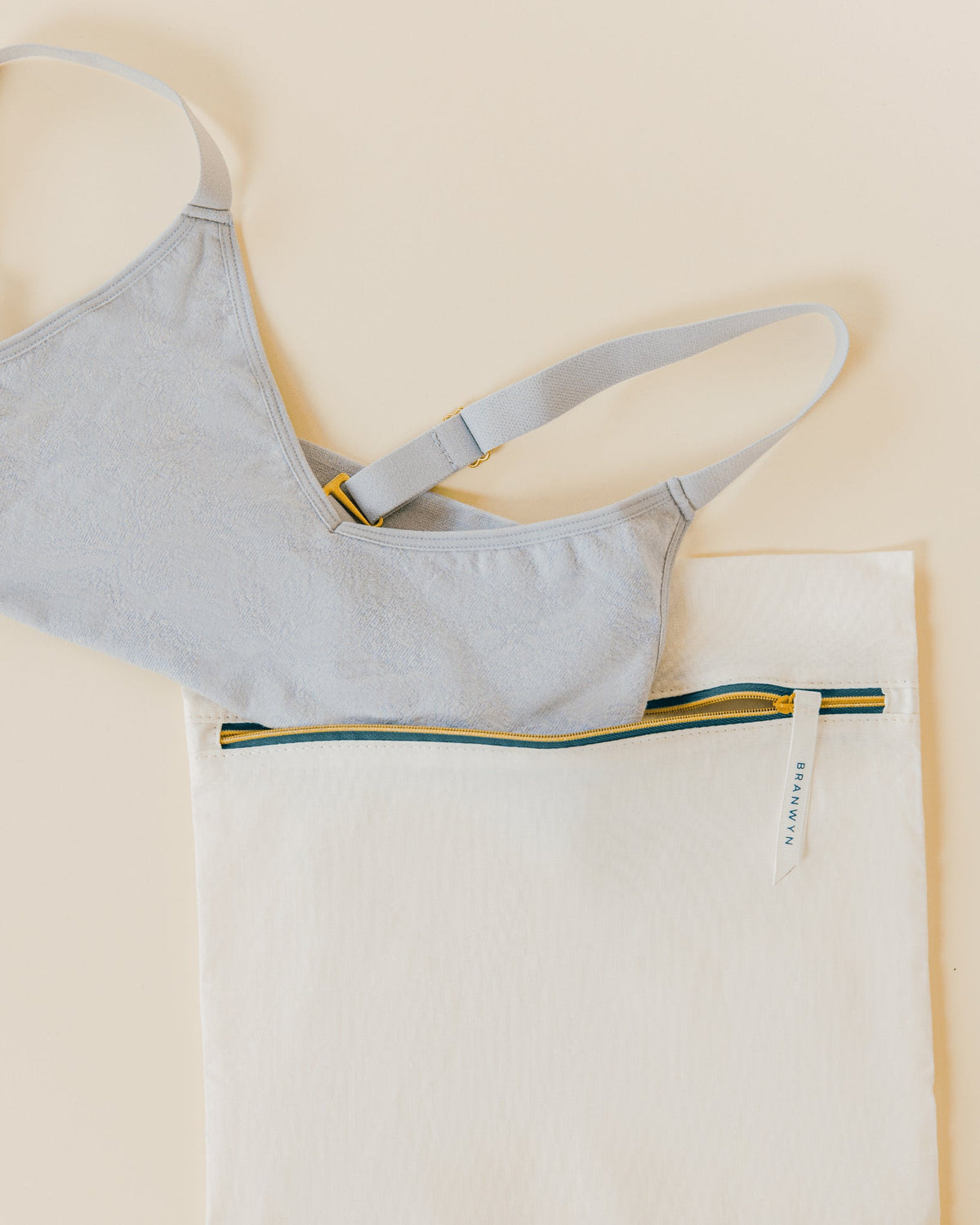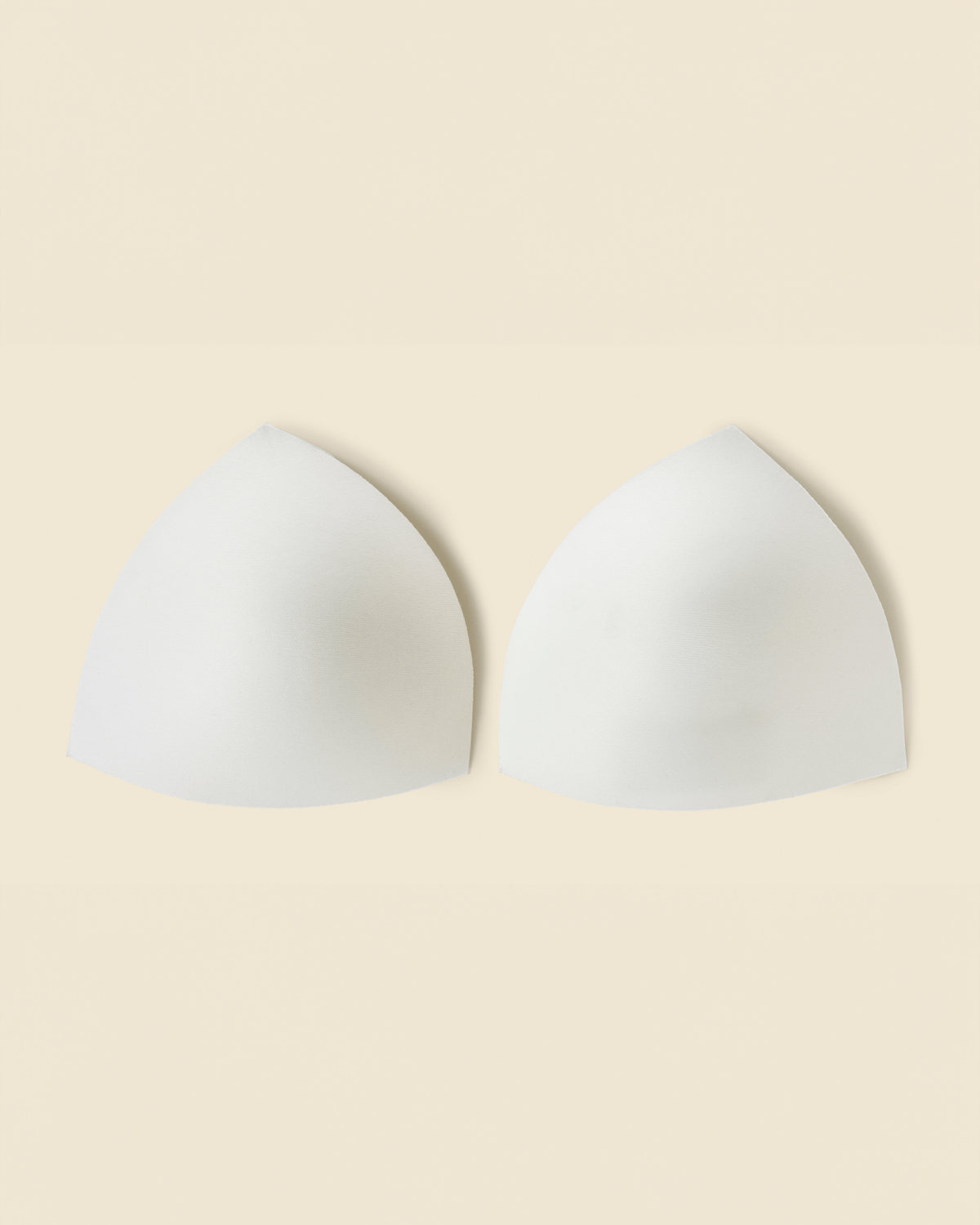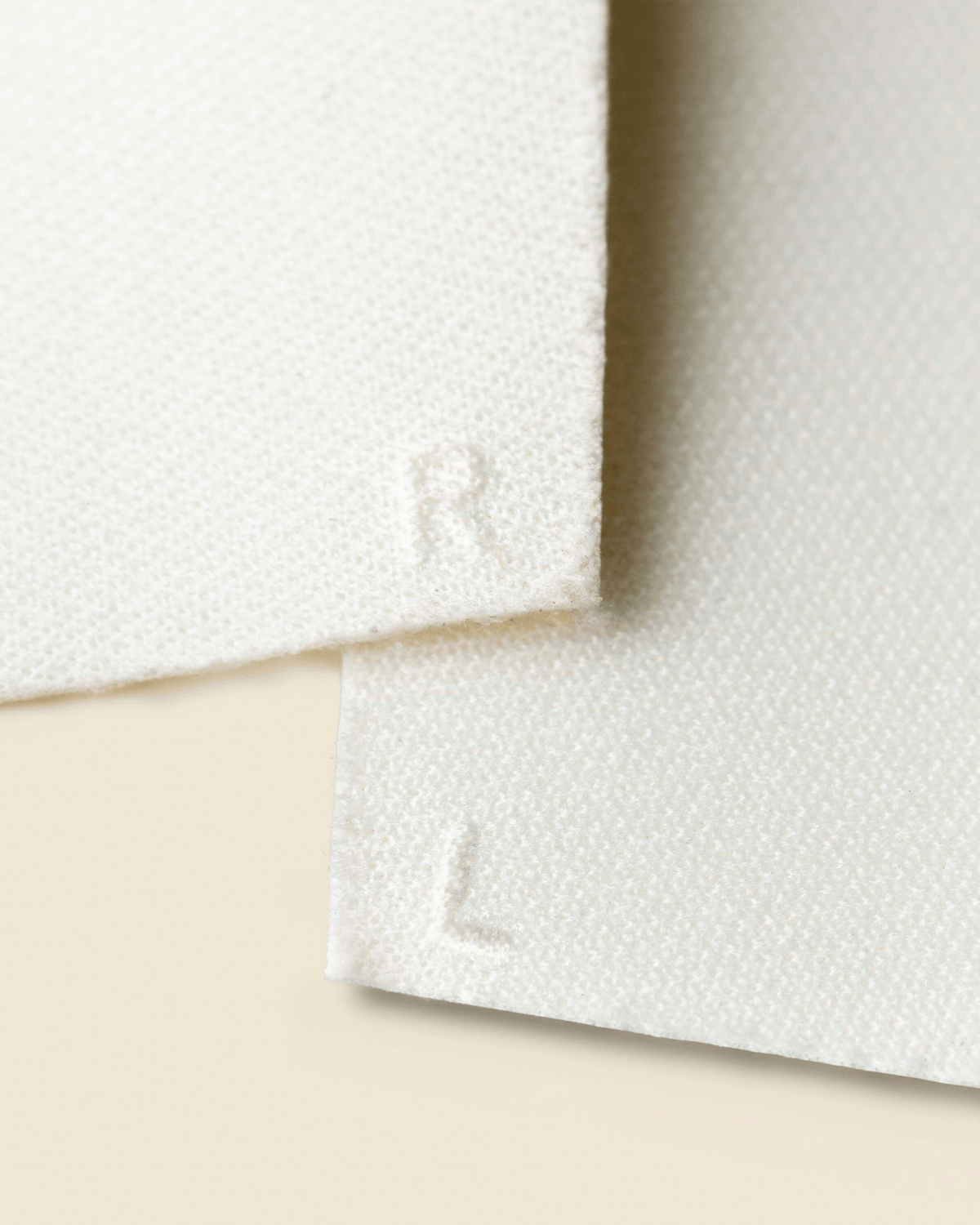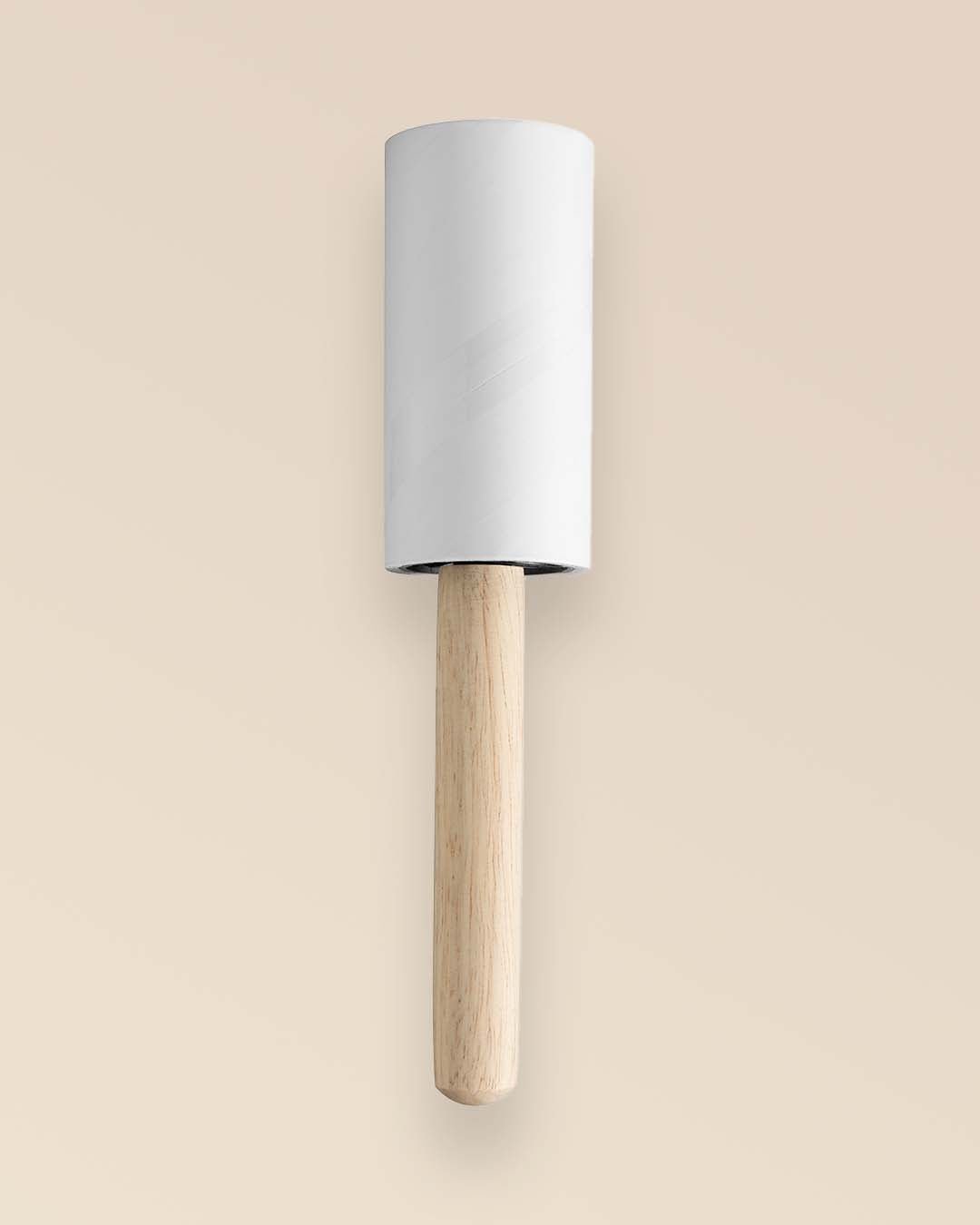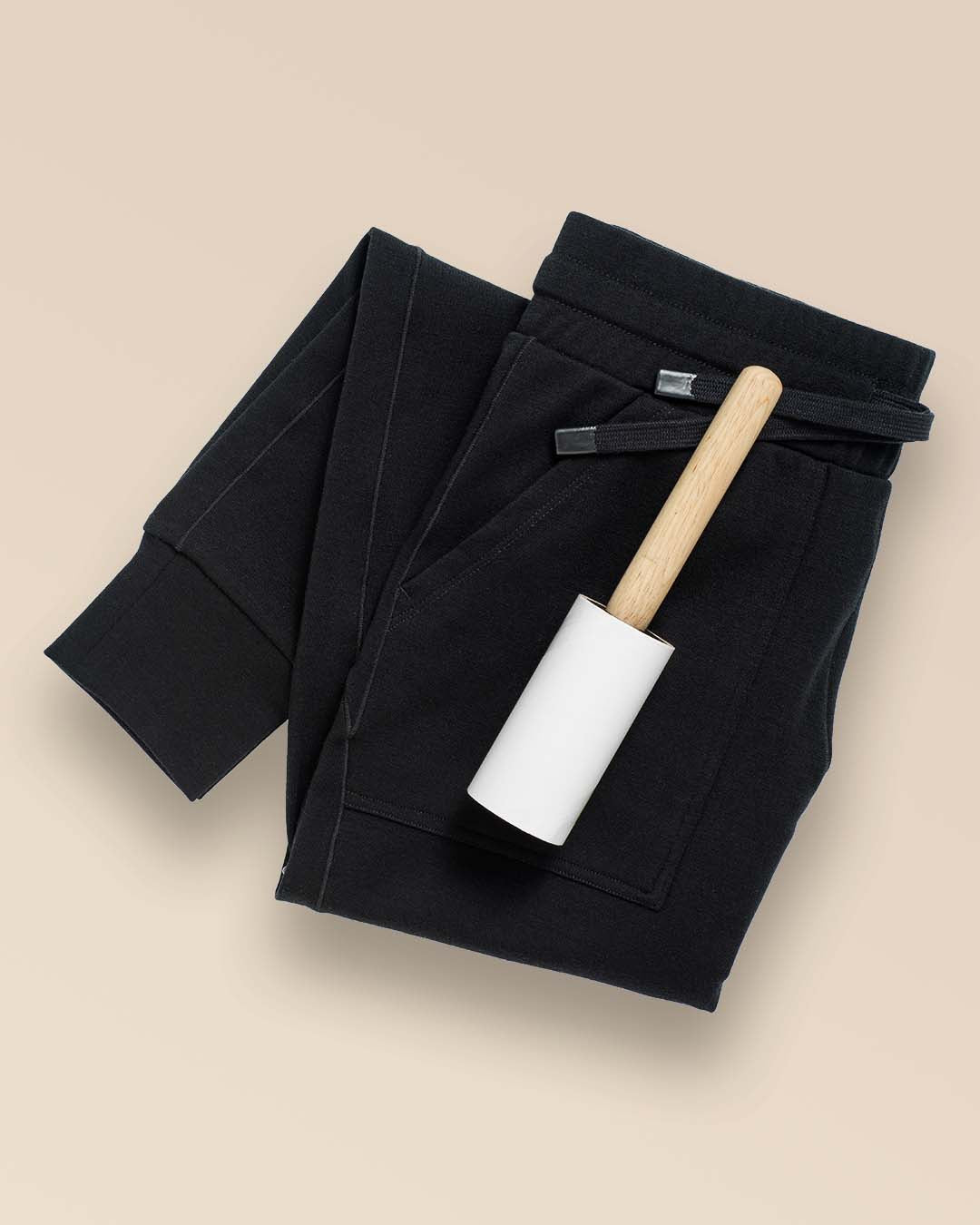Breastfeeding your baby can be a beautiful experience—but it can also be physically challenging, emotionally demanding, and a huge time suck (time suckle?). A comfortable nursing bra can help make your breastfeeding journey a little bit easier.
Not sure if you need one, or where to start while shopping? We’ve asked professional lactation consultants to share their expertise and answer your most pressing questions on all things nursing bras. Read on to learn their answers—and why a Merino wool nursing bra might be a great choice for new moms.
What is a nursing bra exactly?
A nursing bra is typically designed for breastfeeding, but it can also be helpful months before your baby is due. Olivia Hinge, midwife and International Board Certified Lactation Consultant (IBCLC) based in London, explains, “A nursing bra is there to support your breasts during the time of rapid growth in pregnancy and during the time that you breastfeed or pump.”

Why buy a nursing bra?
A nursing bra serves two basic purposes:
- Provide support and comfort as your breasts change and grow and allow. “The number one thing I would look for in a nursing bra is comfort. You want to be sure that the bra offers the support you are looking for while also being comfortable,” says Jessica McKee, RN, IBCLC. Many women find that their breasts start growing very early in pregnancy (first trimester). Even though the cup size often levels out around 20 weeks, the band size may get bigger as your rib cage area continues to expand. Your breasts will likely go up again when your milk comes in—and during nursing they will expand and contract based on milk flow. Long story short: Your bra needs to grow and shrink with you this entire time! That’s why it’s a good idea to look for a style that’s stretchy and/or highly adjustable.
- Allow easy access to the breast while nursing. The last thing you want to do is struggle with a finicky bra with a baby in hand. A nursing bra allows you to breastfeed without taking the bra off entirely. Ideally, you should be able to slip one side off with one hand to allow the baby to feed.
You can find specially designed nursing bras that unhook in the front—or stretchy bras like the Essential Bralette and the Busty Bra (for C+ cup sizes) work too. Made with naturally sustainable Merino wool, these bras provide the perfect mix of stretch and structure to hold your fluctuating breasts in place while expanding with them, too. Plus, they’re easy to slide on and off.

Does a nursing bra have any advantages over just going braless?
It might seem easy to just forgo the bra while breastfeeding, but this isn’t an ideal solution for all women. “A well-supporting bra can help reduce swelling that can coincide with engorgement as your milk comes in,” says Hinge. “They can also hold breast pads in place [aka absorbent pads to help handle leakage].”
“Of course, you can always go braless if you want! You don't HAVE to wear a nursing bra (or any bra) if you don't want to,” adds McKee.
Why might Merino wool be preferable for a nursing bra?
Merino wool is a sustainable fiber that’s good for the planet and has advantages for nursing moms, too. Made from the wool of Merino sheep, Merino wool naturally wicks sweat away from the body to keep you dry; helps to regulate your temperature to help you cool when you’re hot and warm when you’re cool; and it banishes stink to help you stay smelling fresh. (Read: What Is Merino Wool, Exactly?)
The properties of a Merino wool nursing bra can be especially helpful postpartum. Hinge says, “Feeling sweaty in the early weeks can be really common.” As your hormones regulate, many new moms experience night sweats and hot flashes. Moisture wicking can come in handy for milk stains, too. “Merino wool is also breathable, which can be important for breast and nipple health,” Hinge adds. And any new mom knows why Merino wool’s antimicrobial properties might be appealing. “I think a lot of new moms end up wearing nursing bras for a couple of days in a row, or wearing them even if they have milk stains because you have better things to do than laundry (like snuggling your baby!),” says McKee.
How can I check if my bra is a good fit?
As your breasts change in shape and size, it can be tough to get the fit of a nursing bra right. “The bra should be supportive without being overly restrictive, as underwires or very tight bras can cause restriction on the milk ducts which can contribute to things like plugged ducts or mastitis,” says McKee. “The strap should go straight across the back without riding up.”
One good rule of thumb? Make sure you can fit a hand (snuggly) inside your bra. This will allow breasts a bit of room to grow and ensure that you can wear breast pads, nipple shields, etc., as you need.

How many nursing bras do you need?
If you find a nursing bra that works, it might be a good idea to invest in more than one. “While you certainly don’t need a huge selection, I think two or three is helpful,” says McKee. After all, nursing bras can be a 24/7 affair. Many people find it more comfortable to wear a bra to bed during the first couple of months. “Lactating breasts can be tender at times,” says McKee, adding that they can also help you keep nursing pads in place for leaks.
What are some common misconceptions about breastfeeding?
McKee says that one of the most common misconceptions is: “Breastfeeding is going to hurt and you’ll just have to deal with it. No!” If you are experiencing pain or discomfort, a lactation consultant can help. There’s no need to suffer through the process alone—or to have others make you feel that suffering is normal.
Hinge adds that she’d love to see our societies better accept newborn and new-mother behavior. That screaming baby? She’s probably just hungry, and doing exactly what babies are supposed to do. The nursing mom? She’s just doing what’s natural to get her baby fed.

